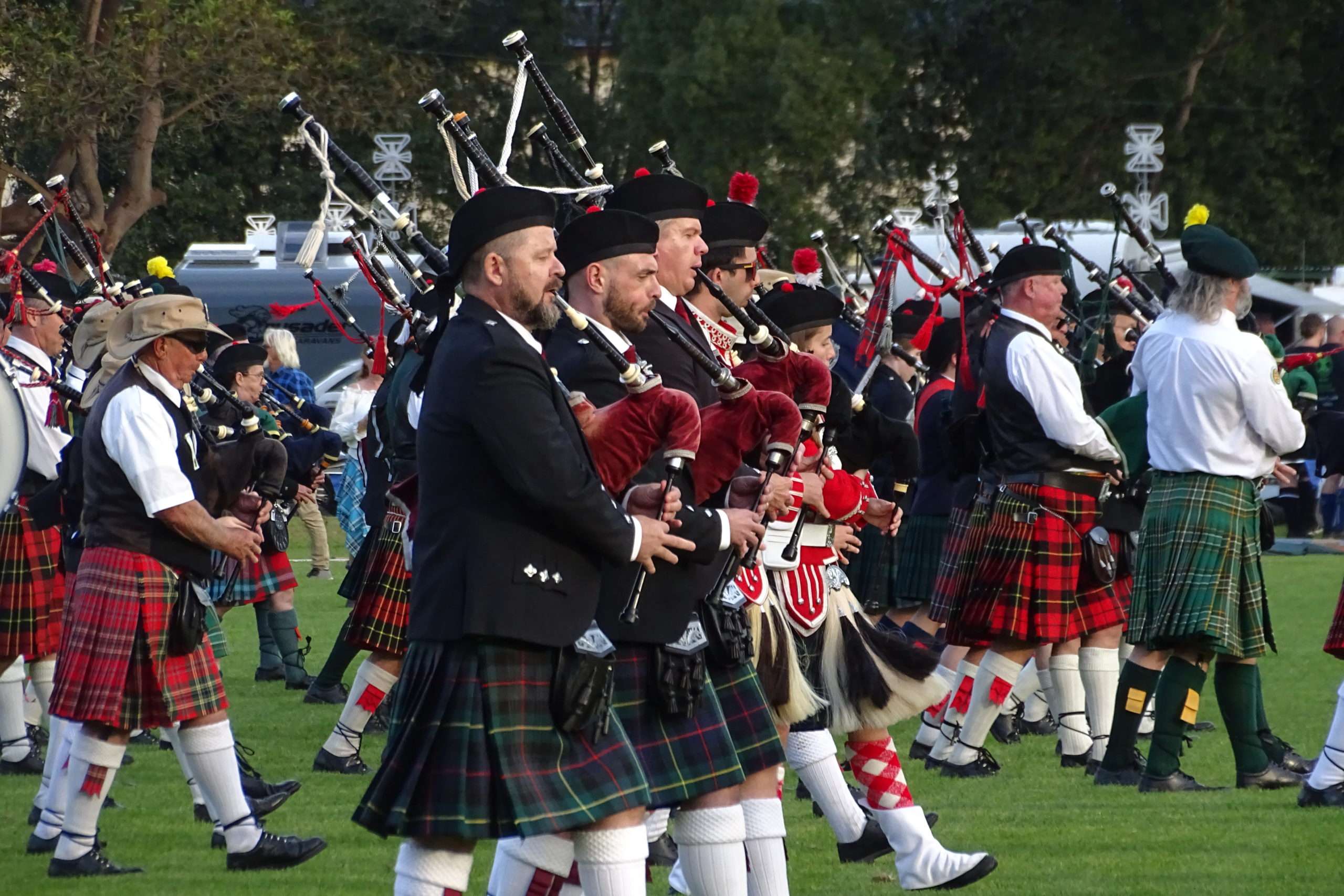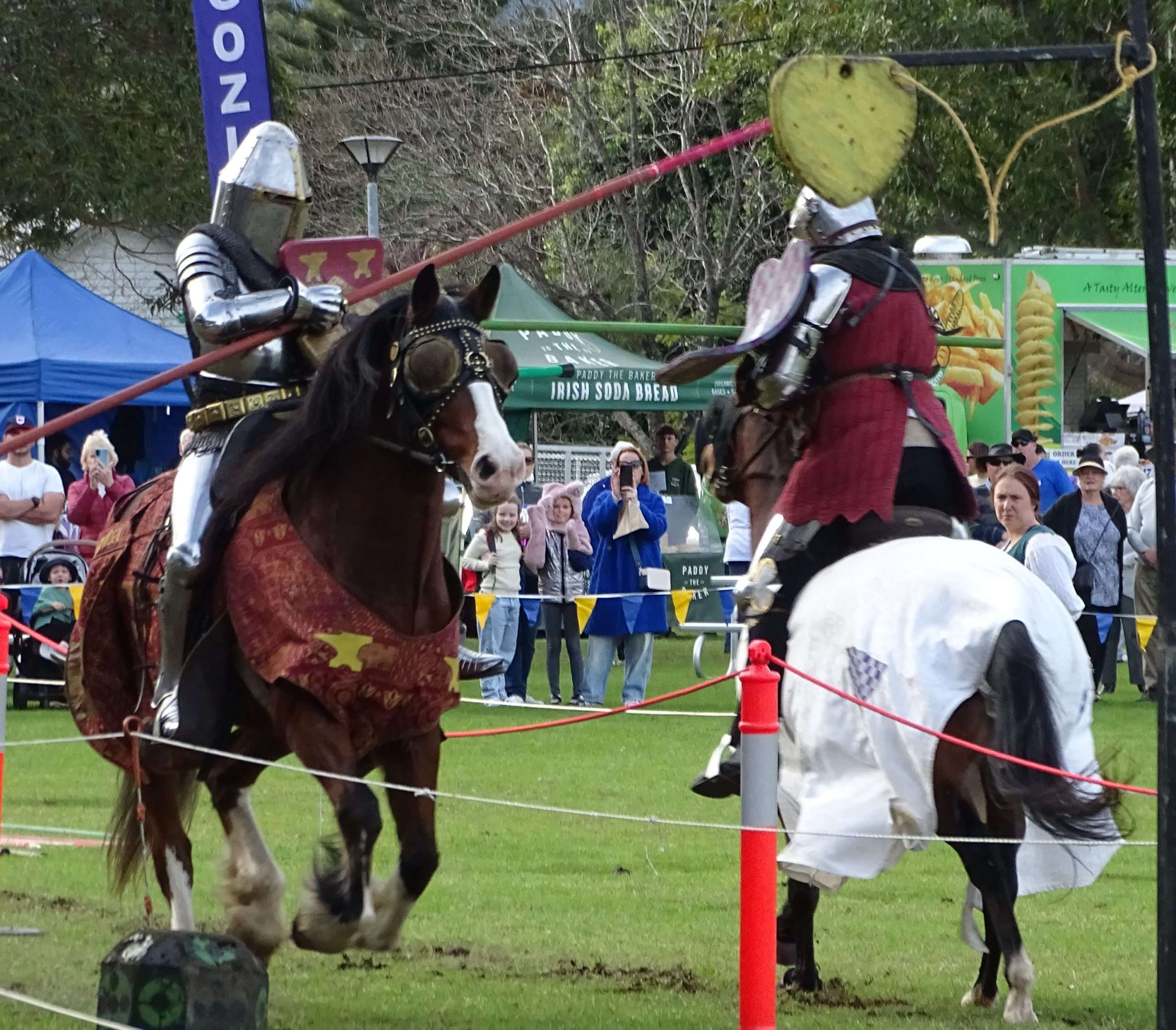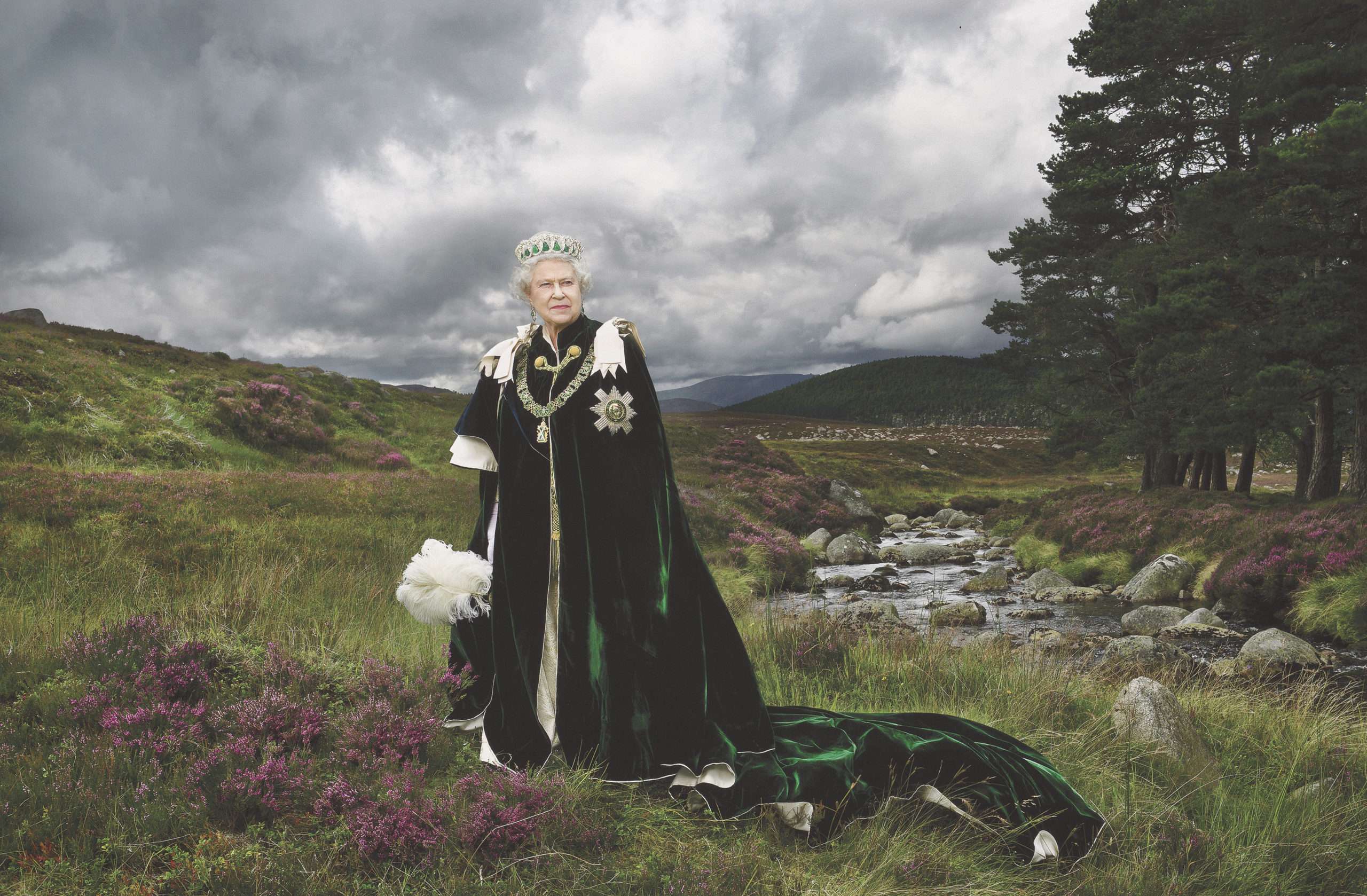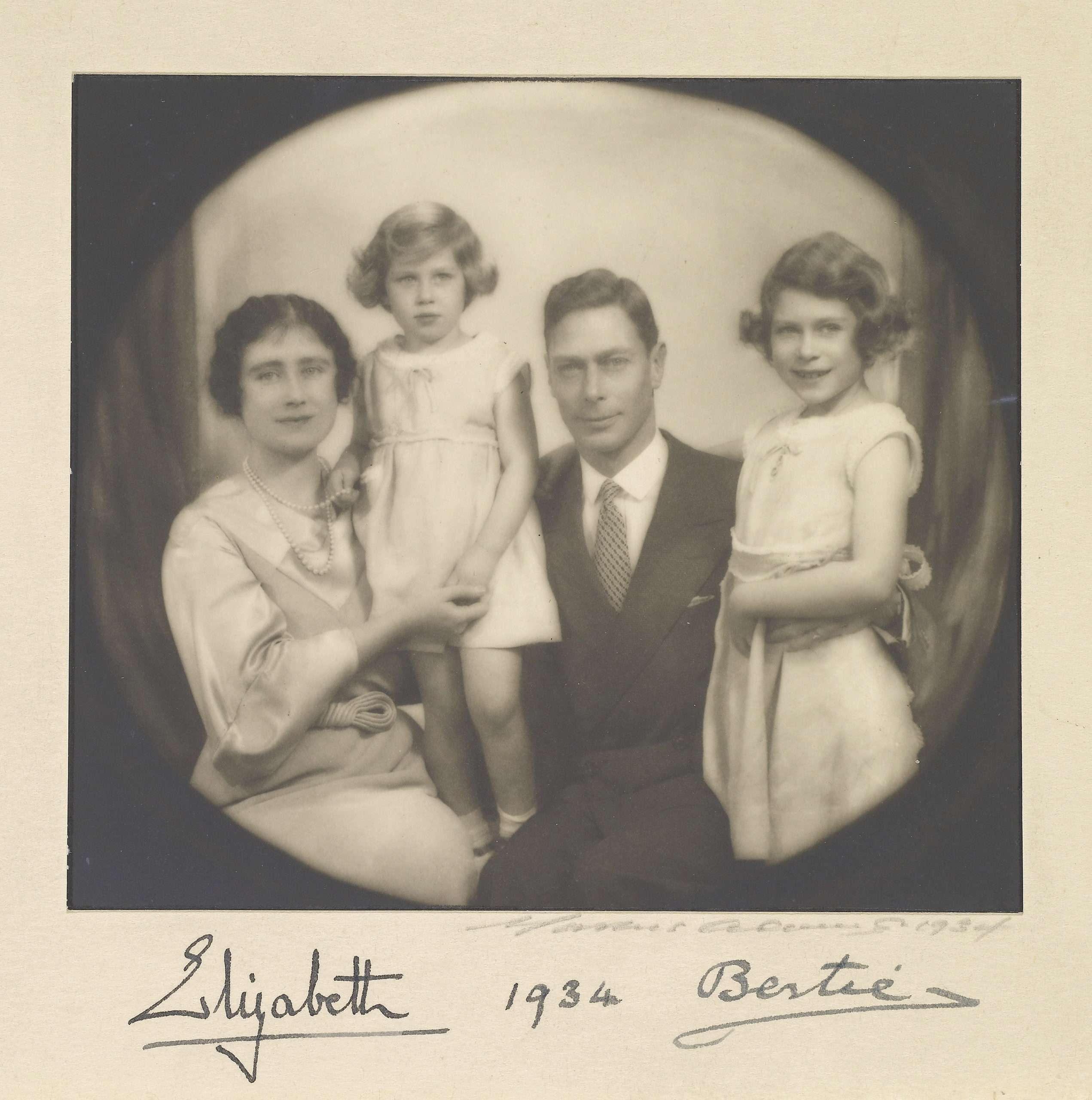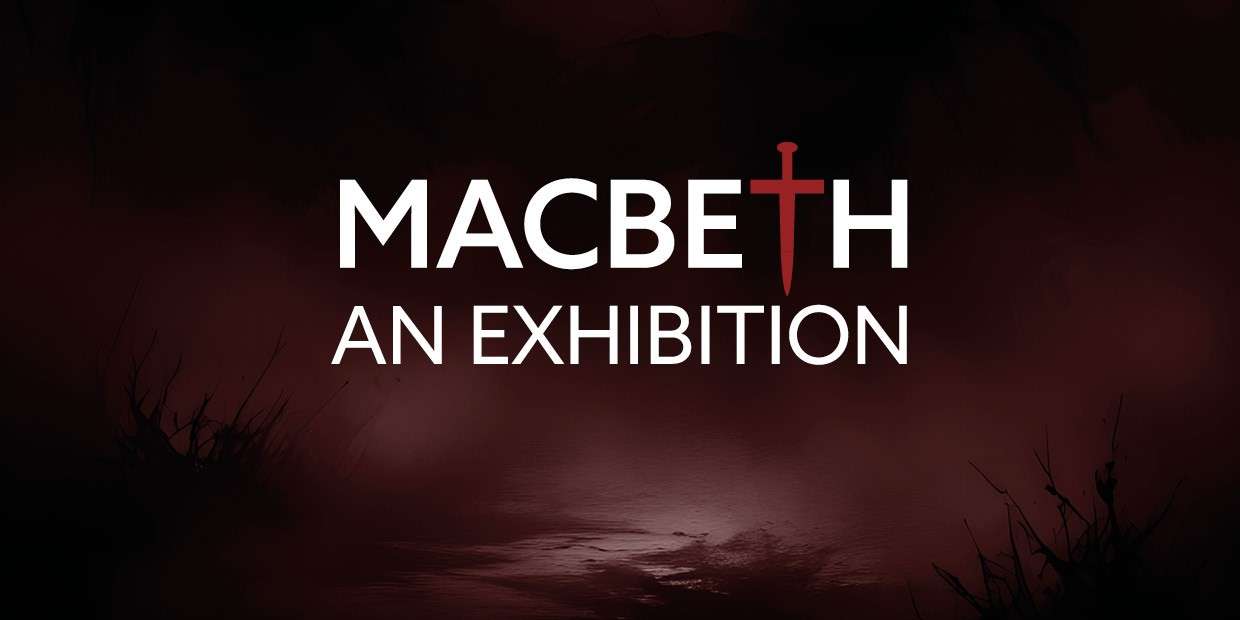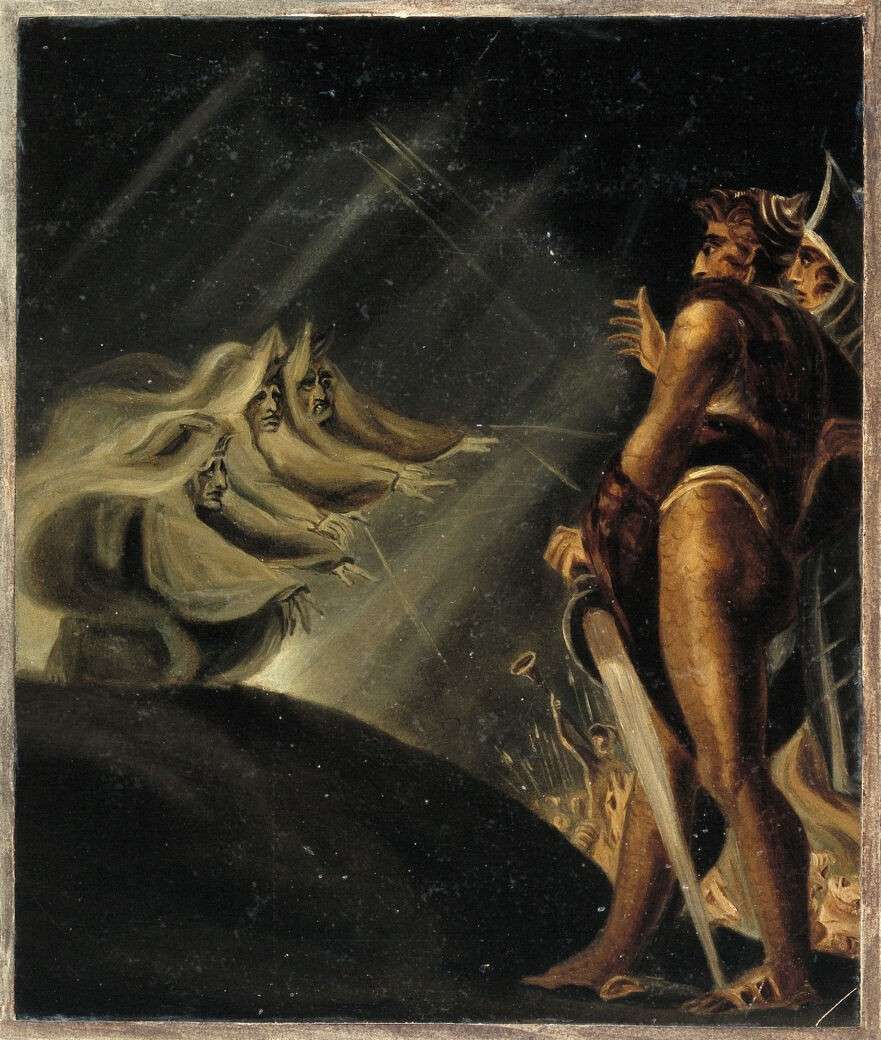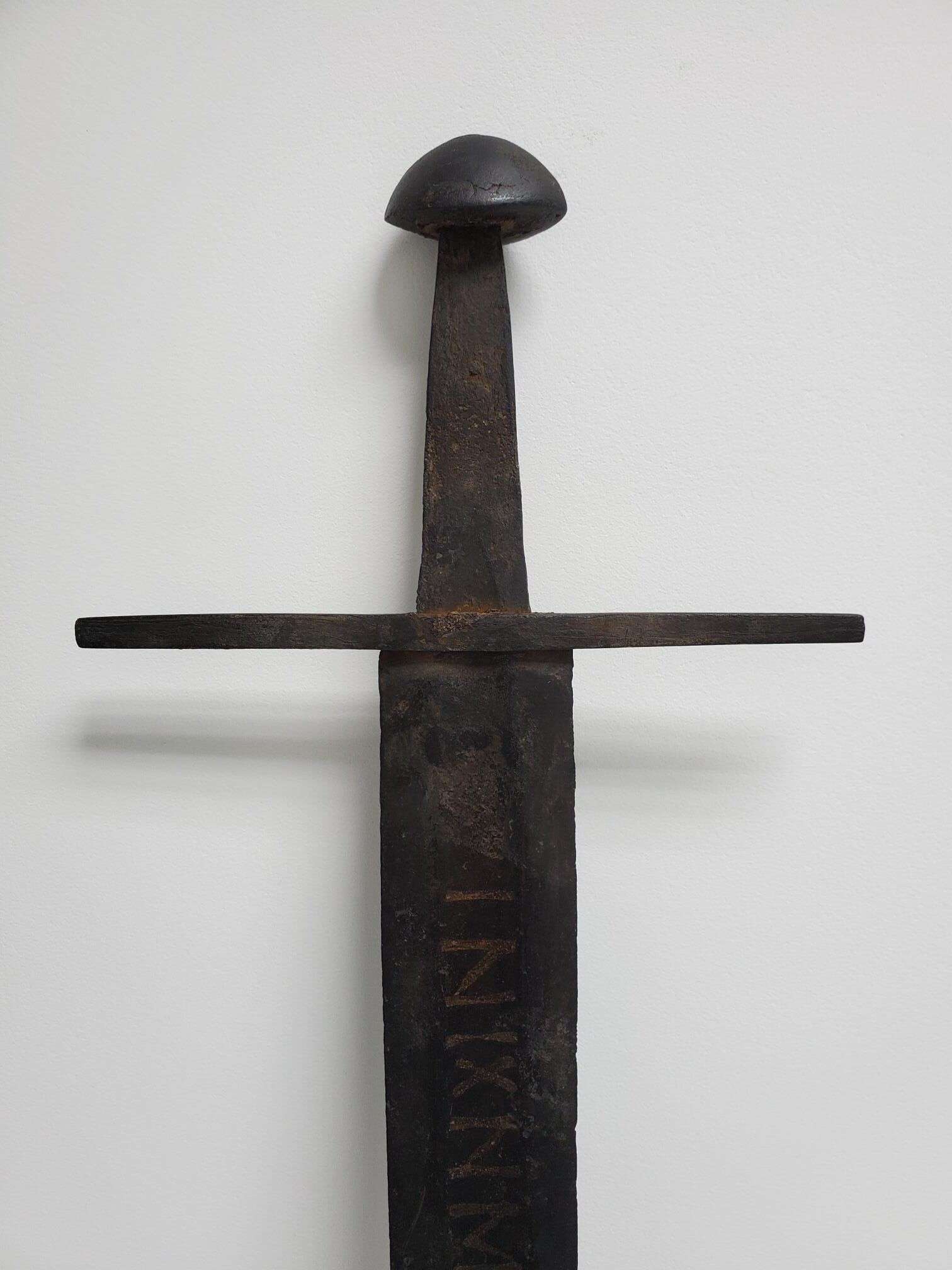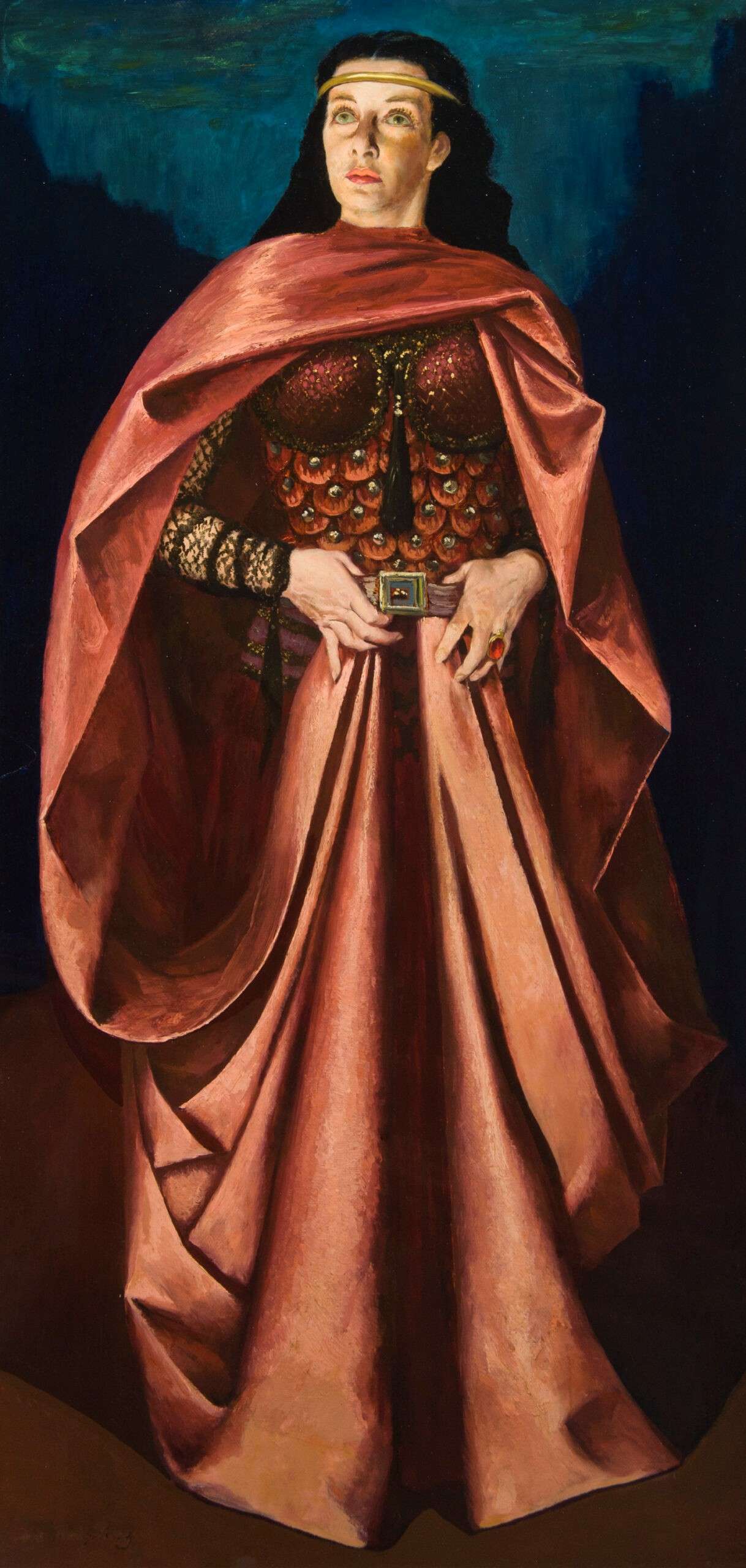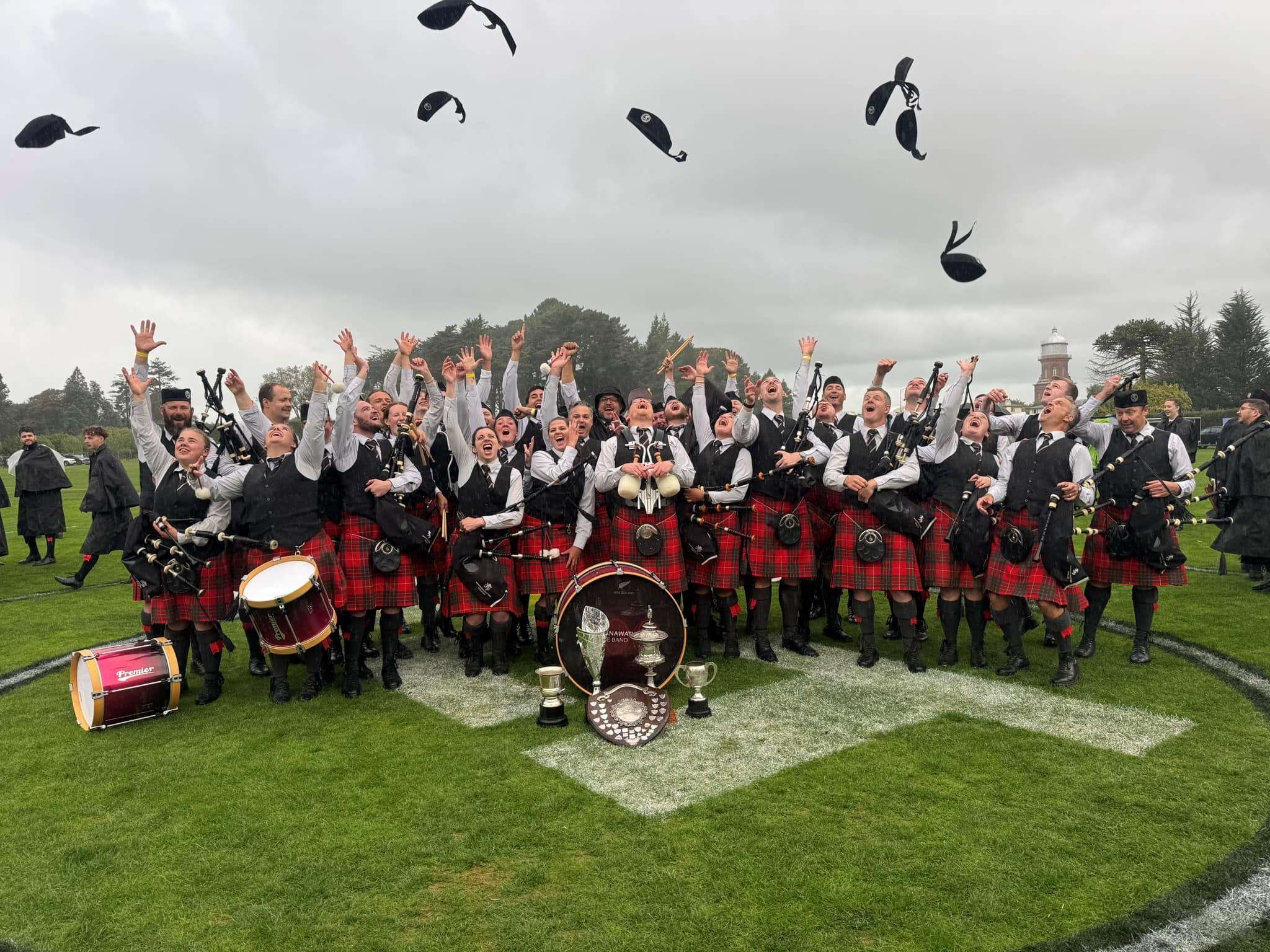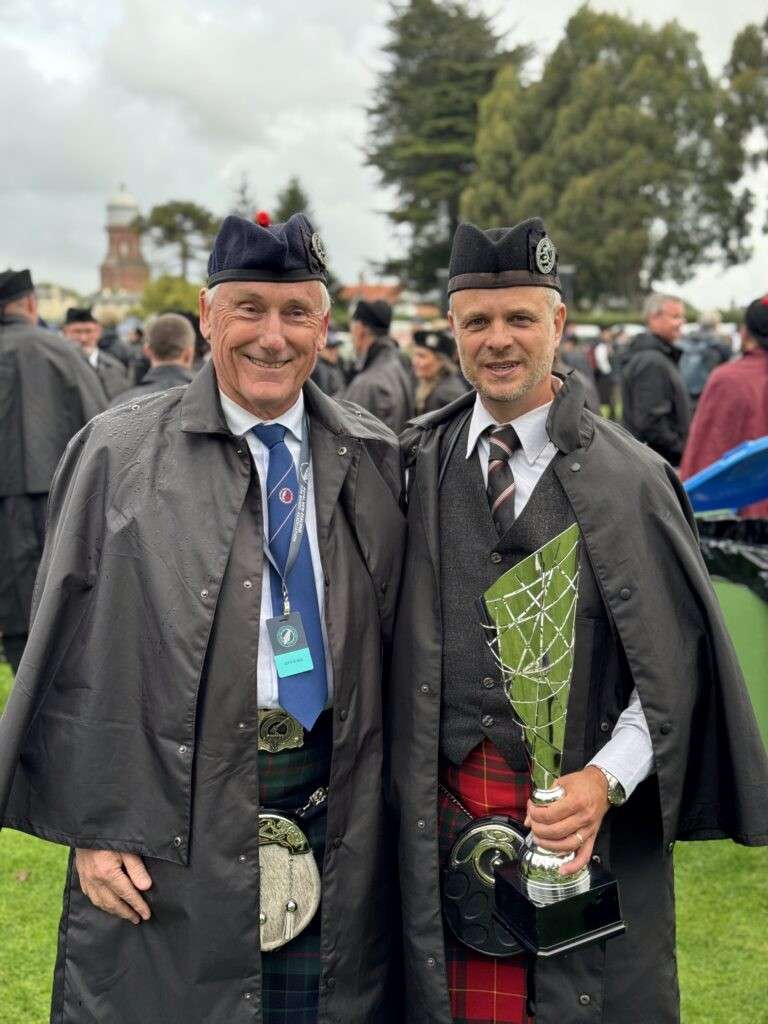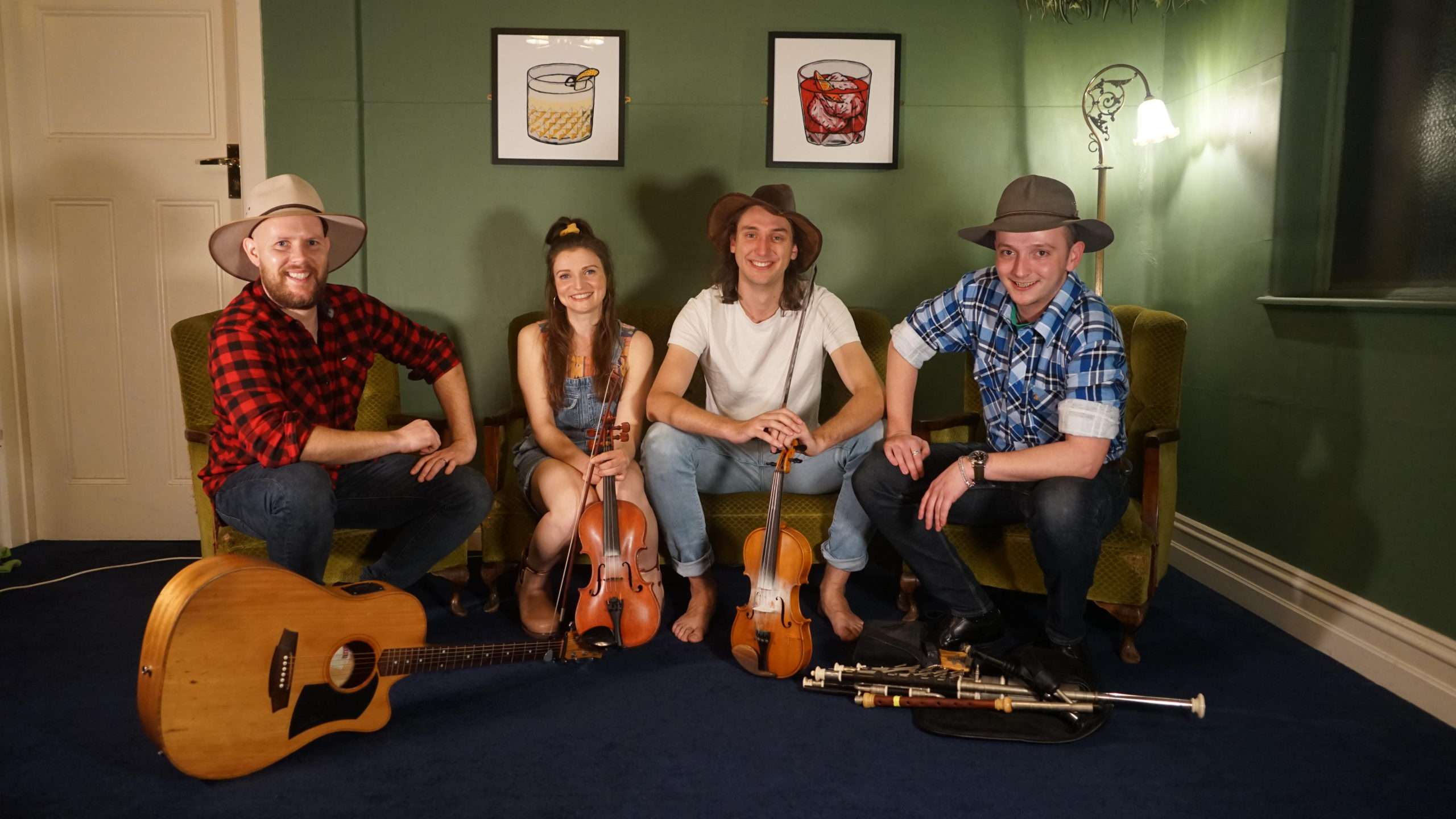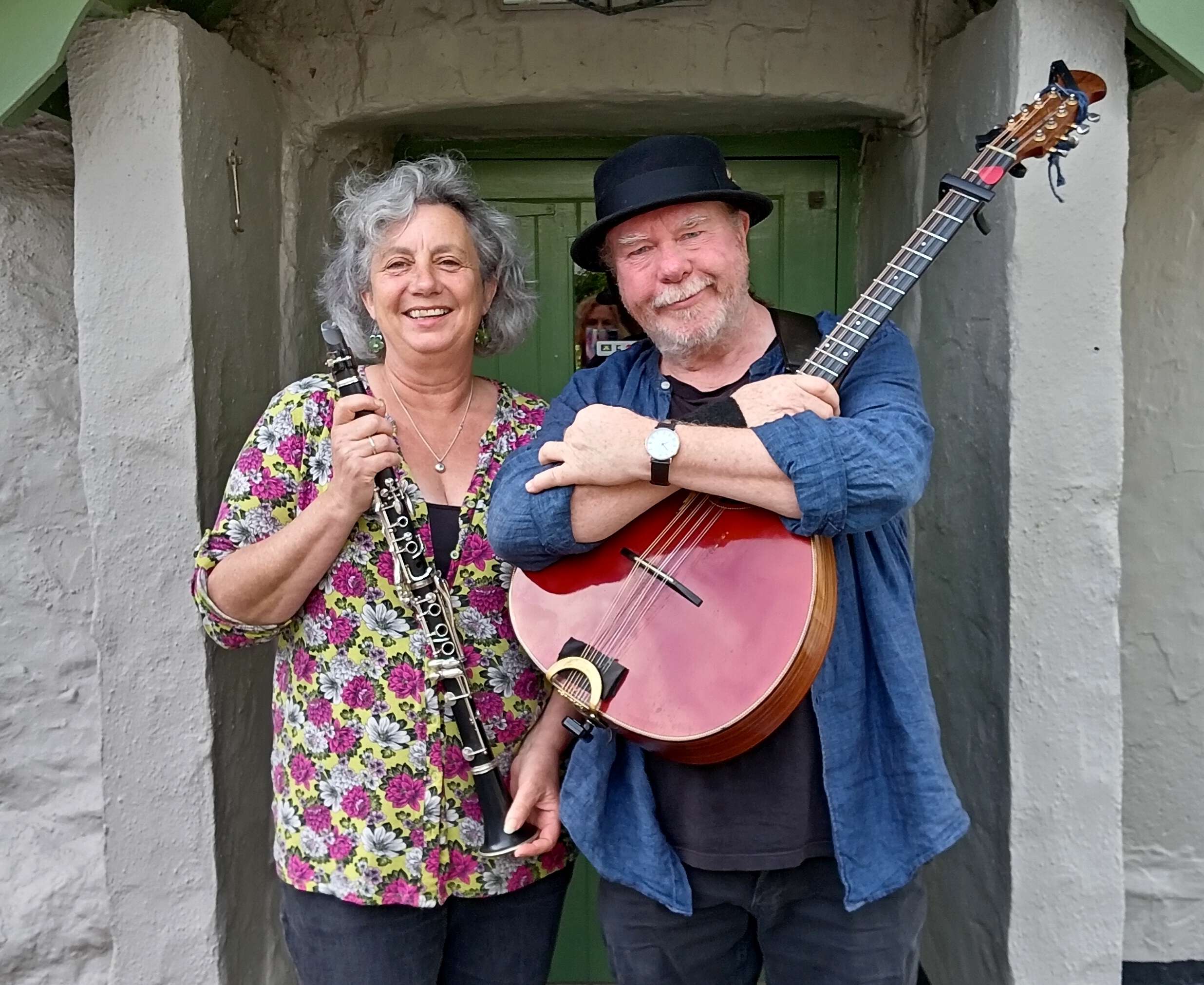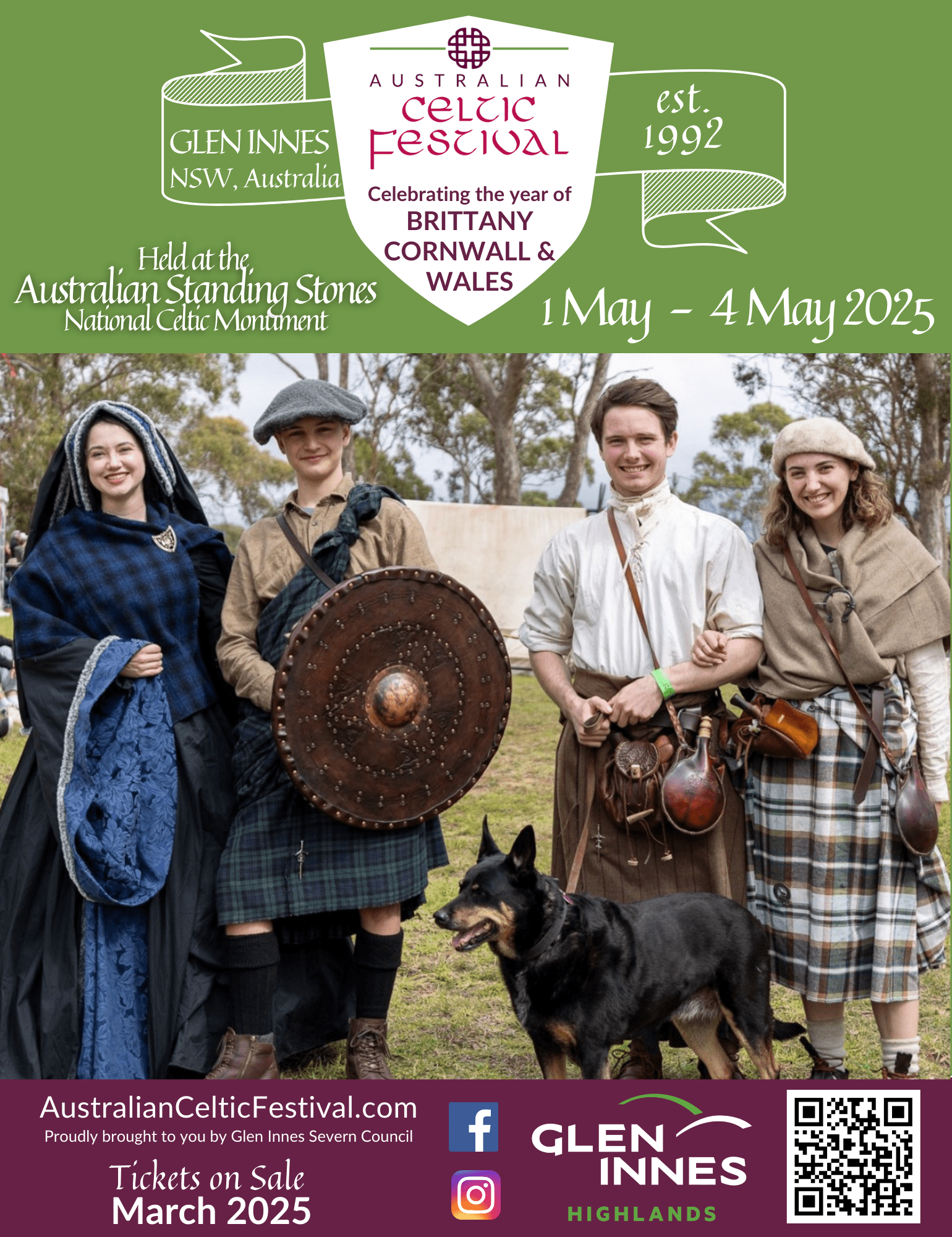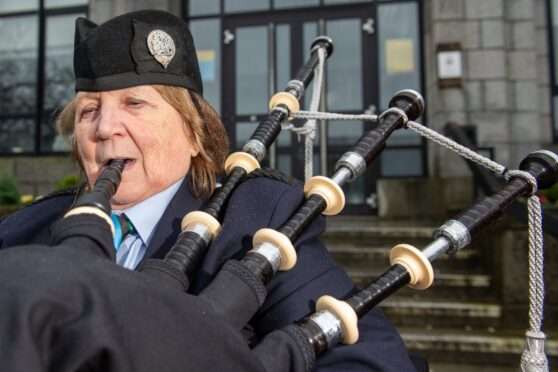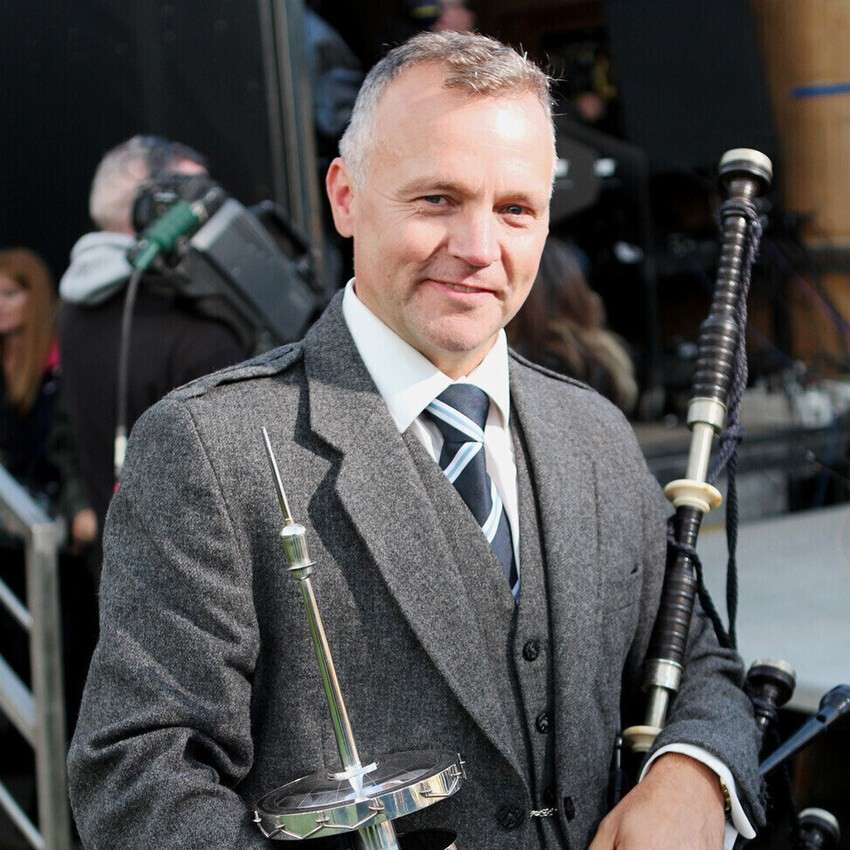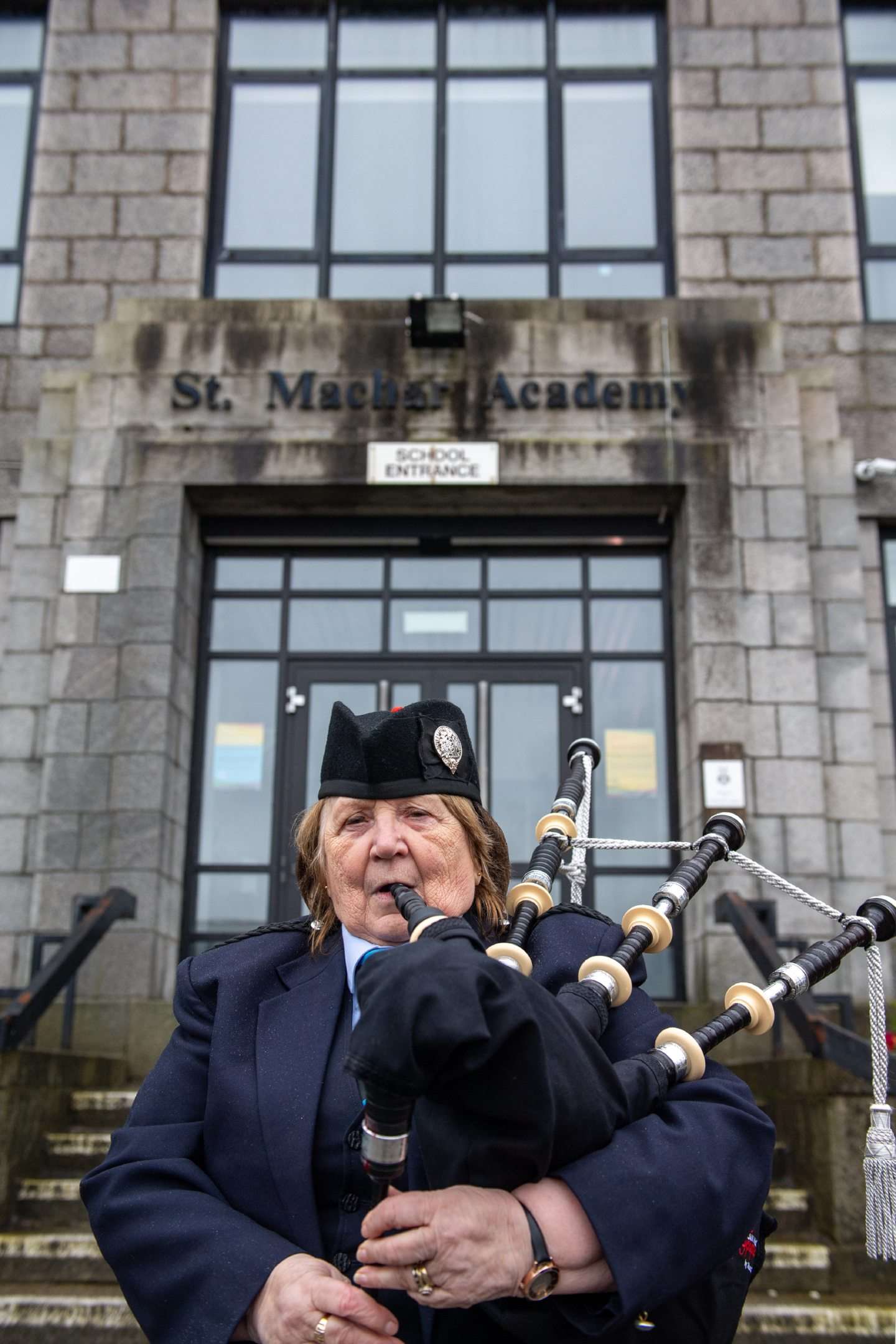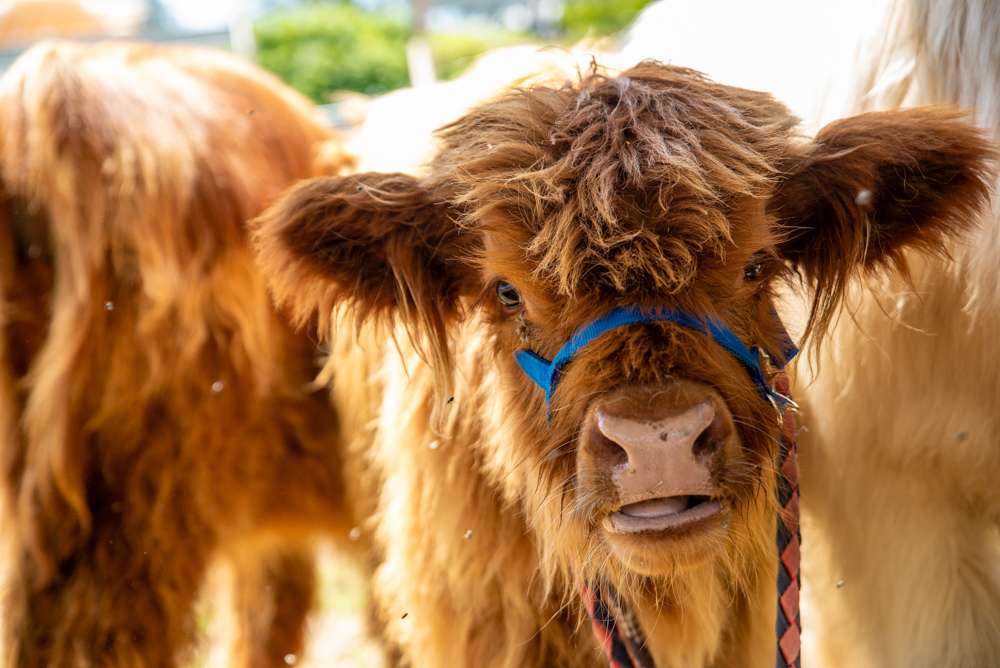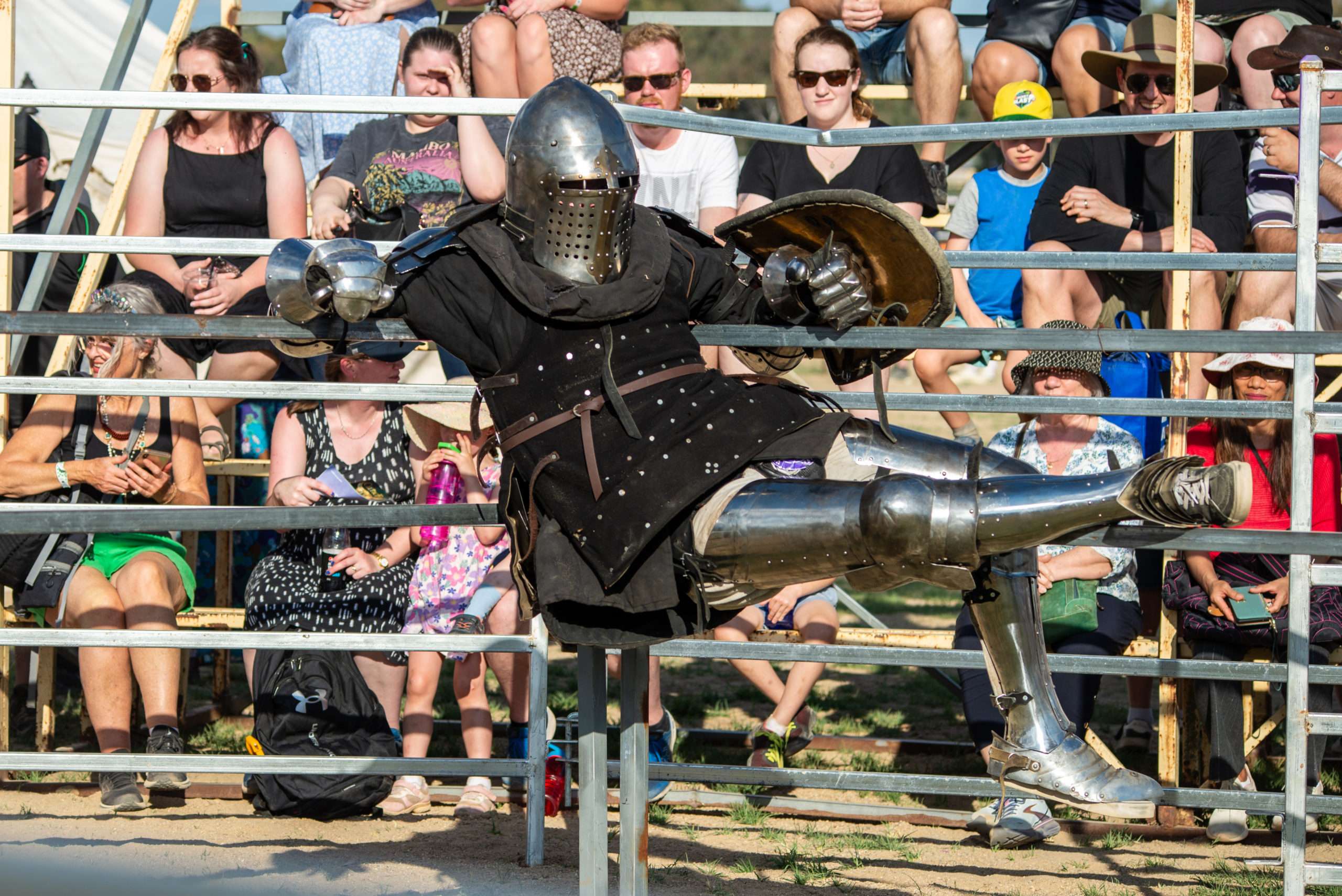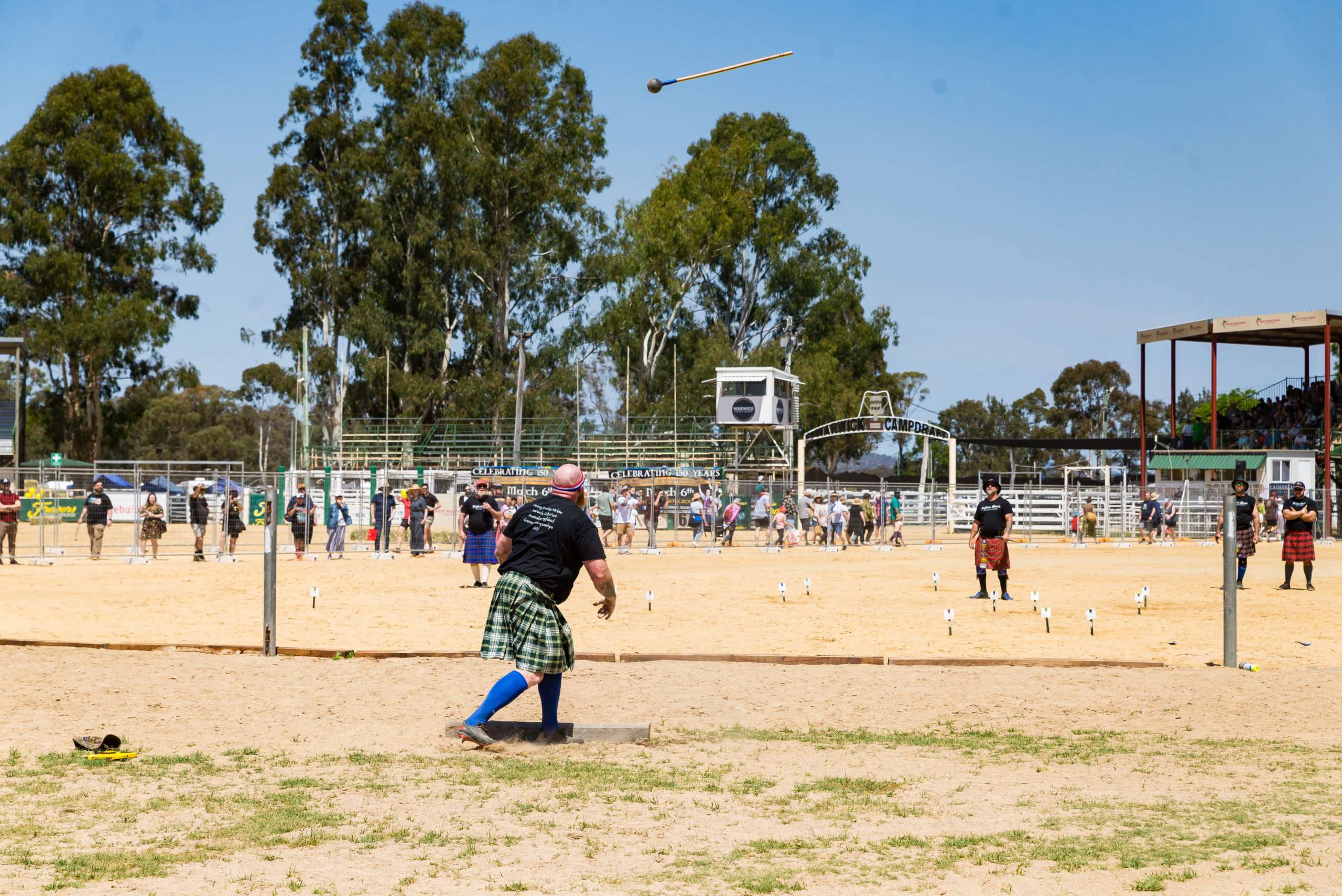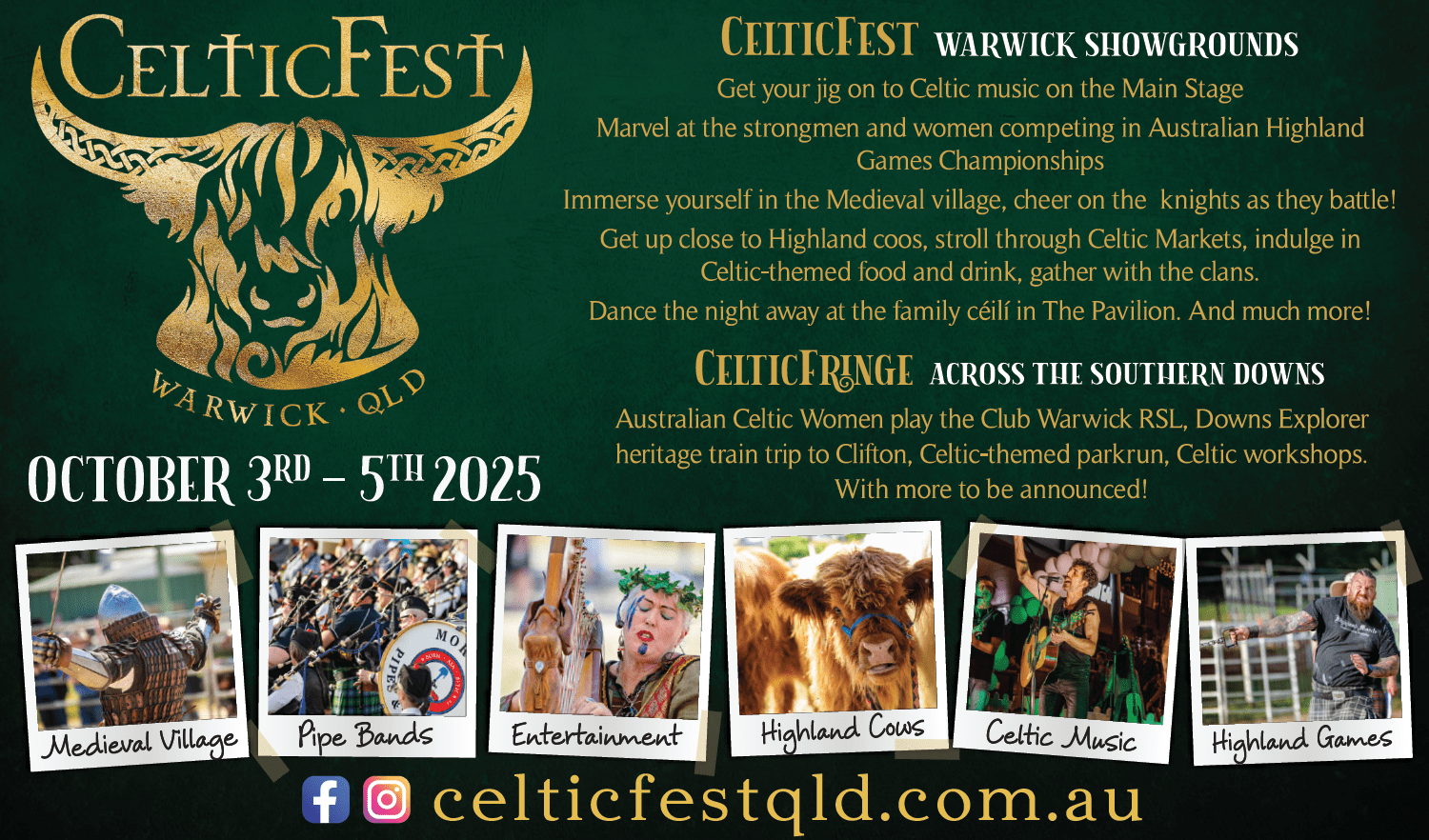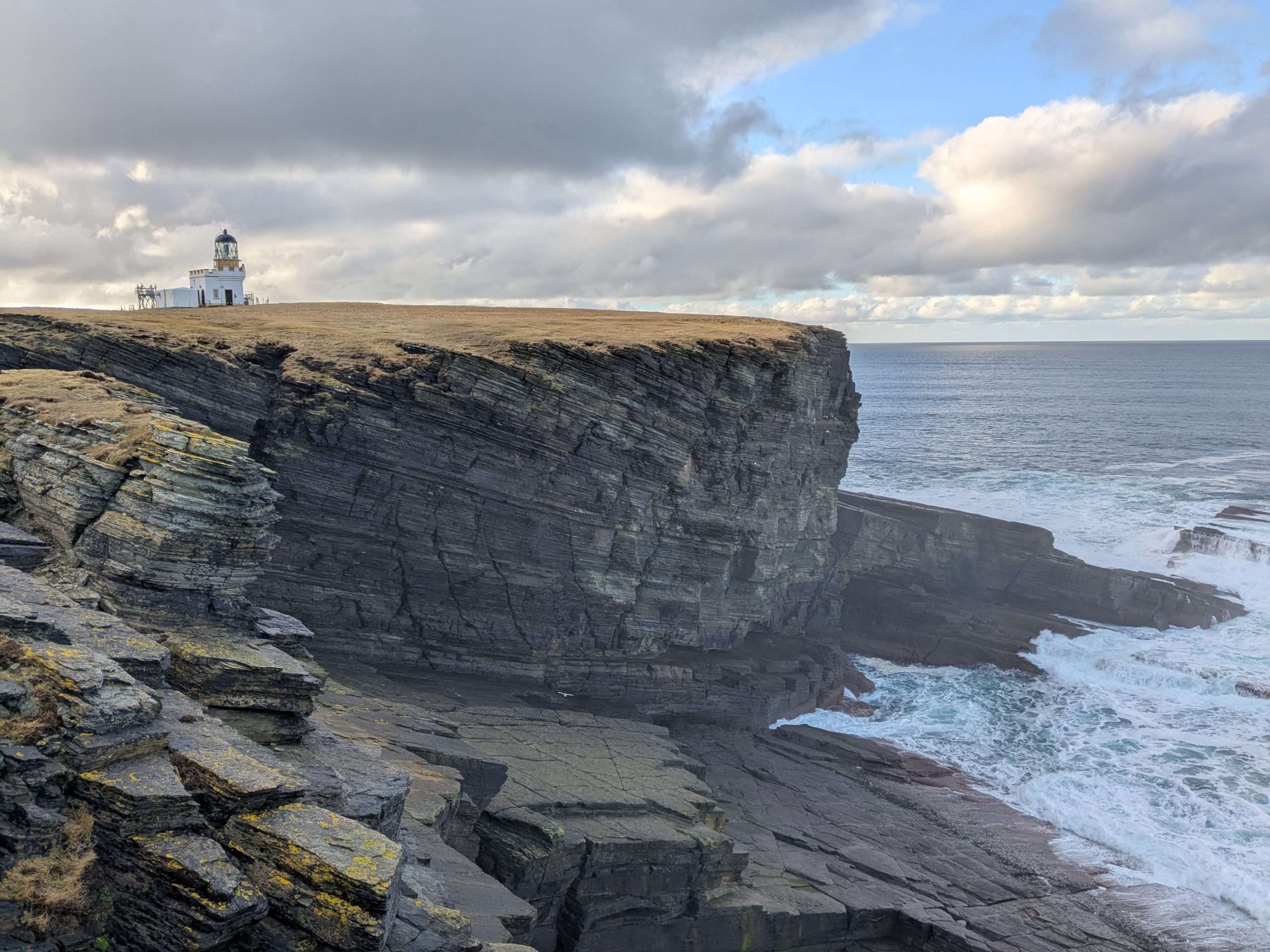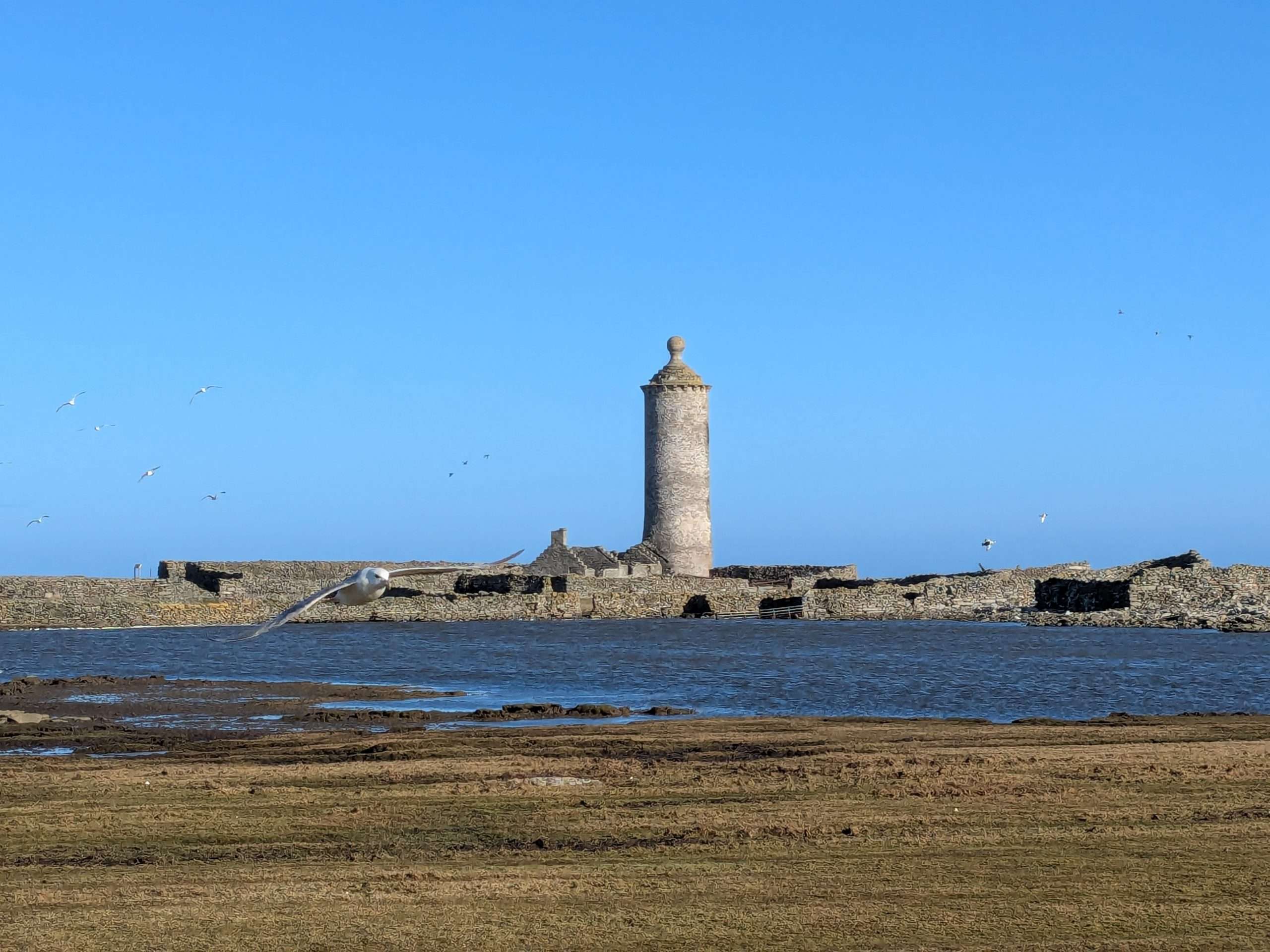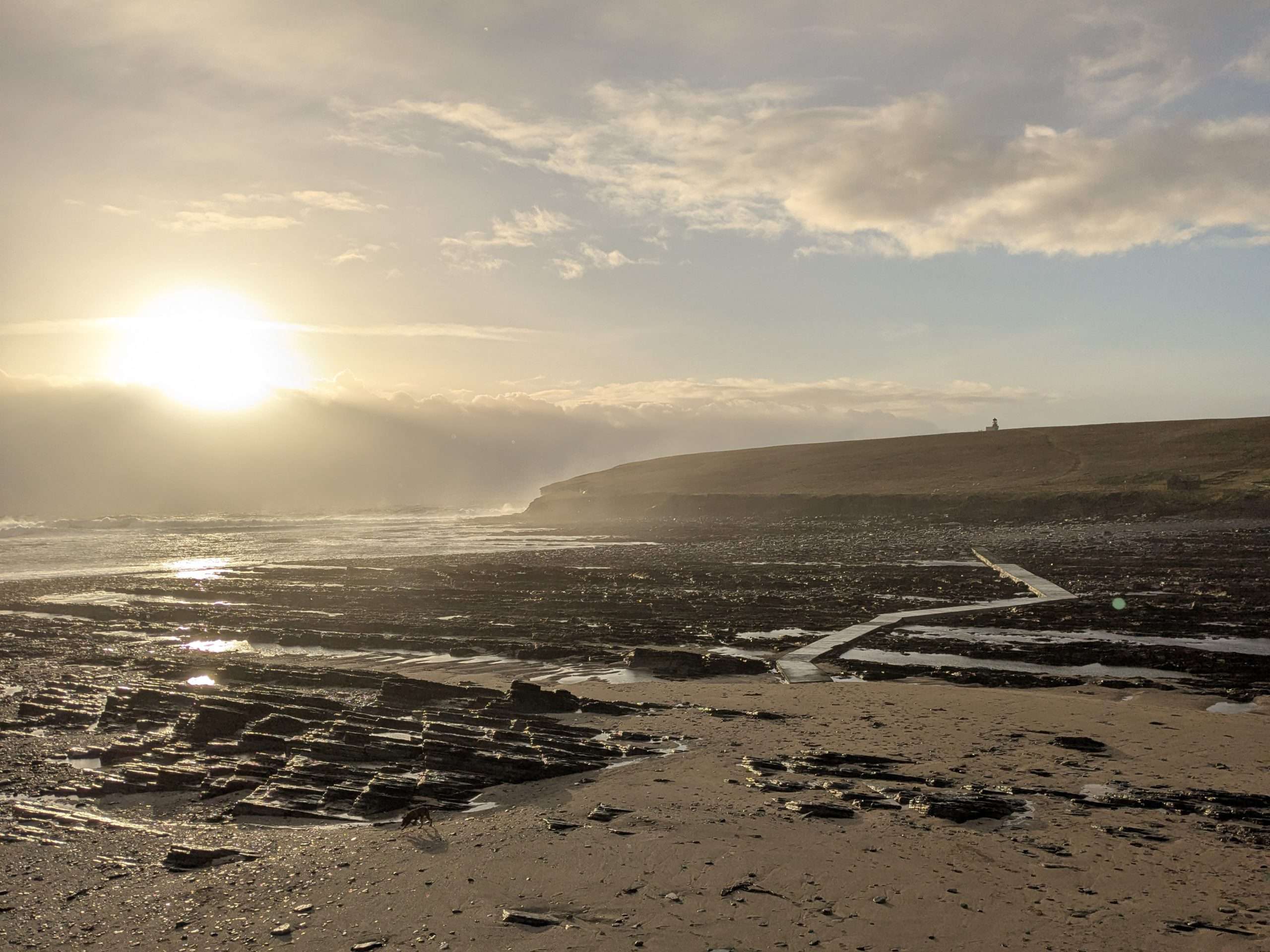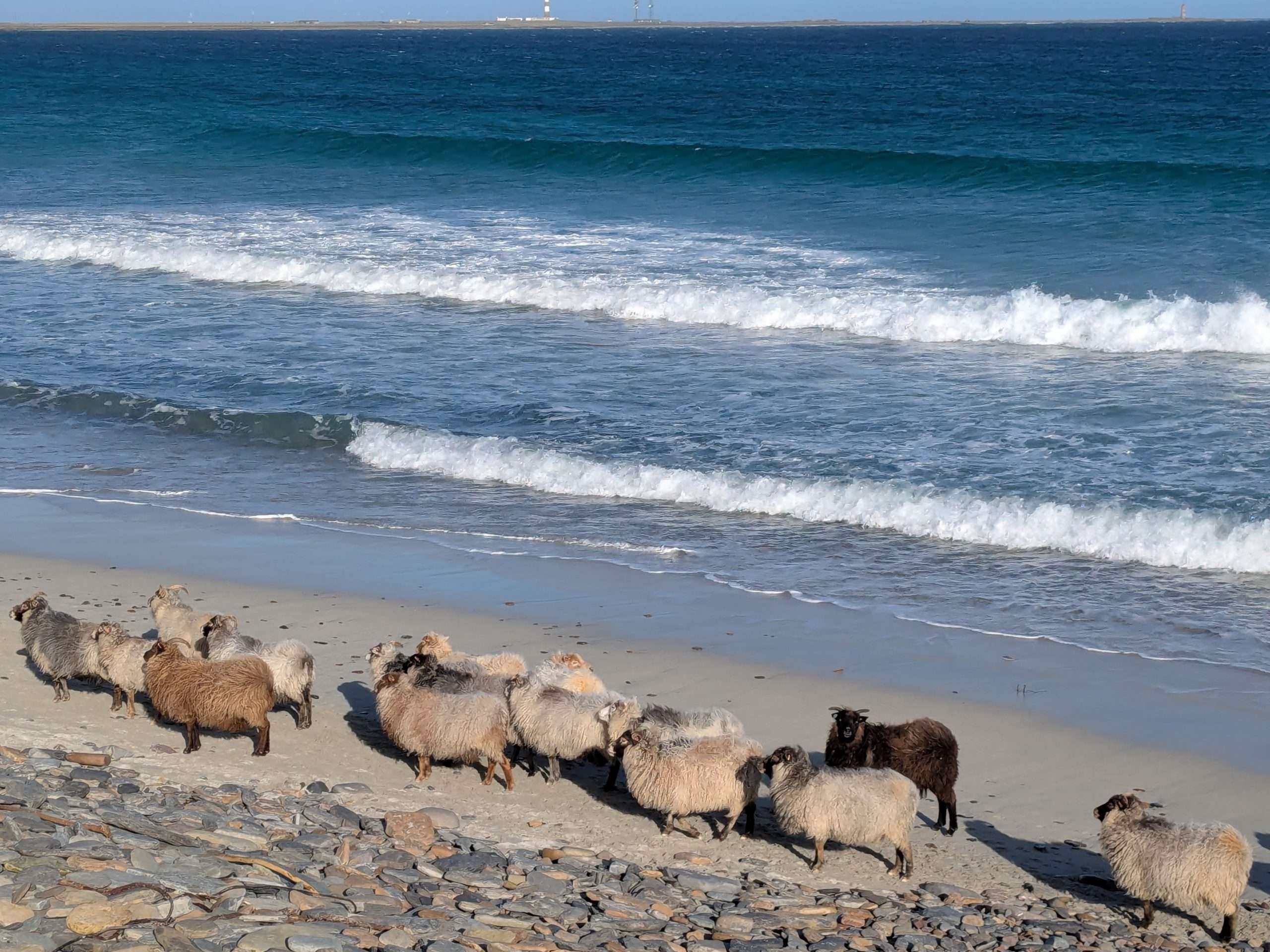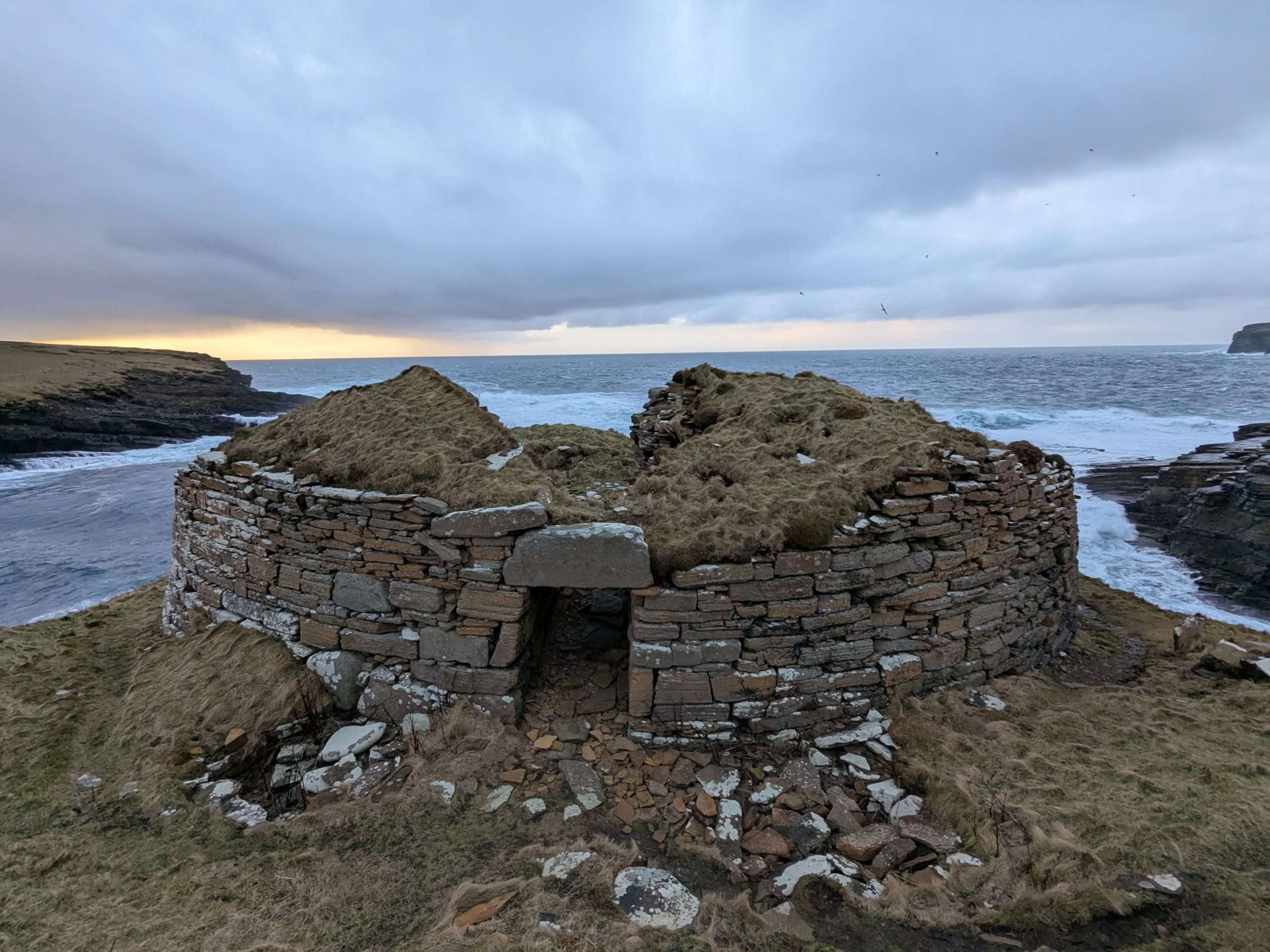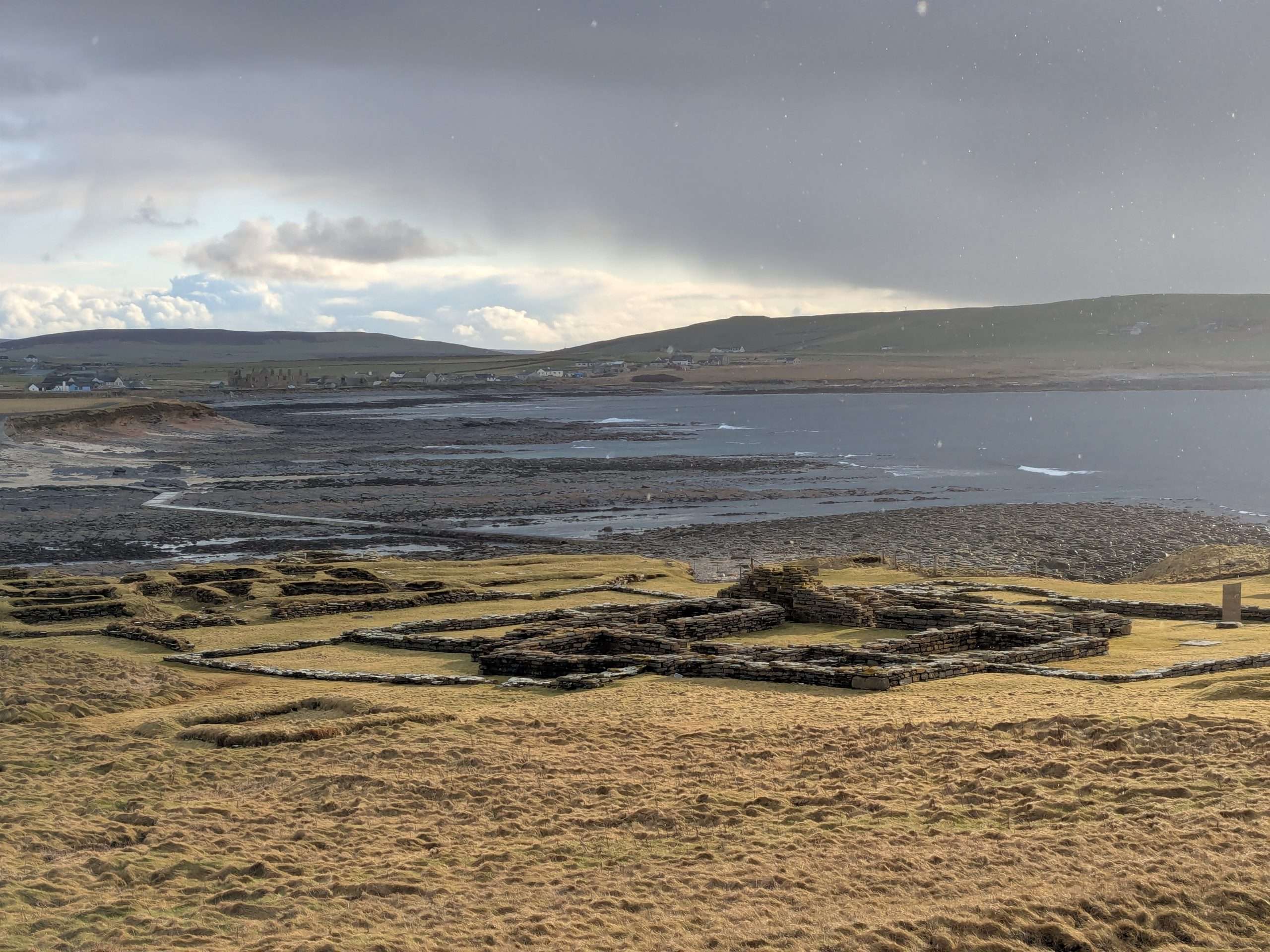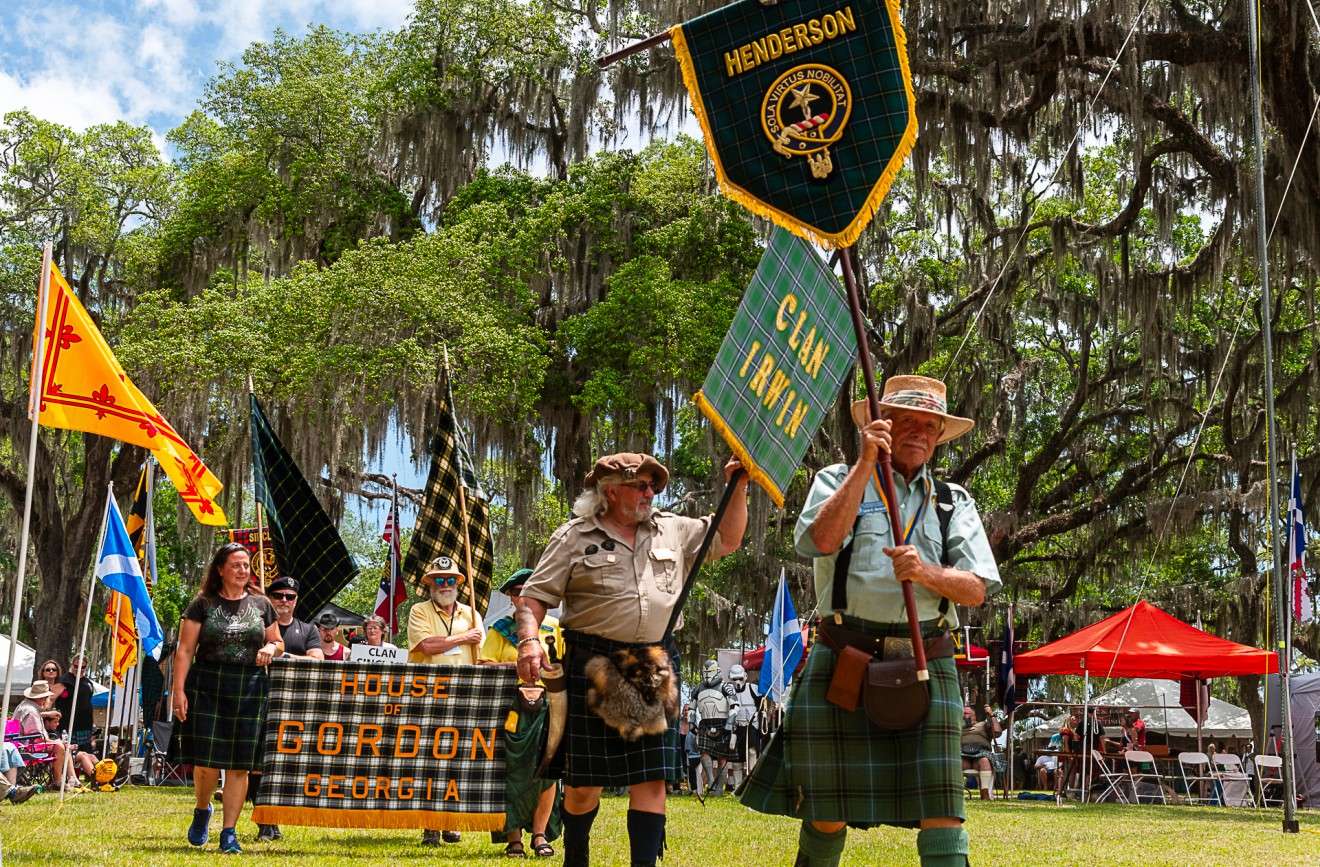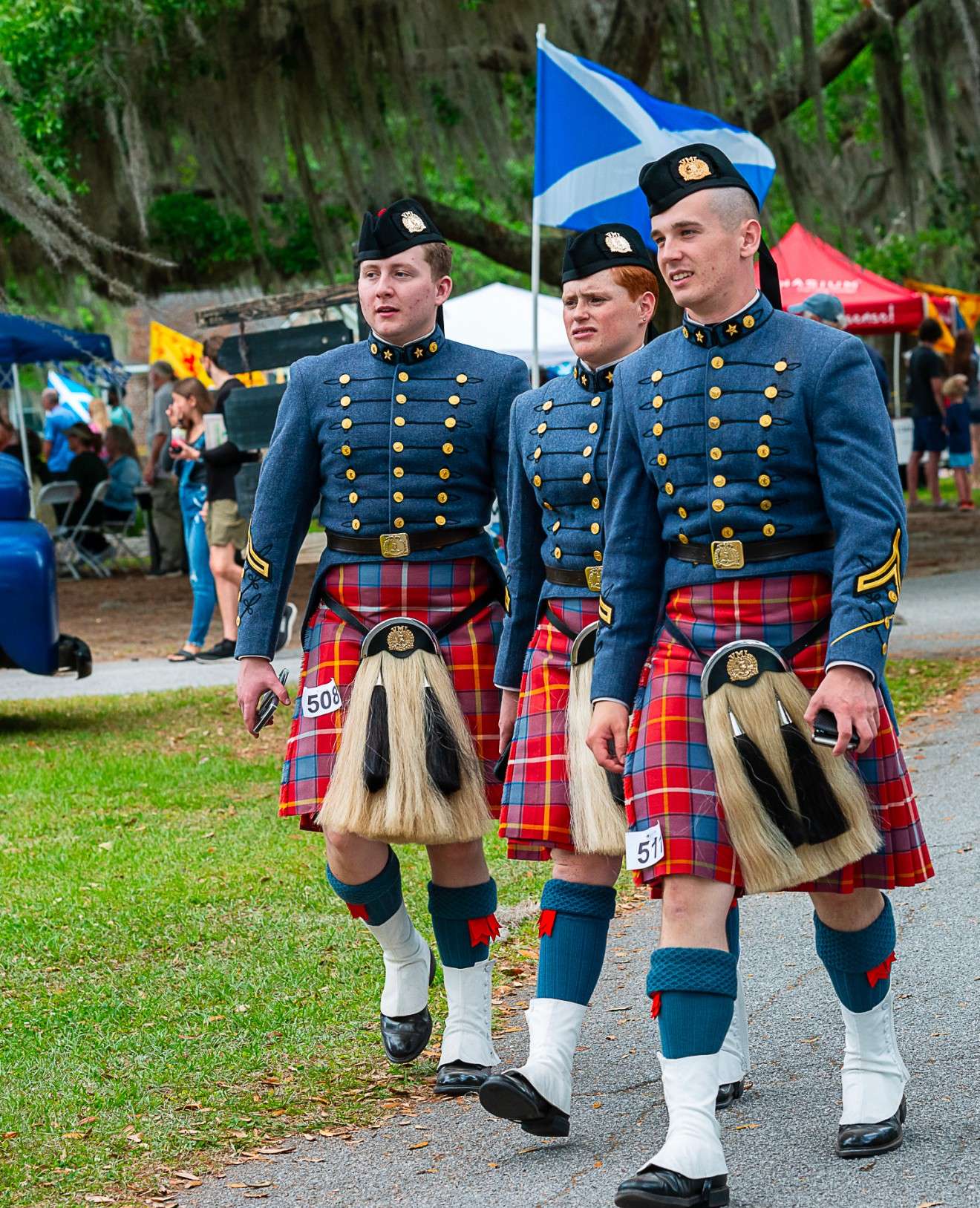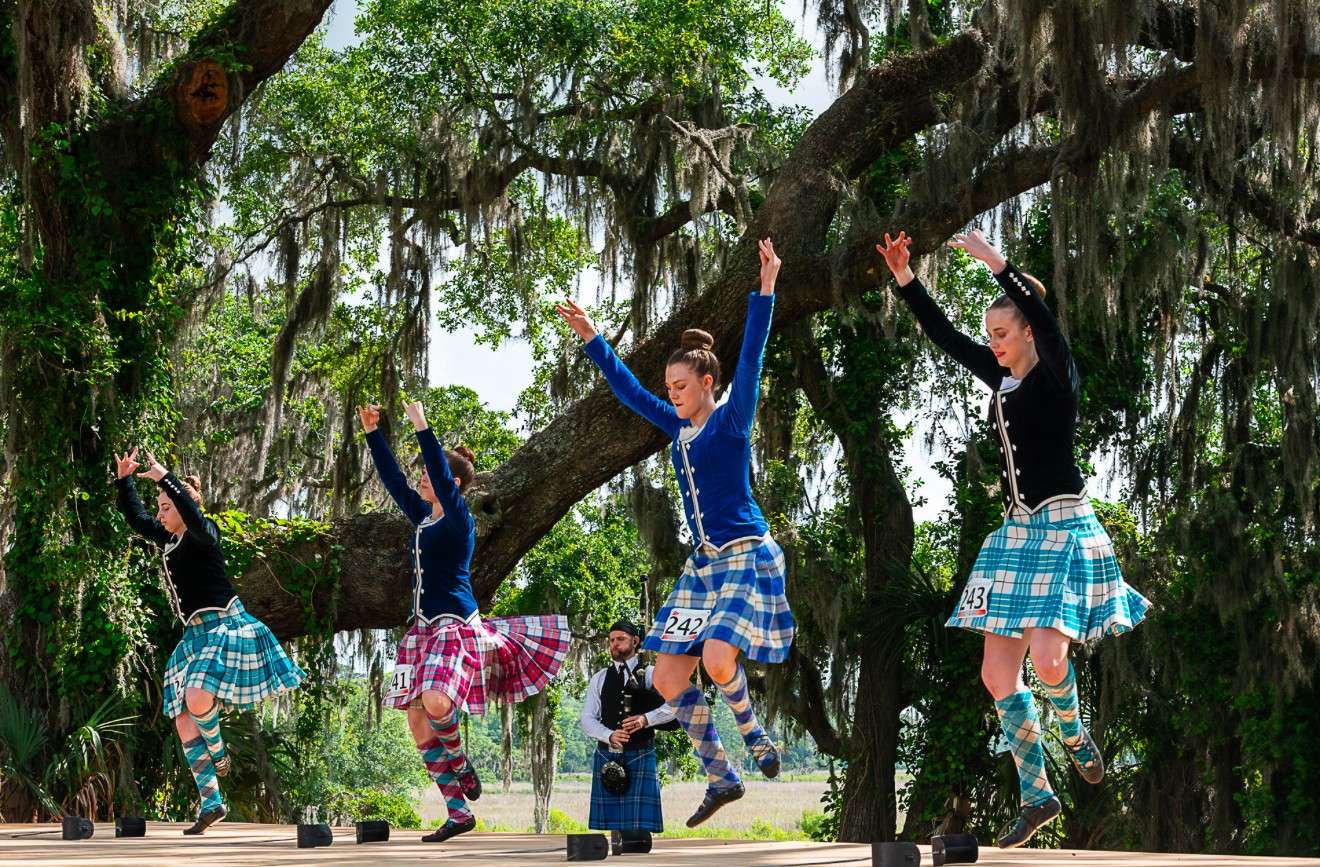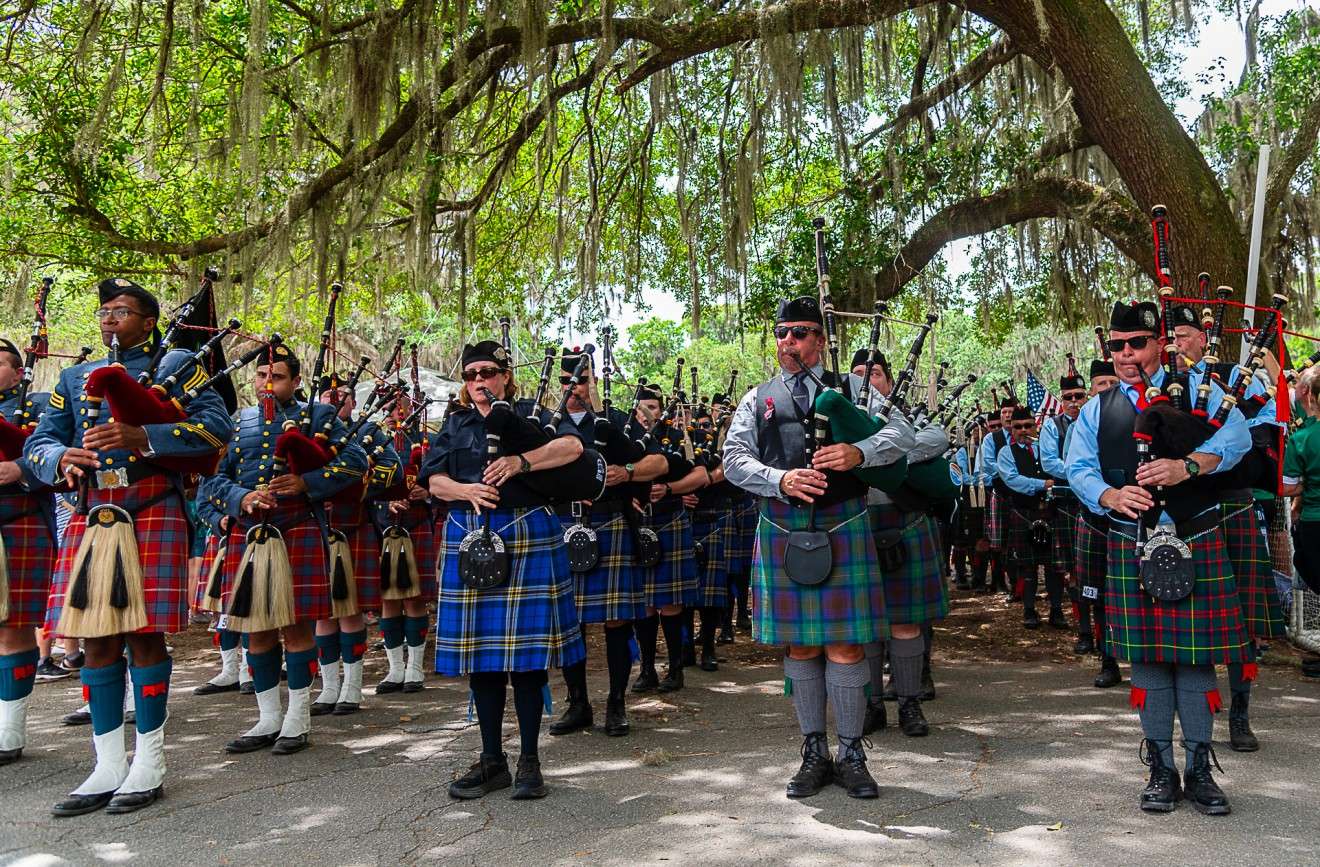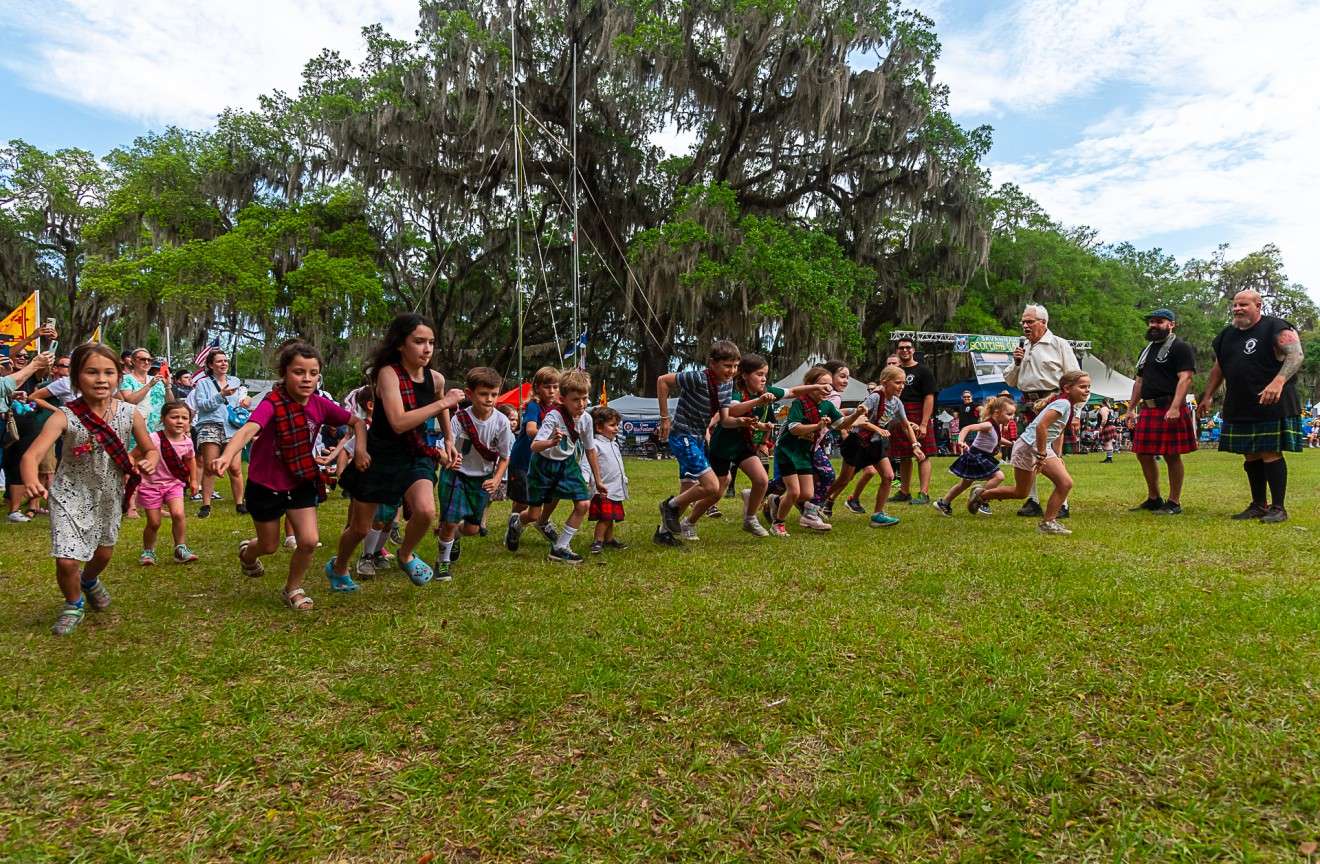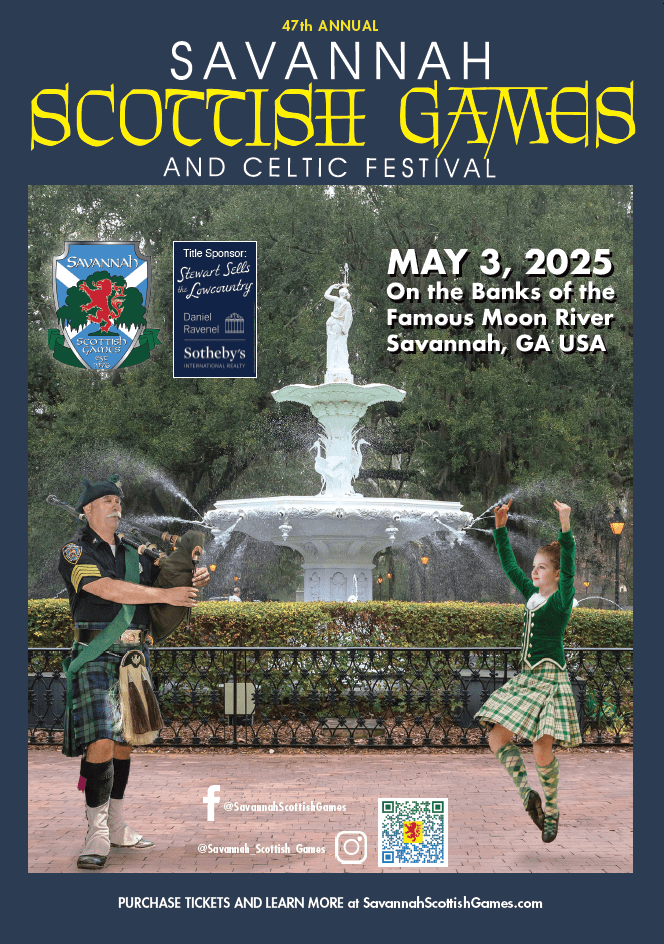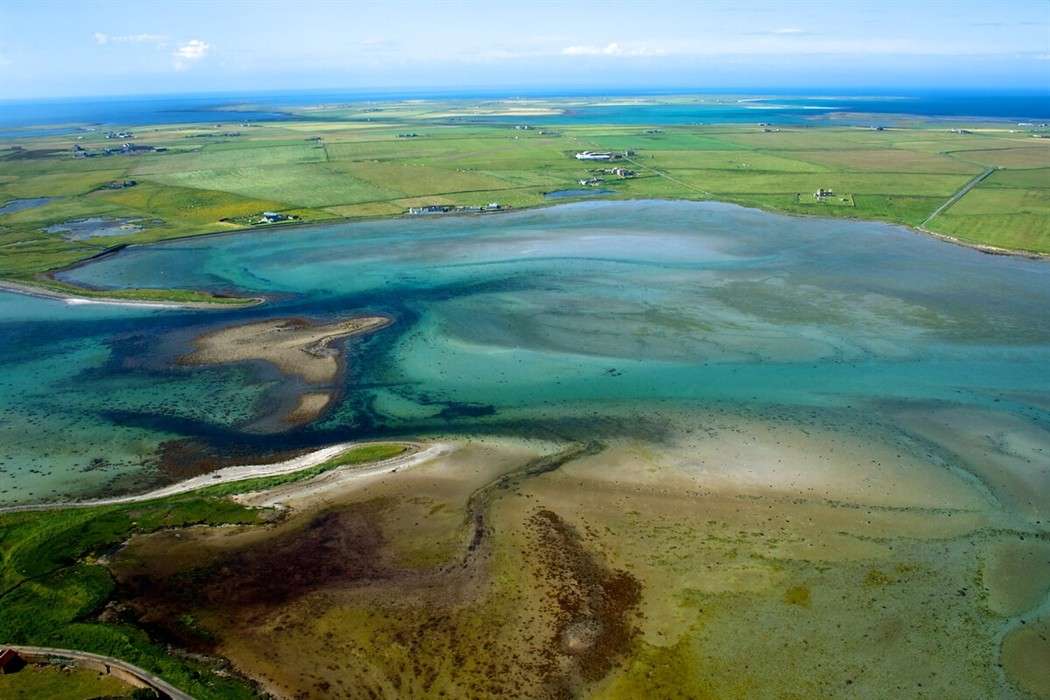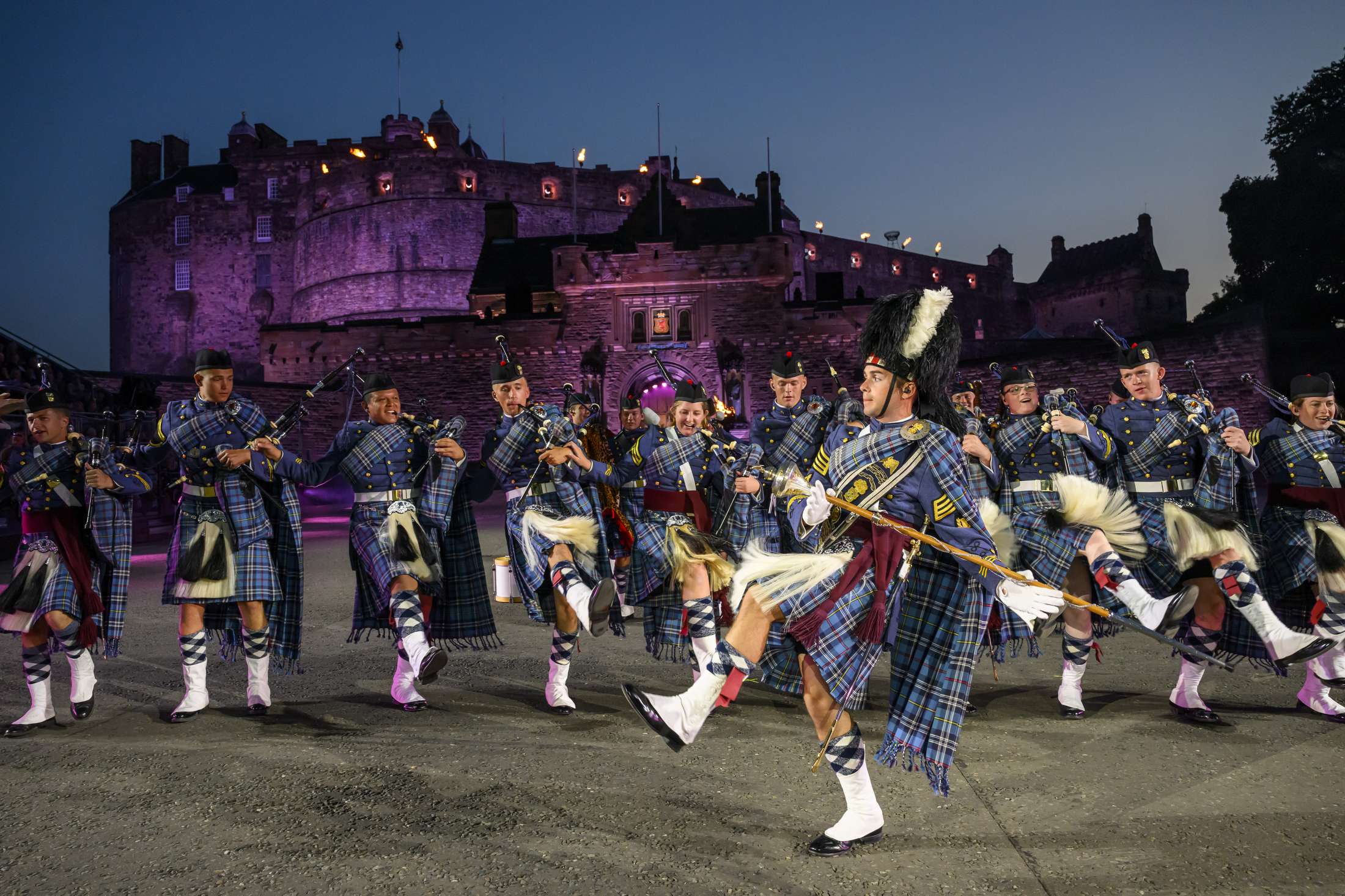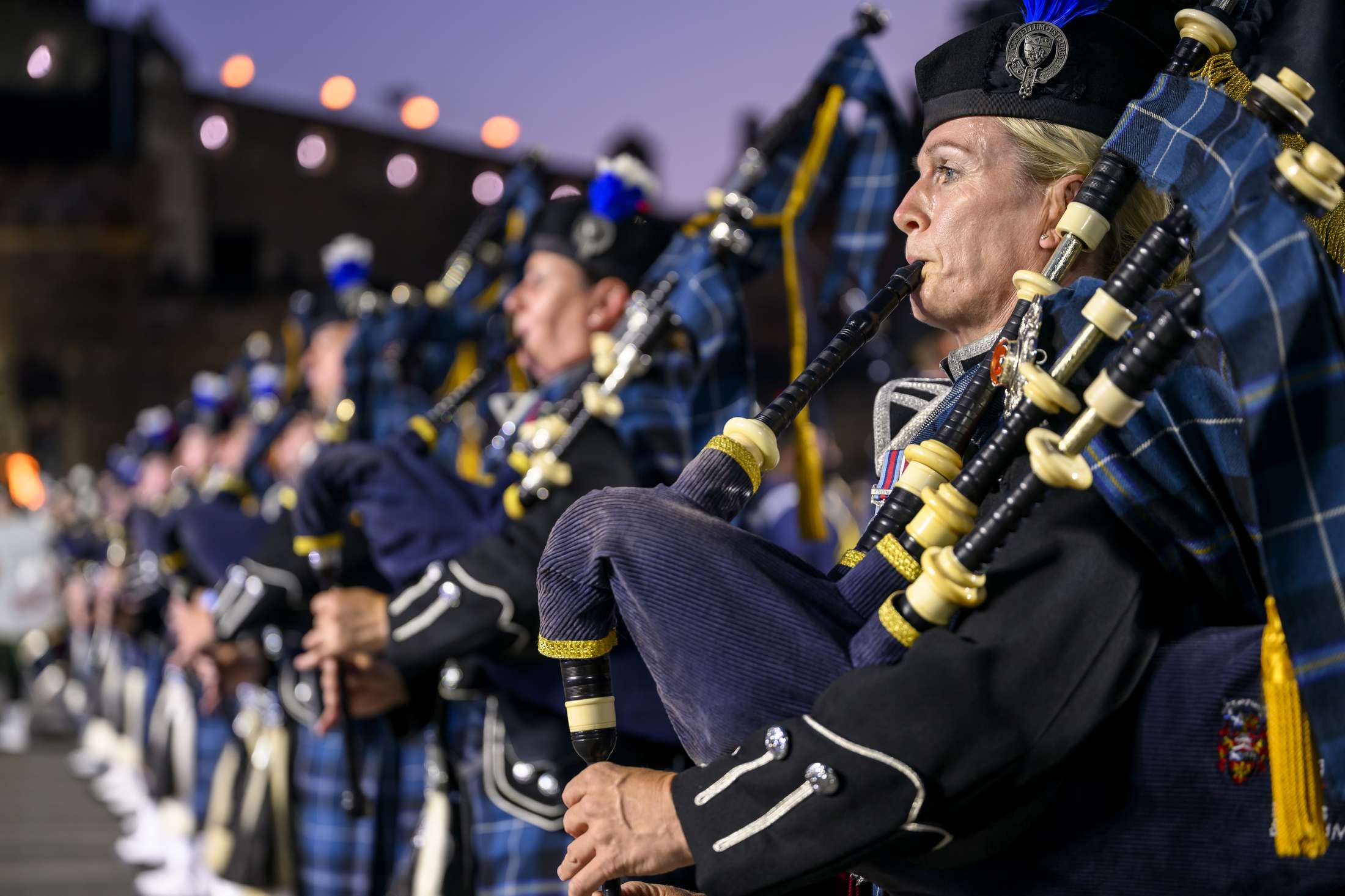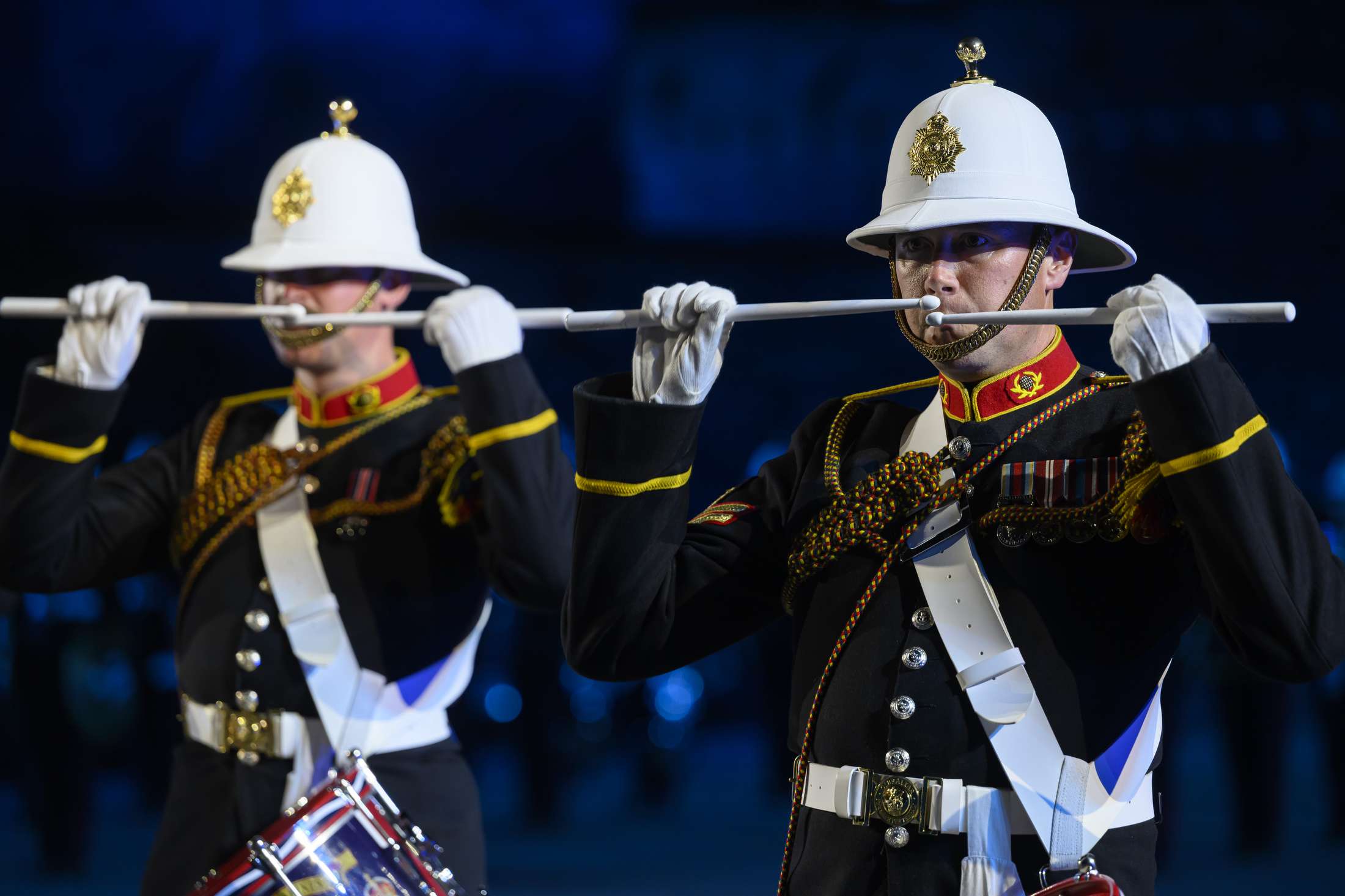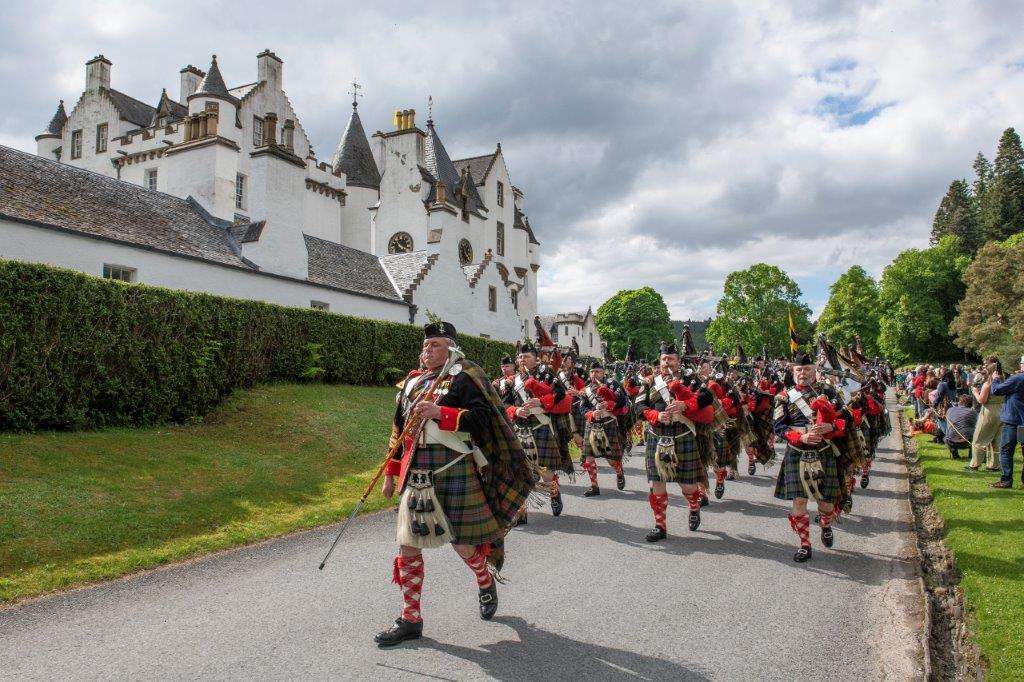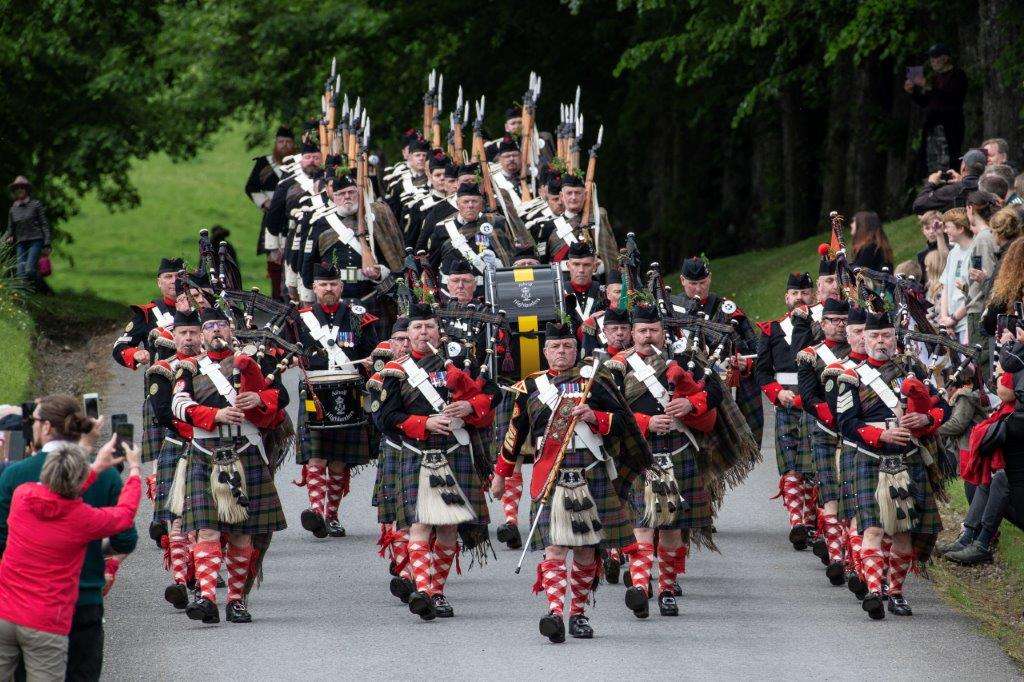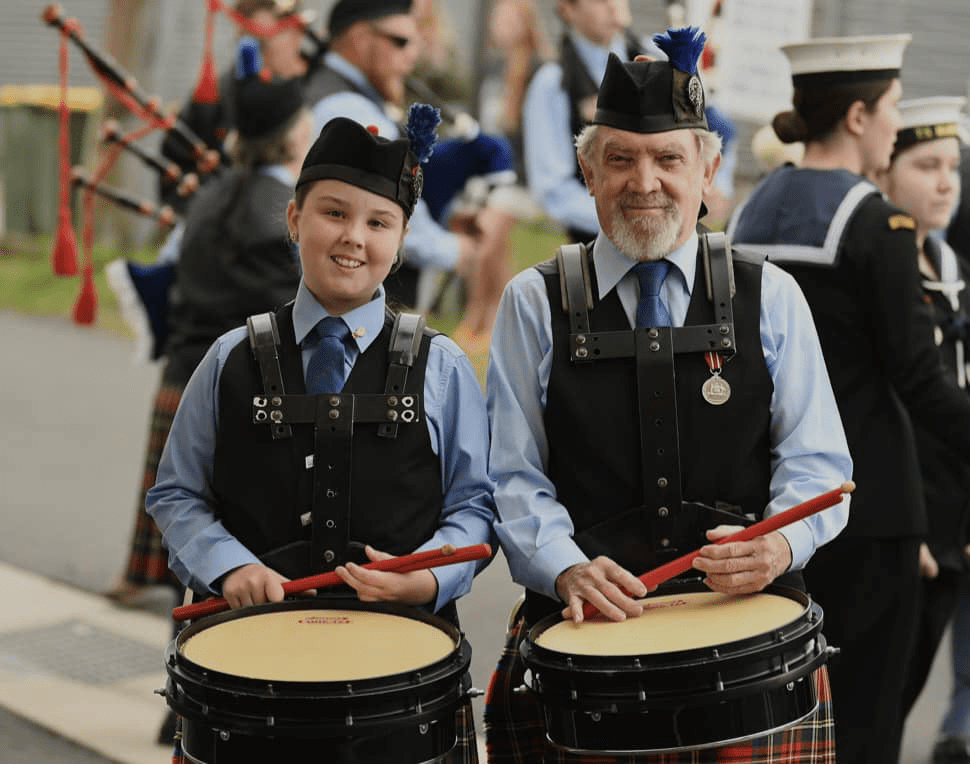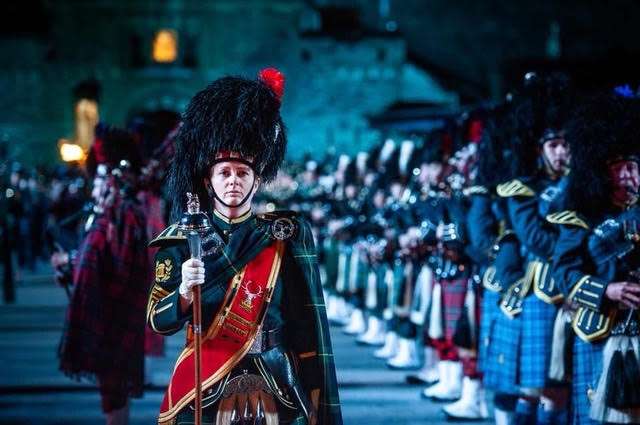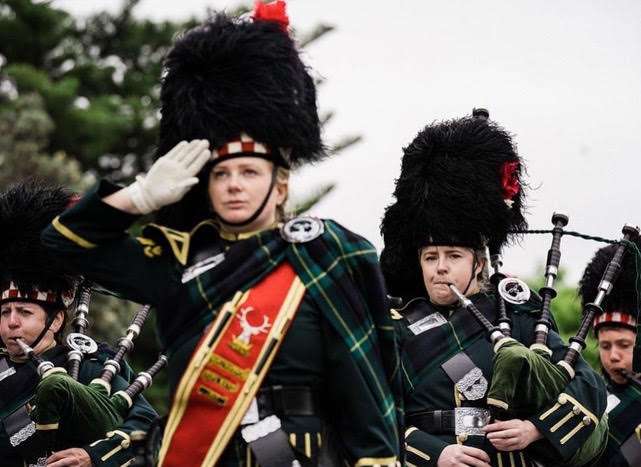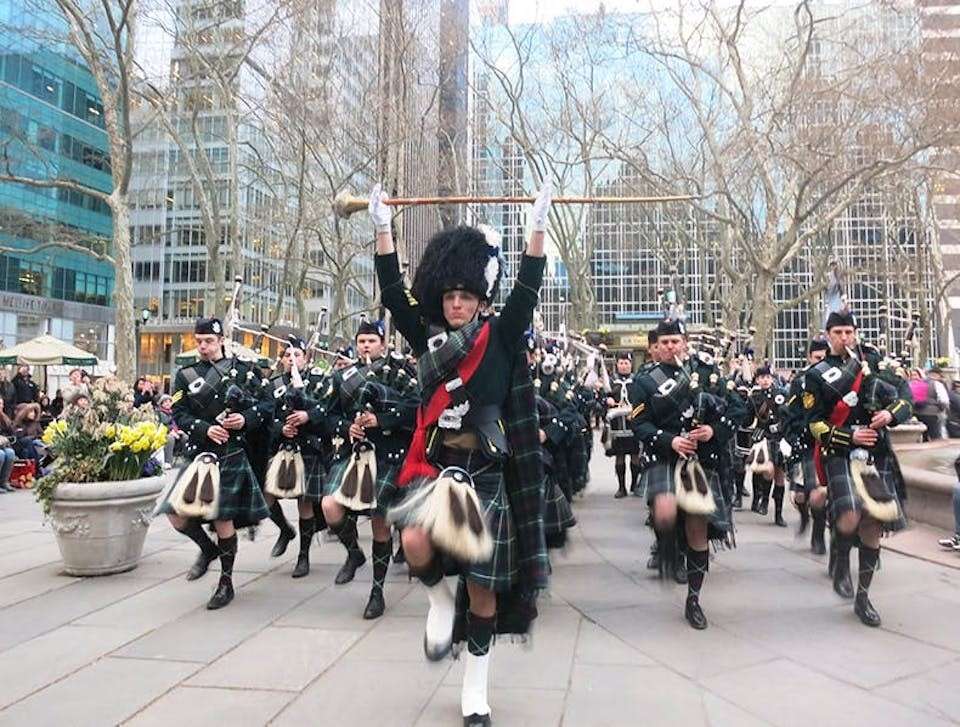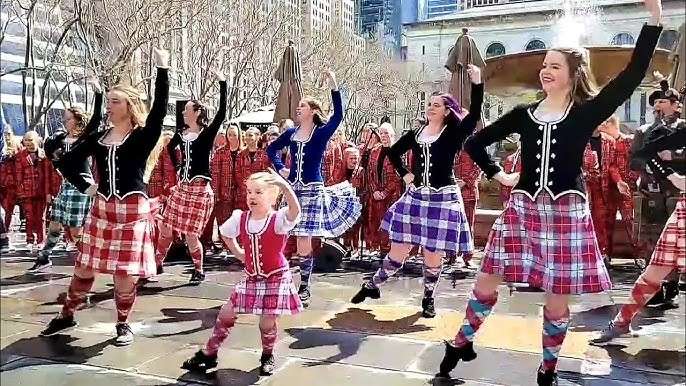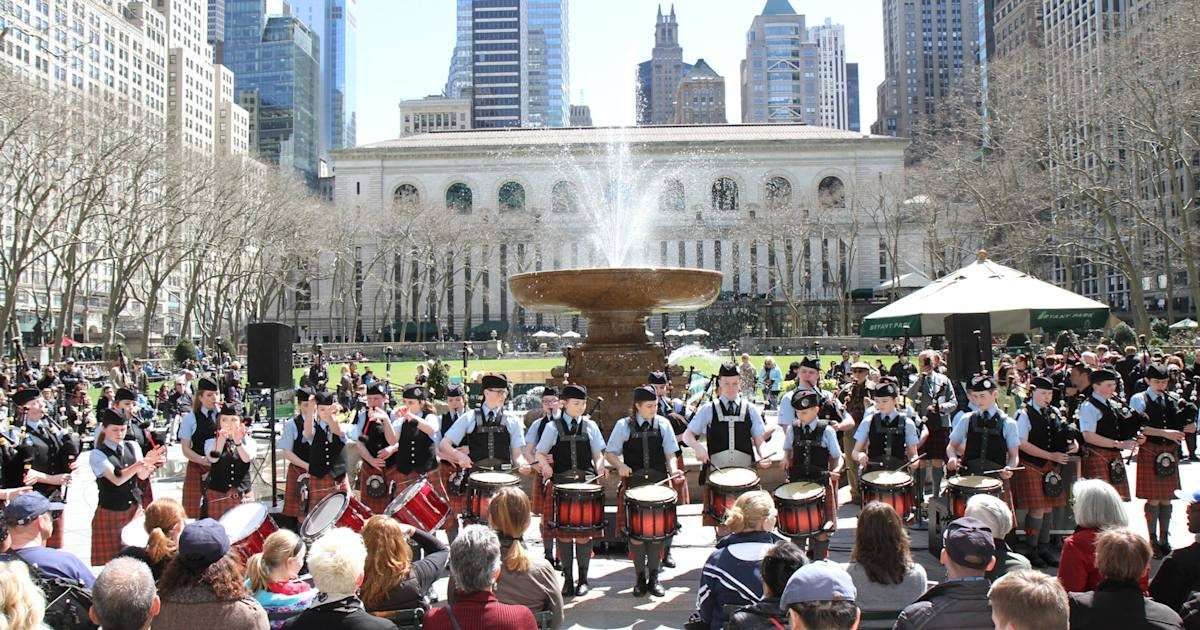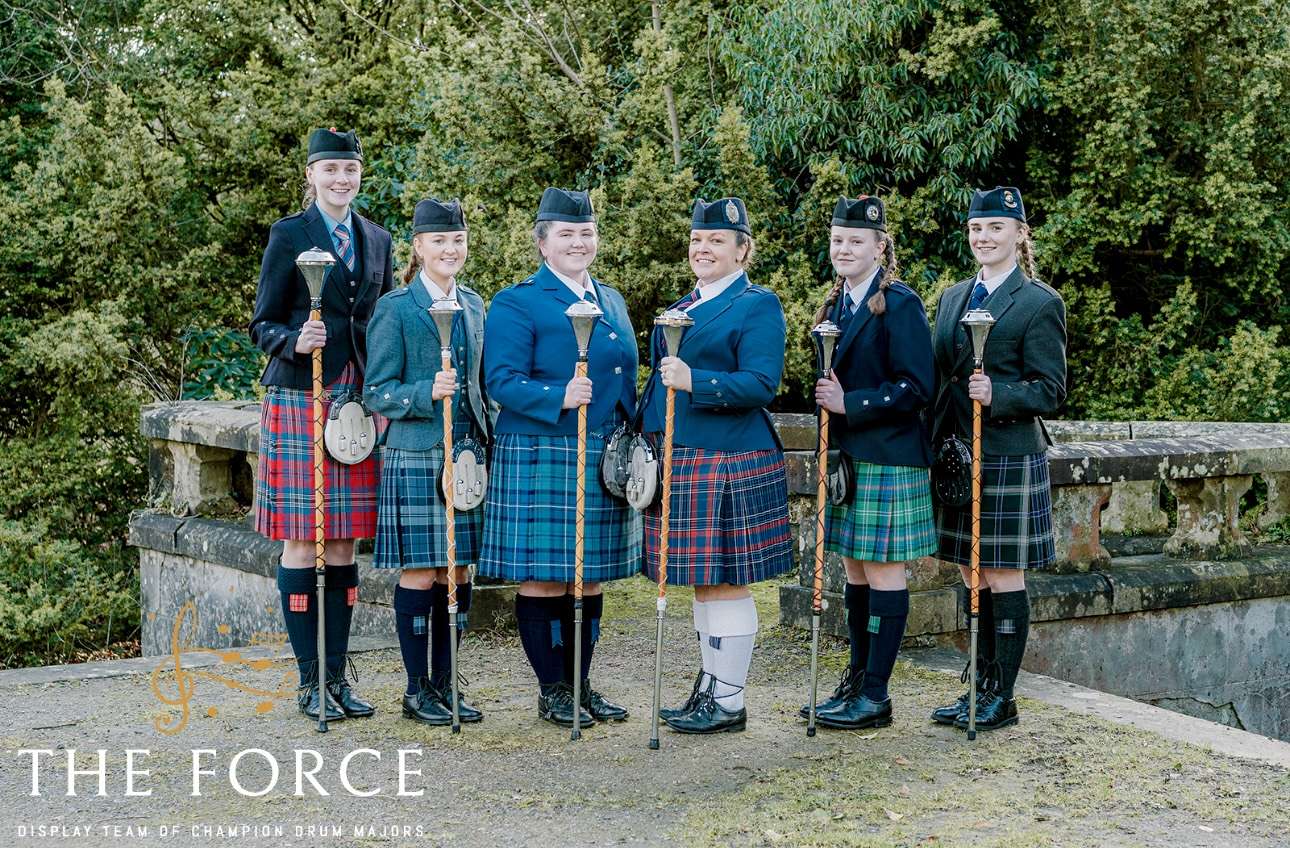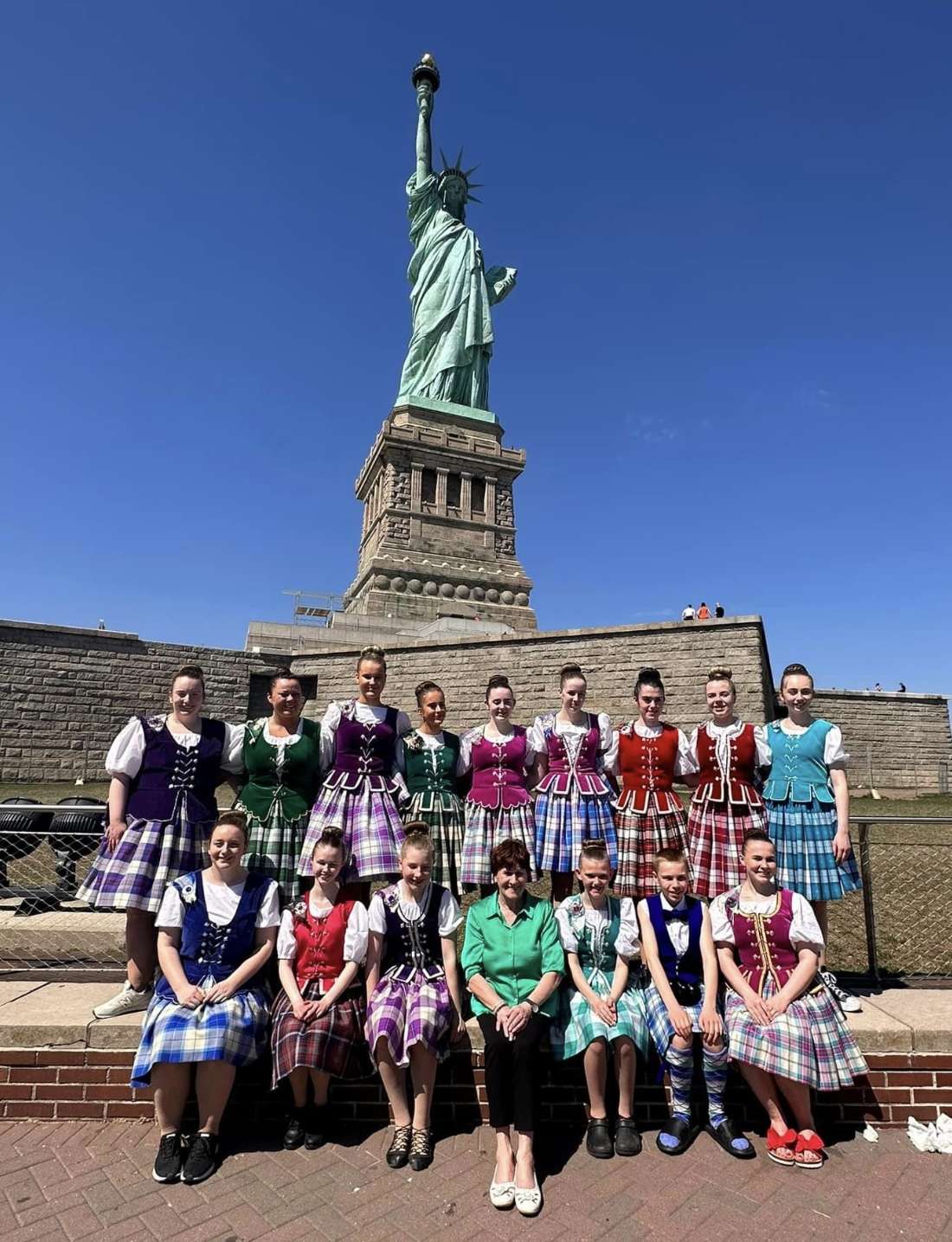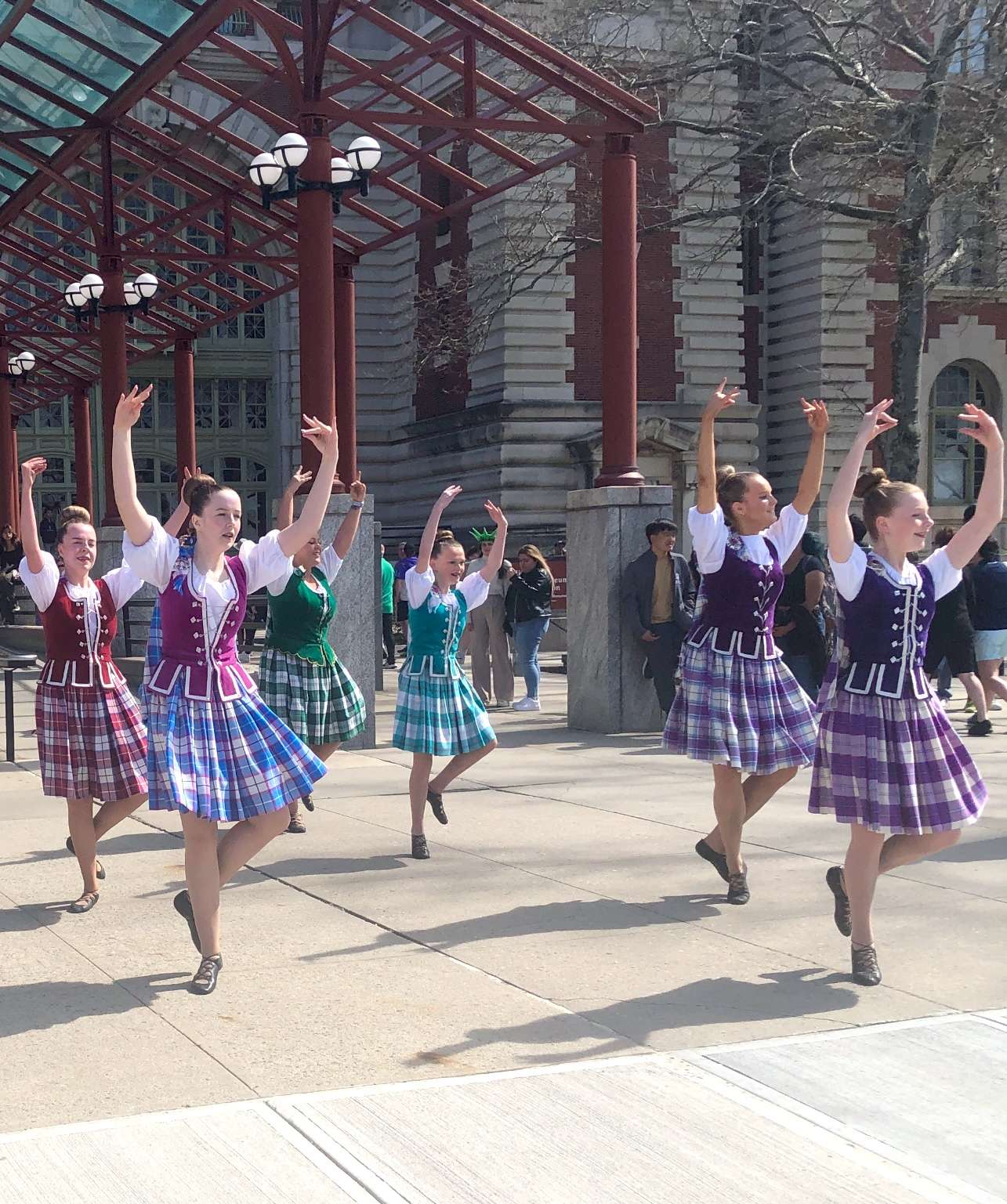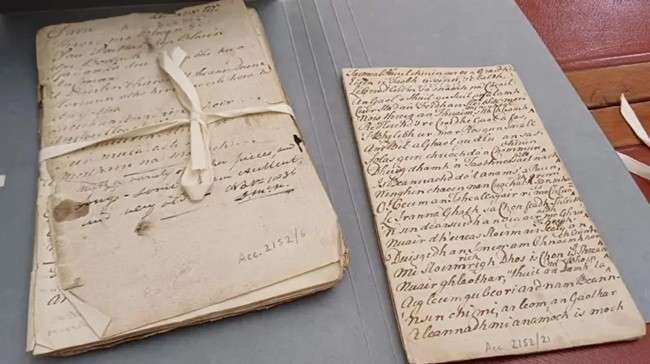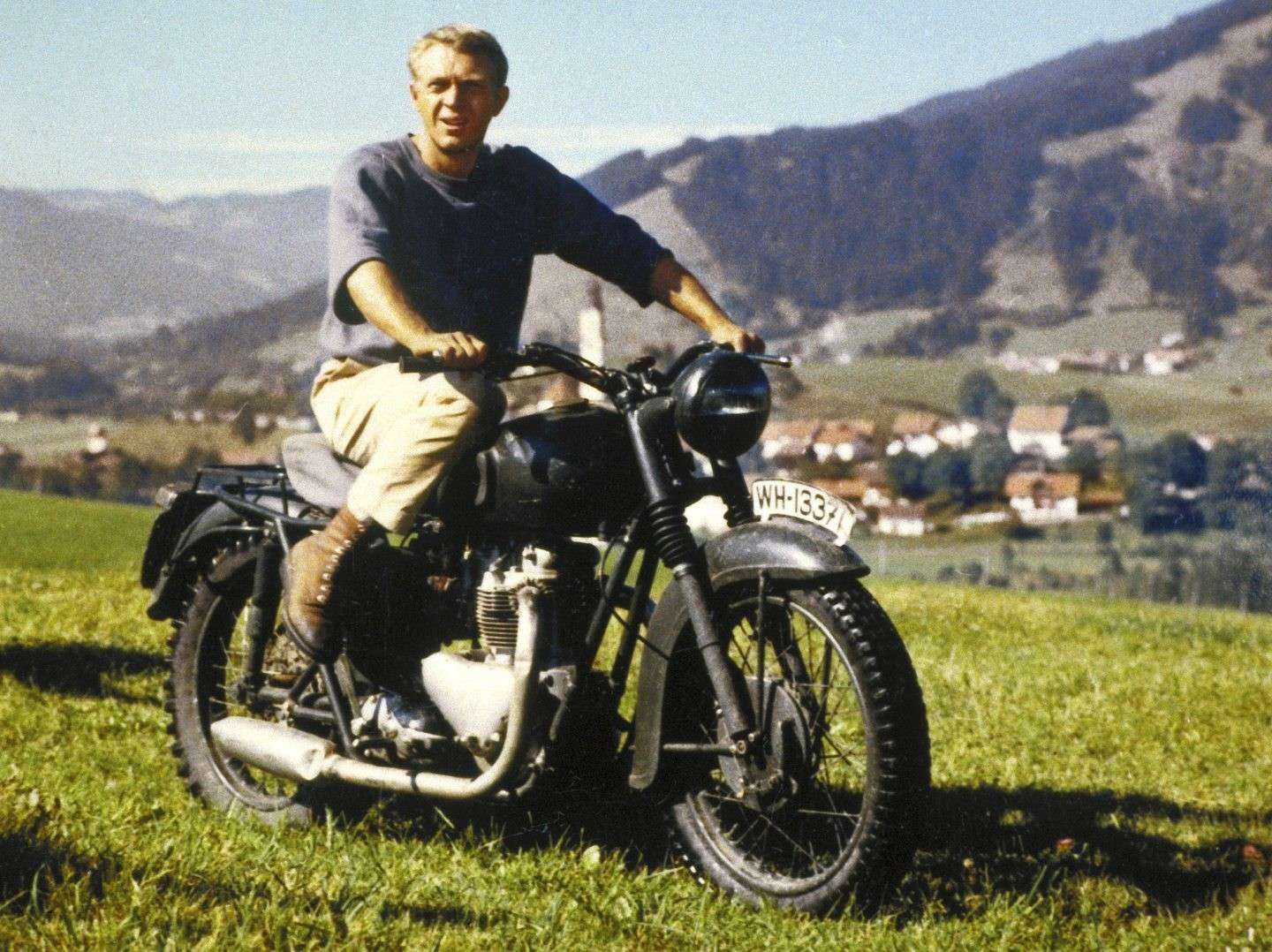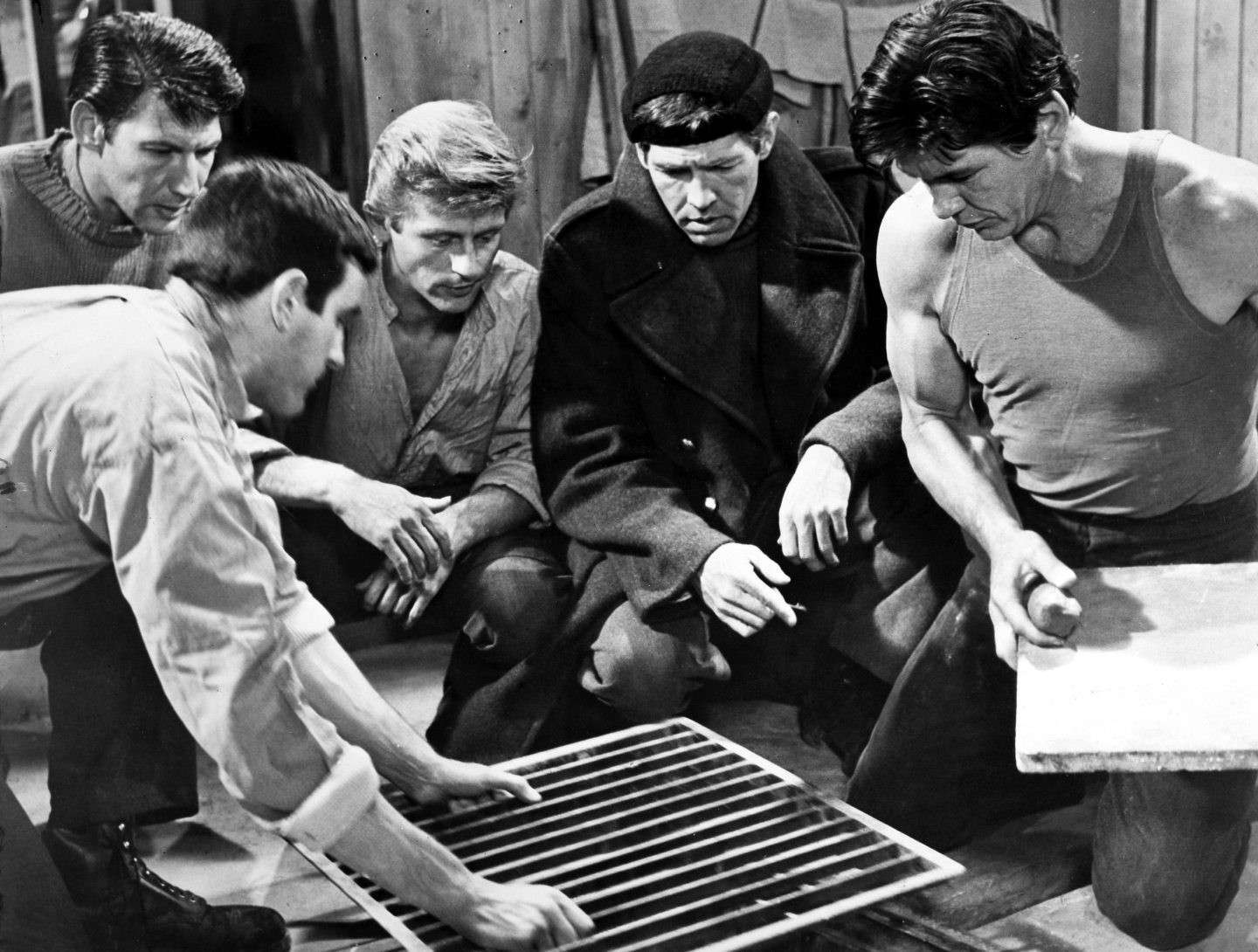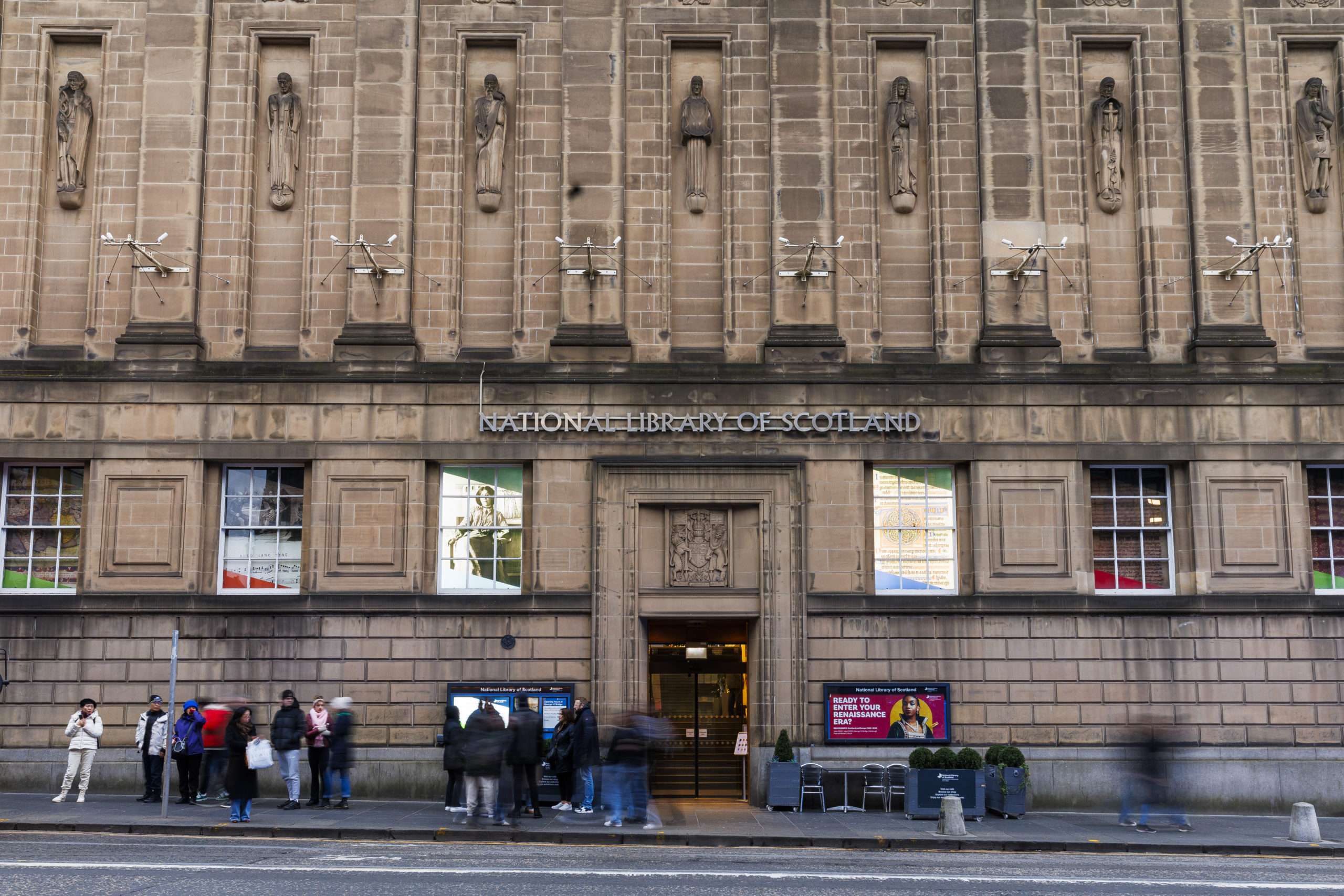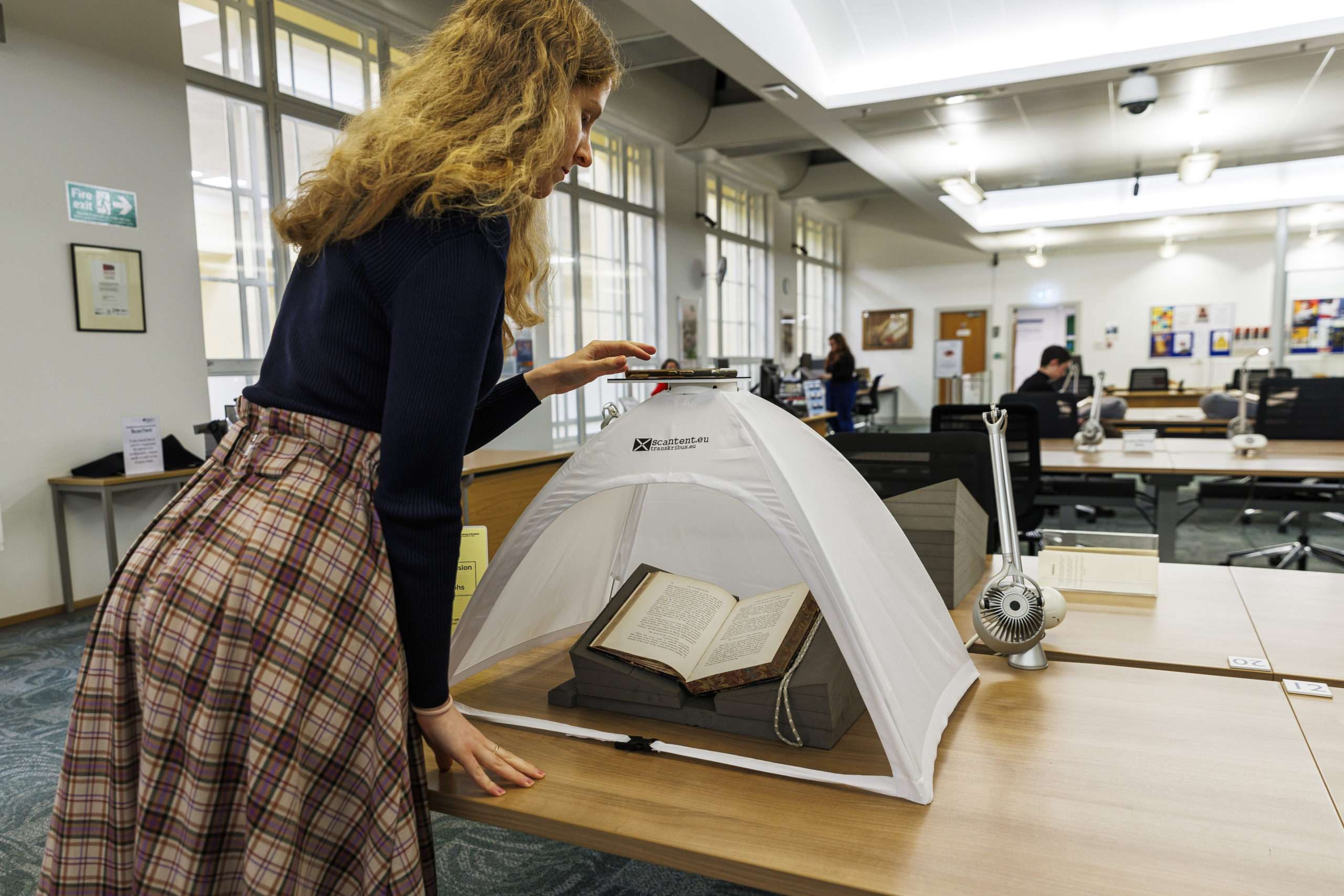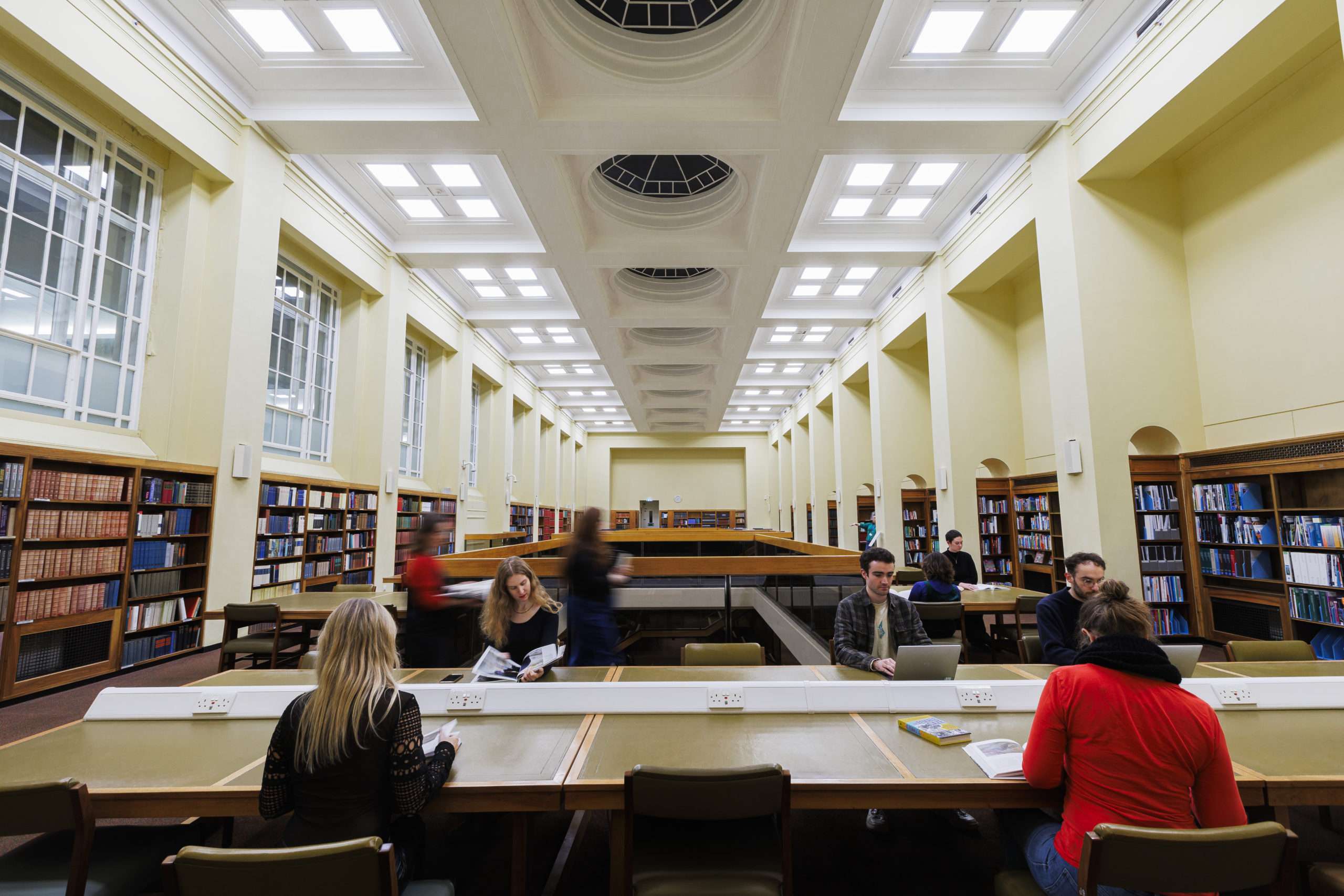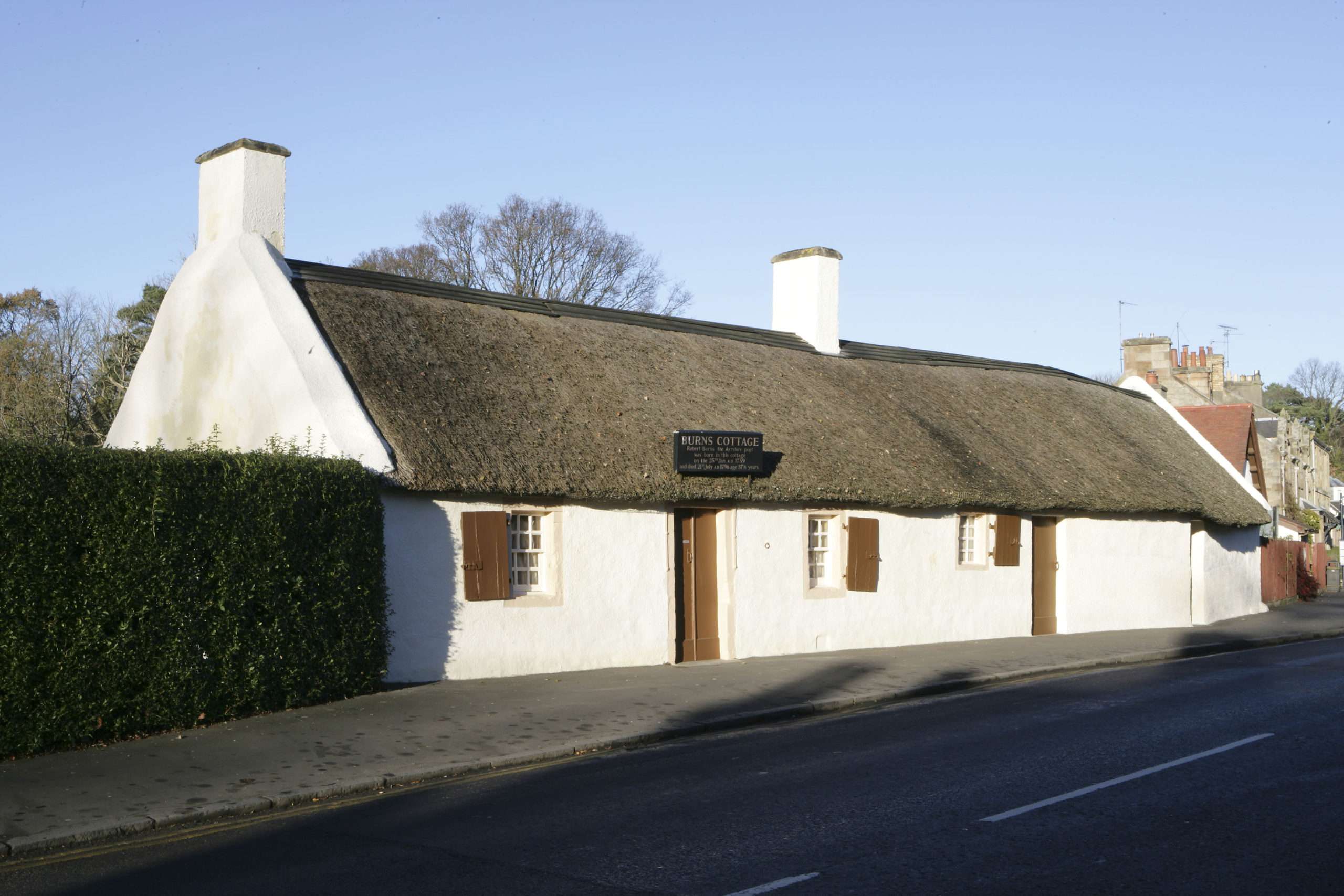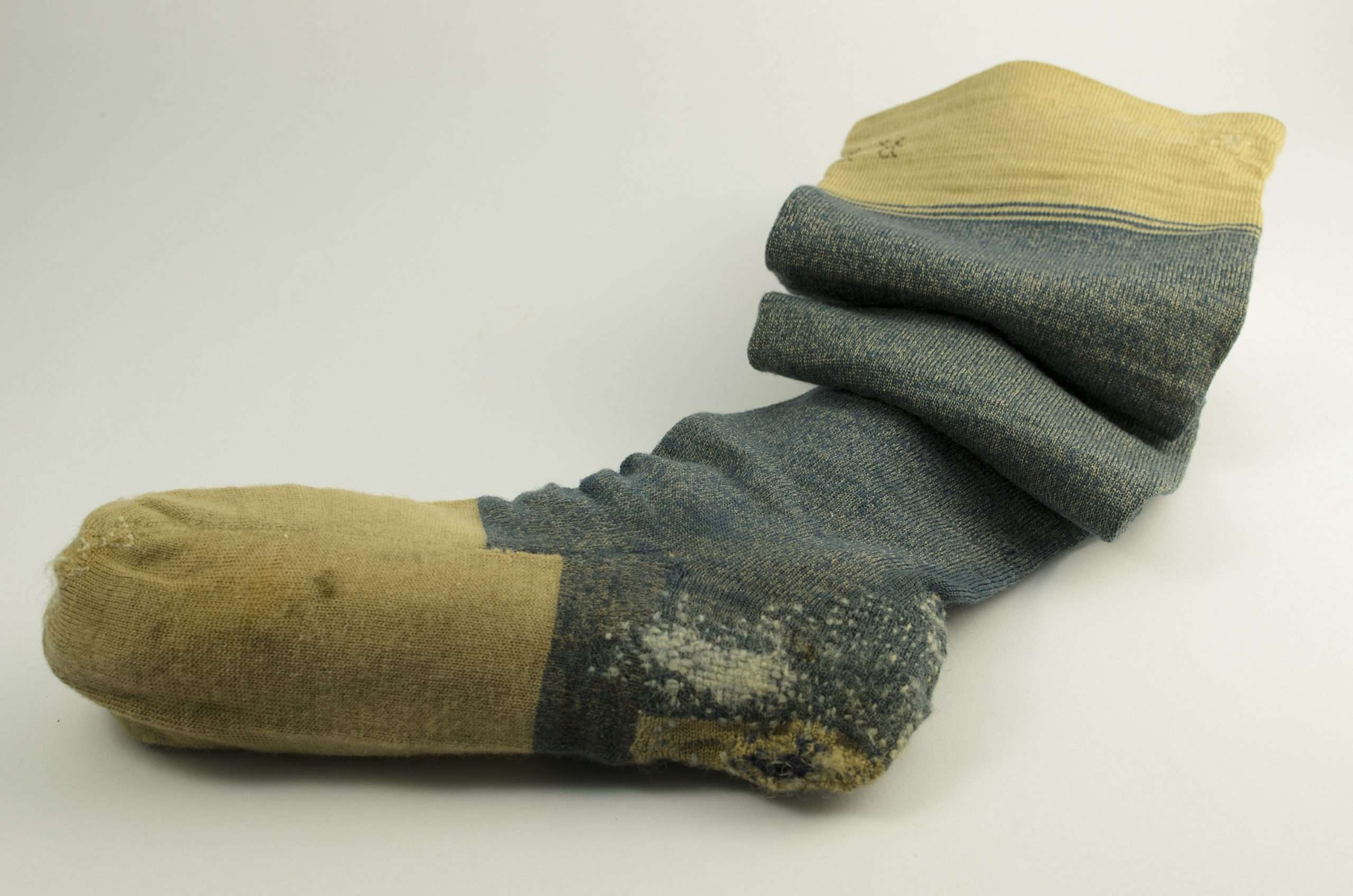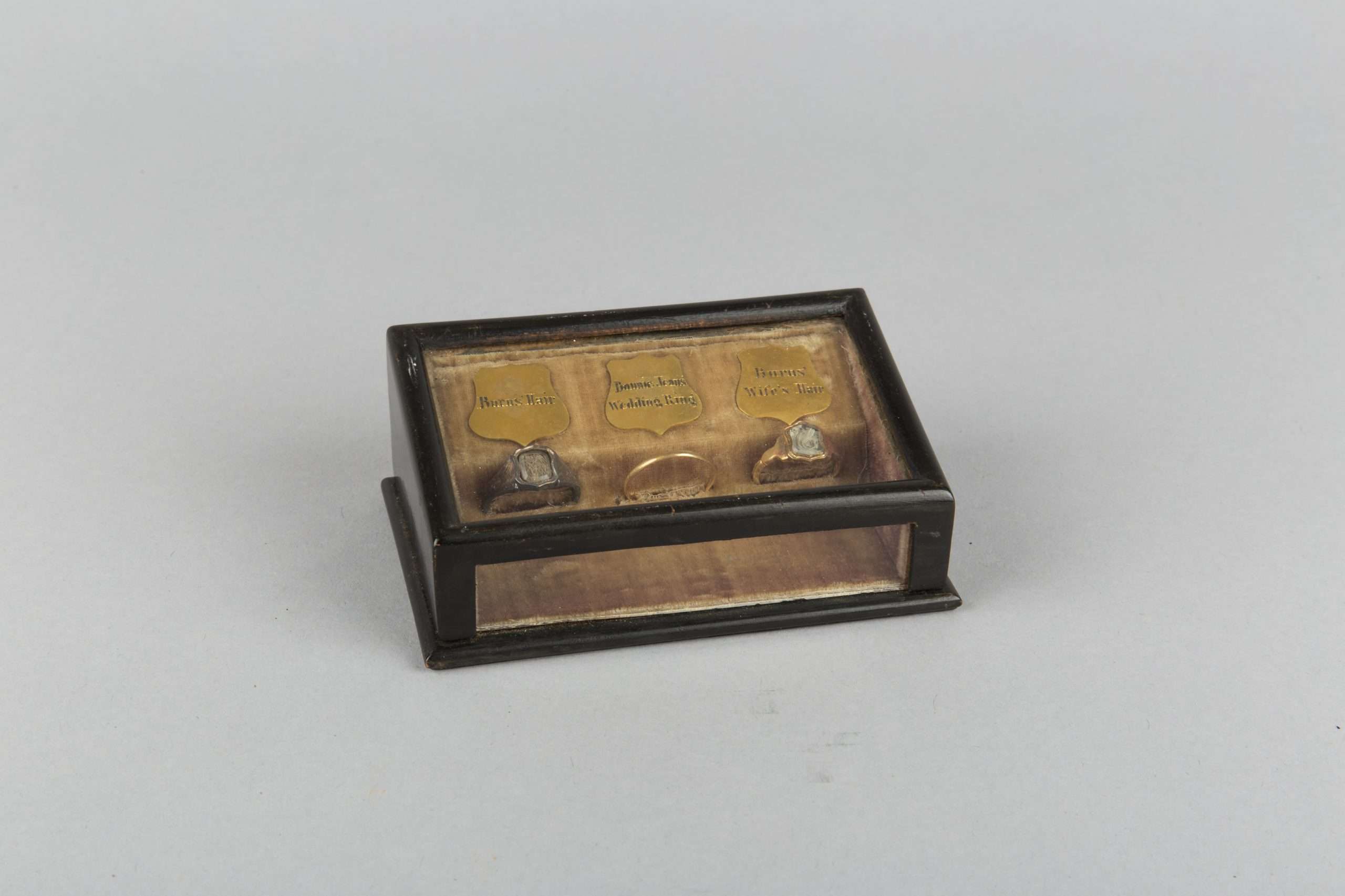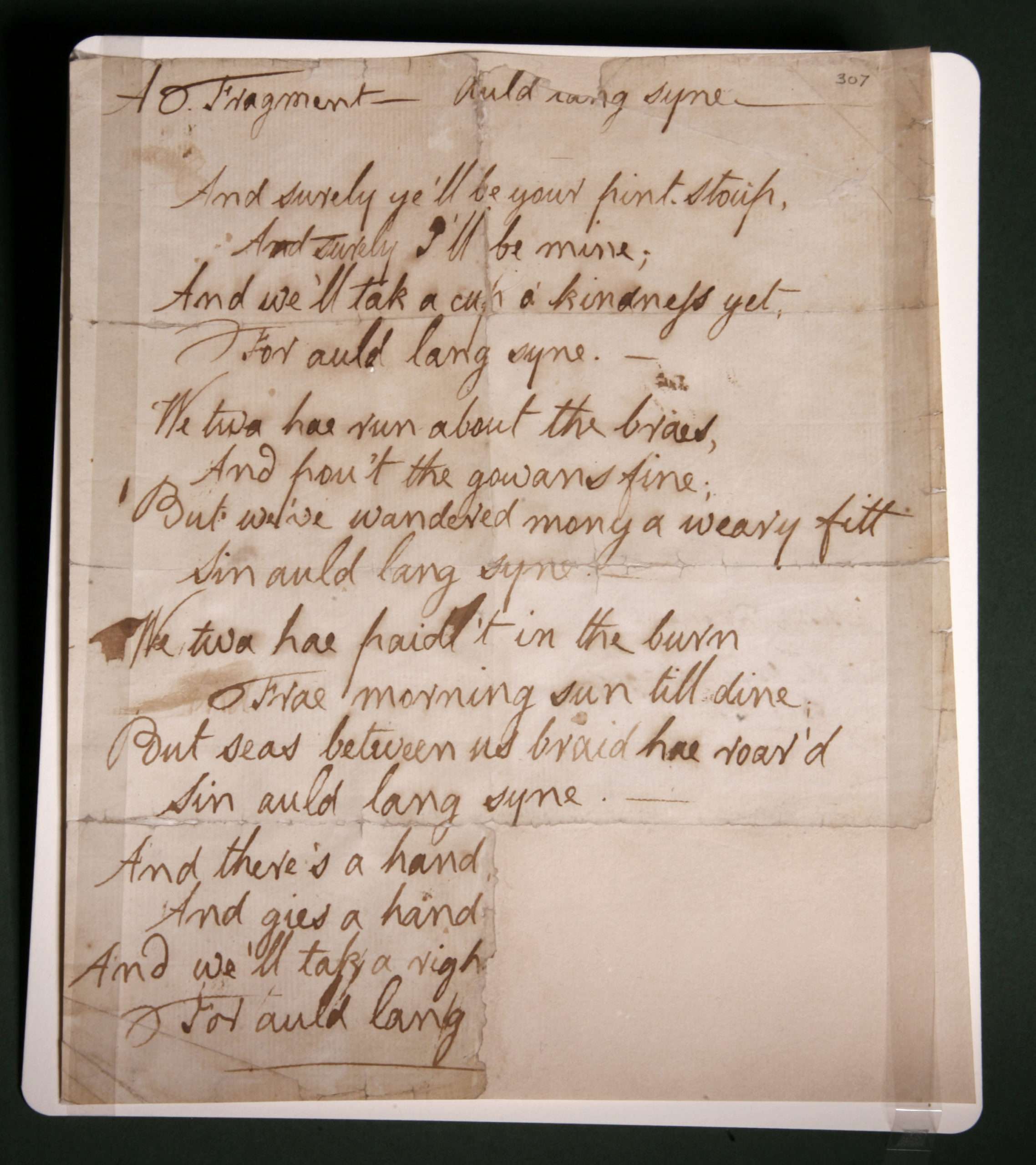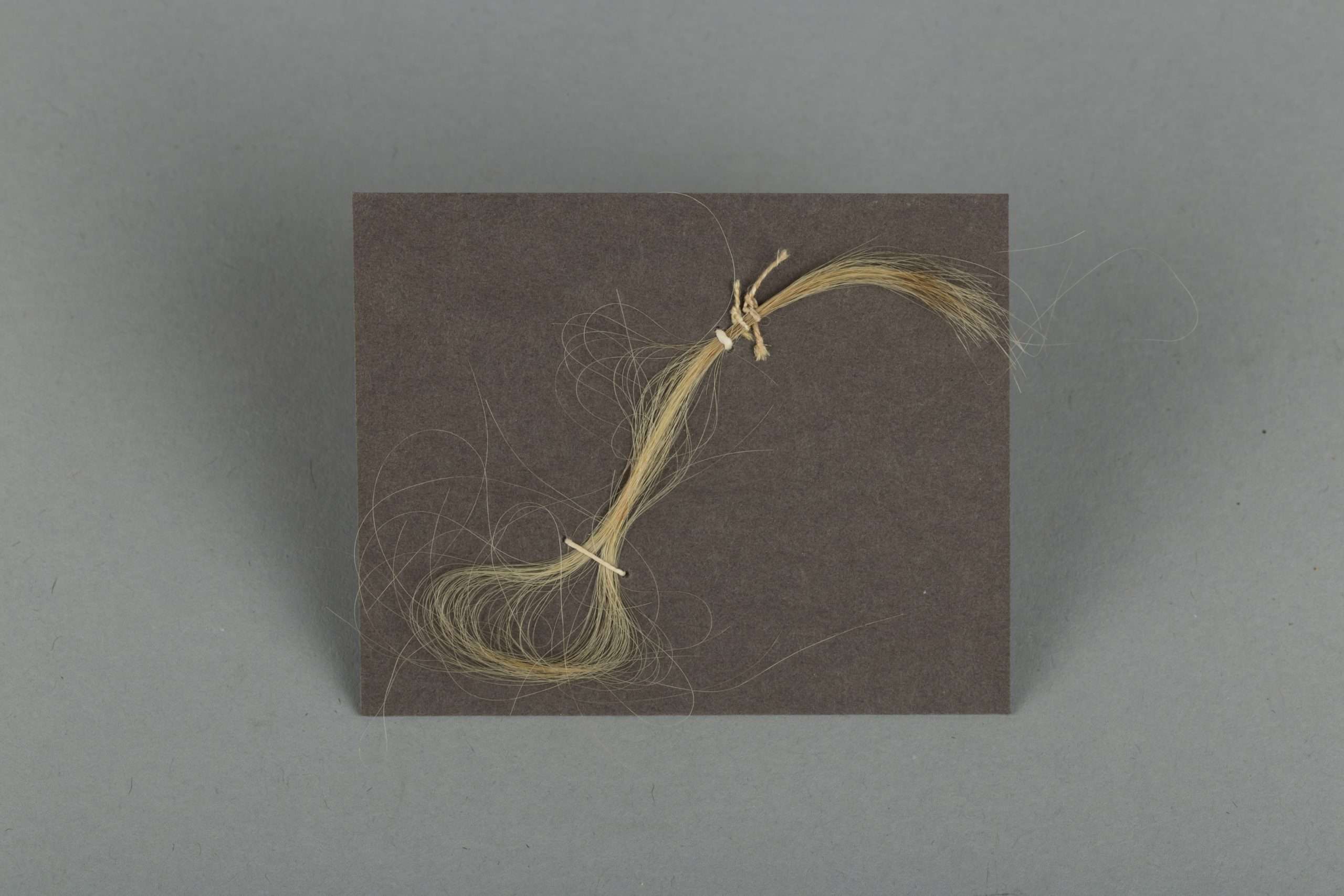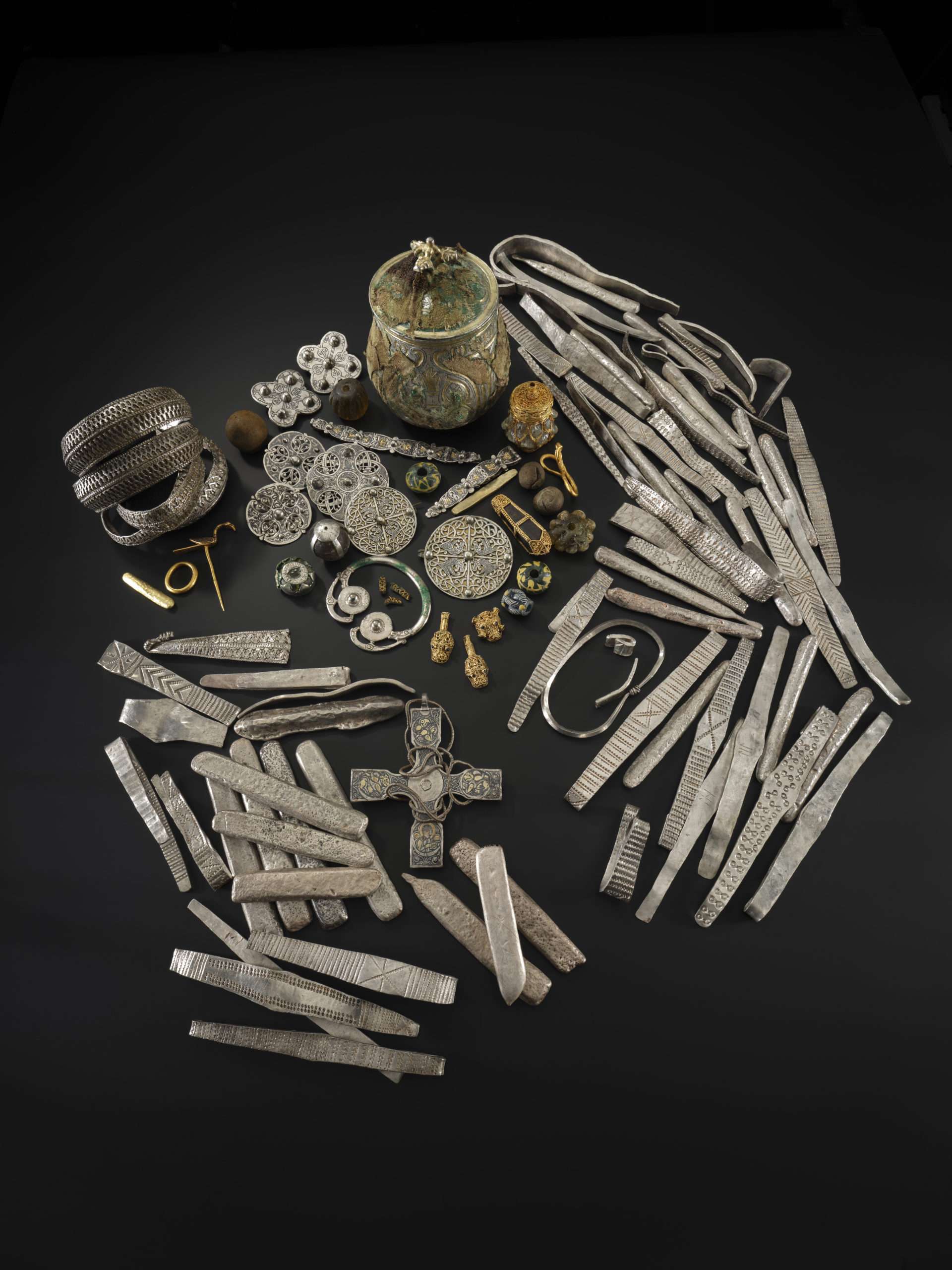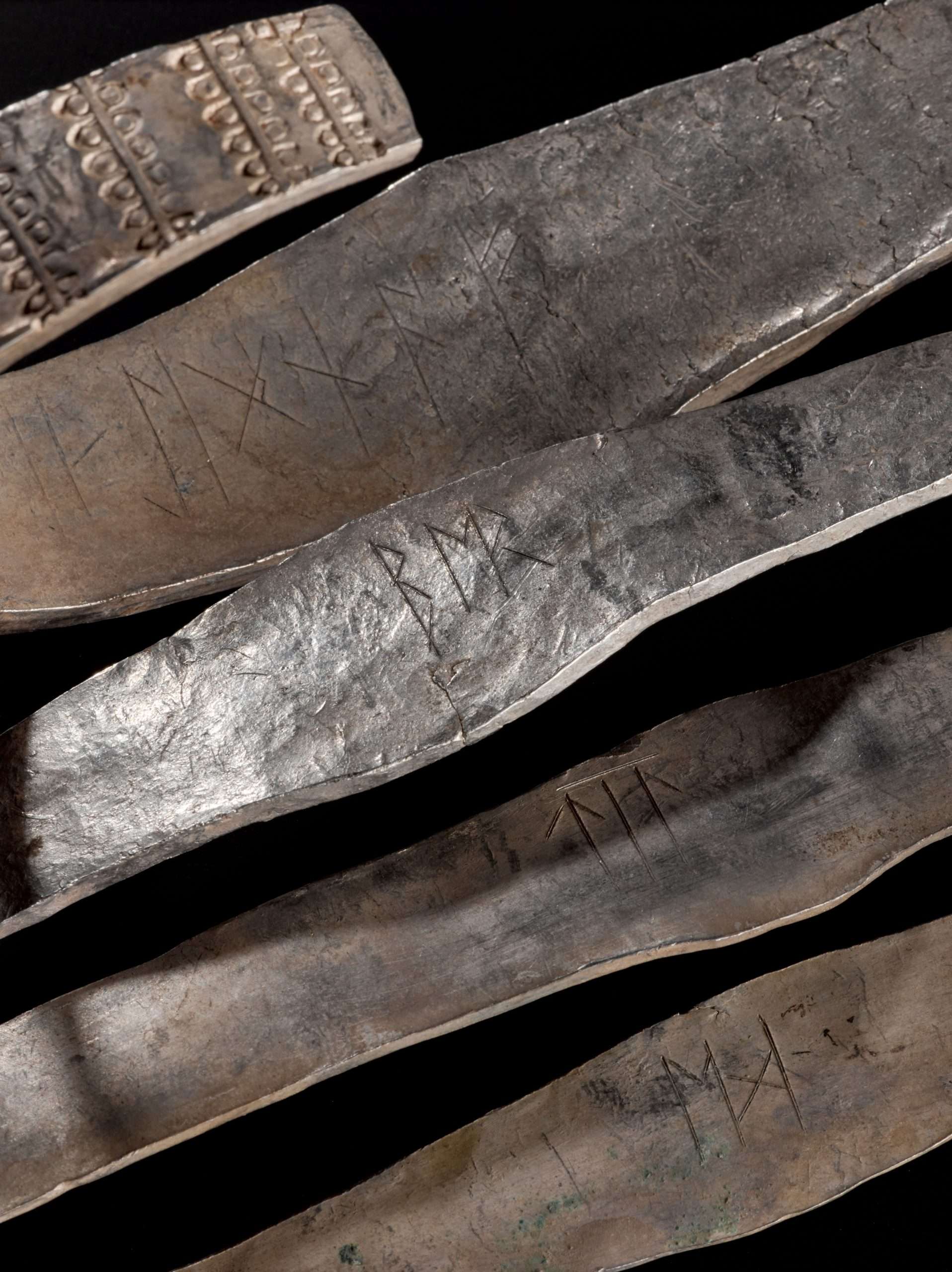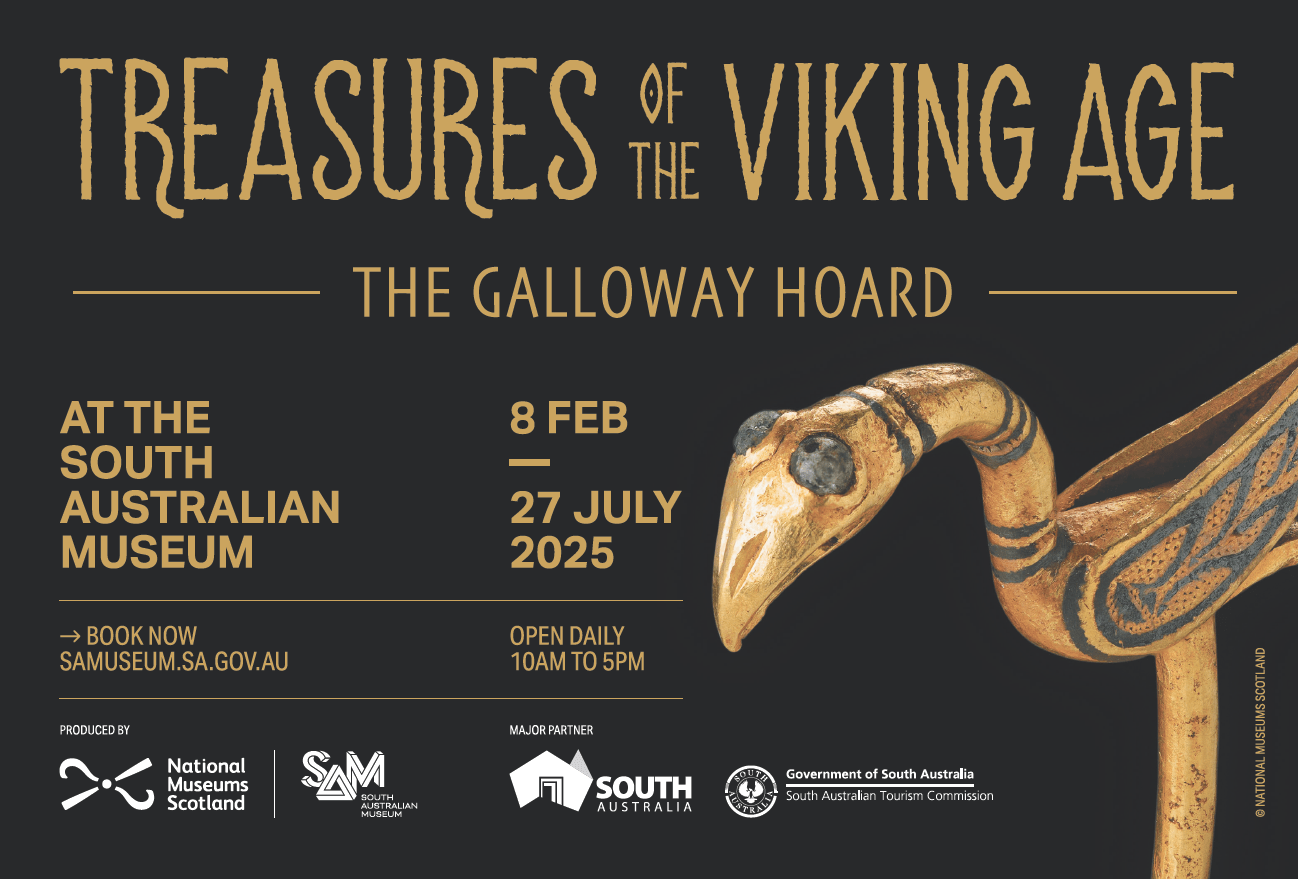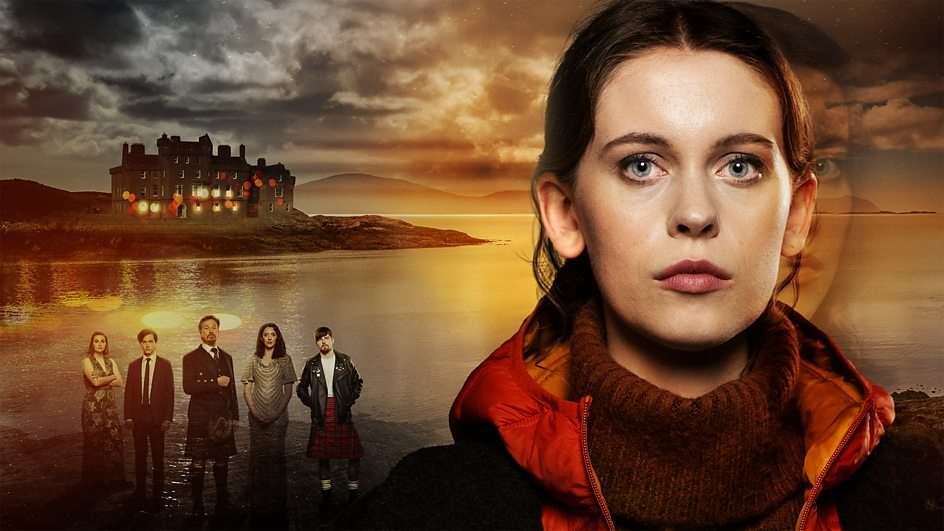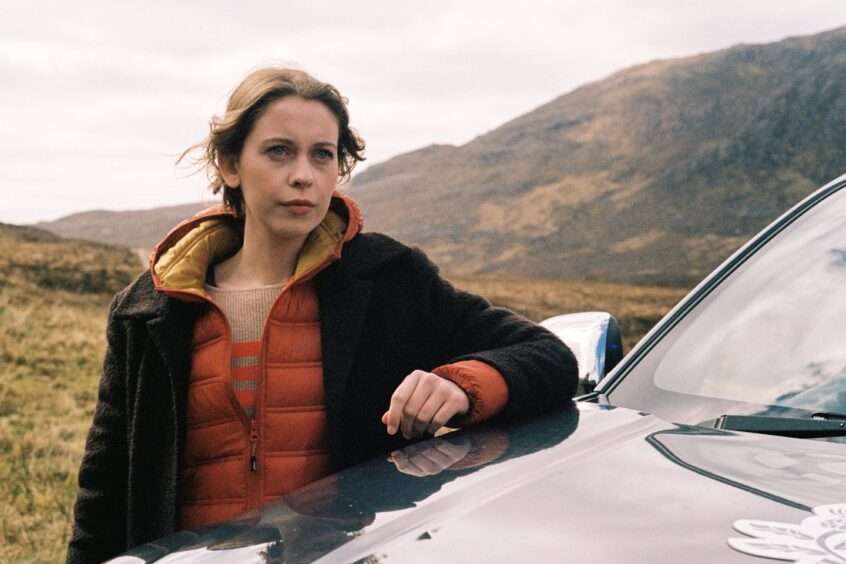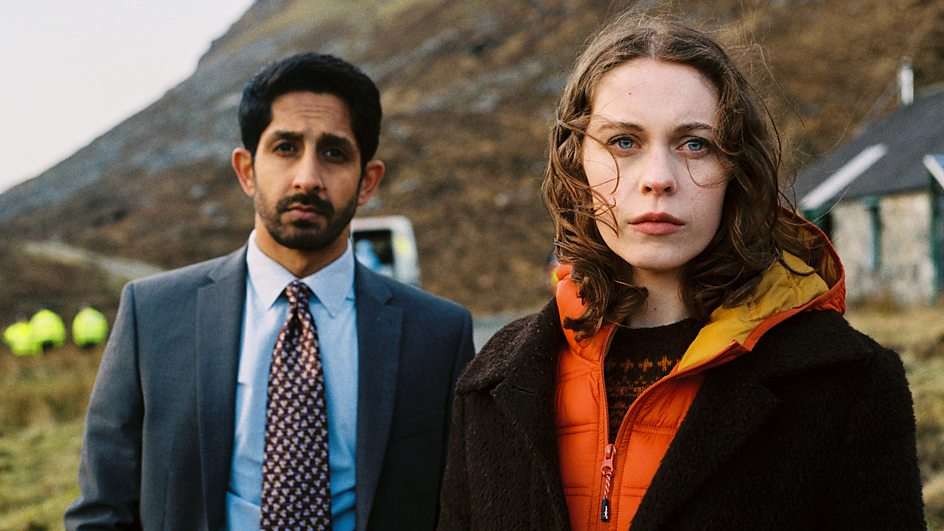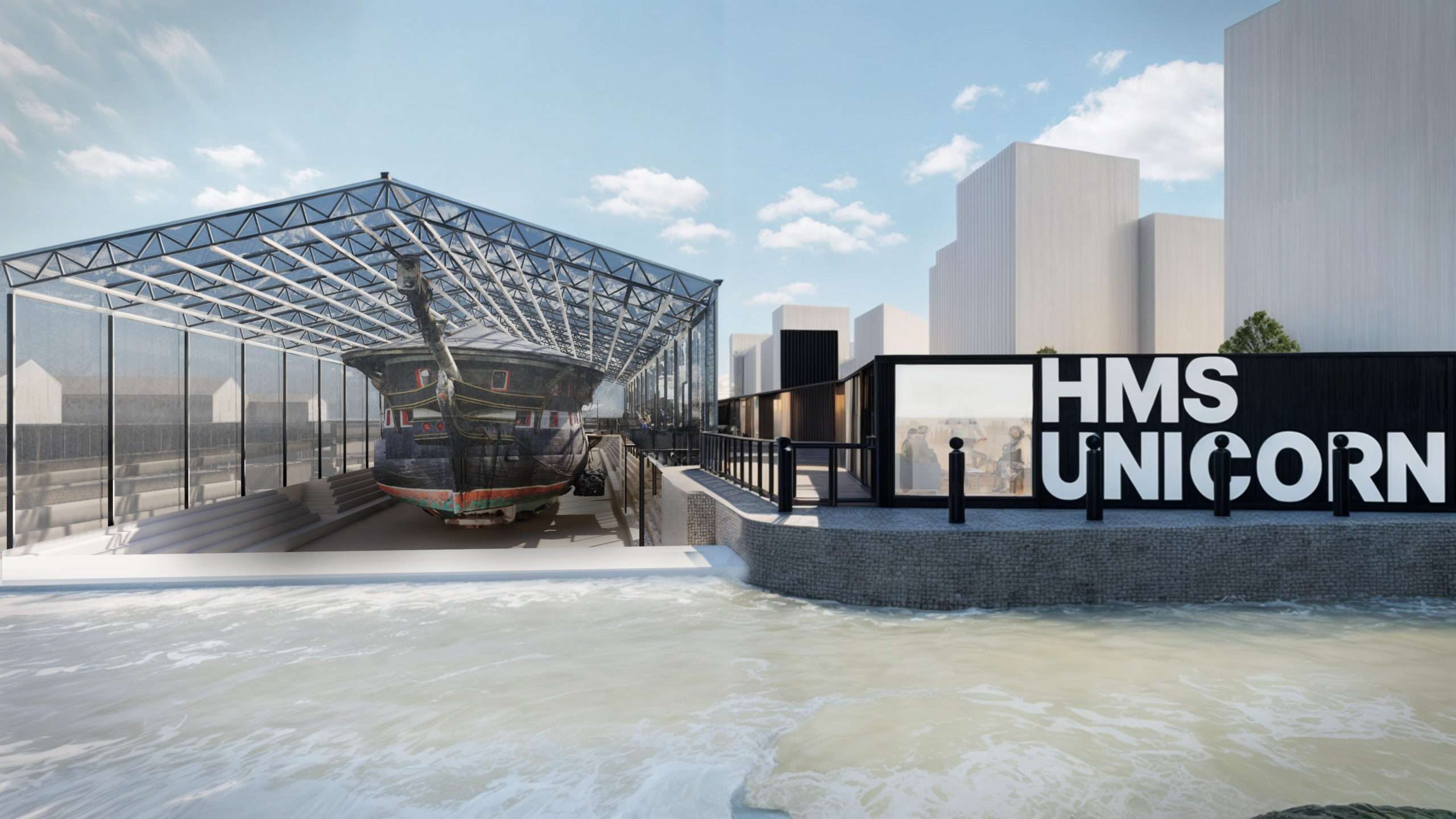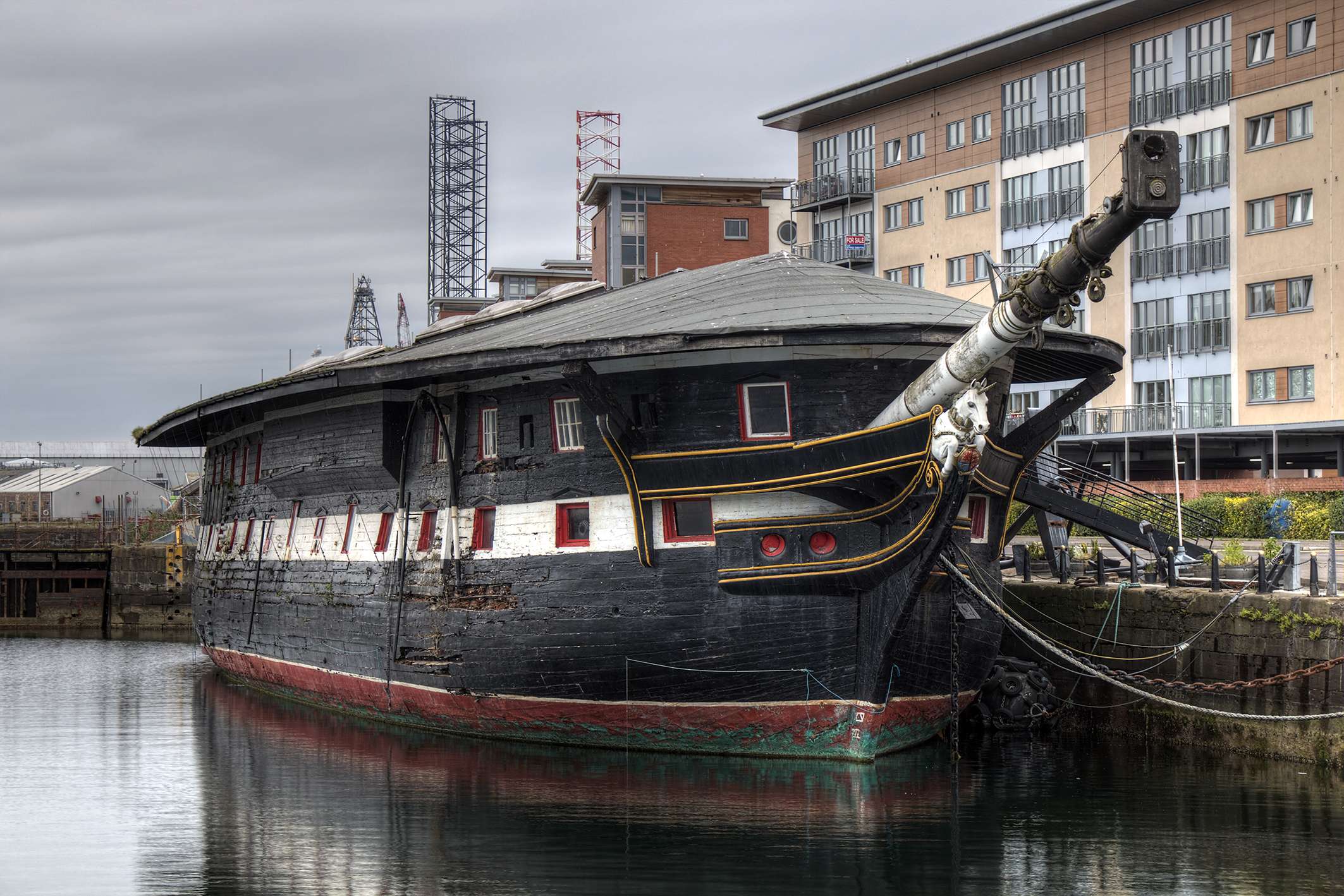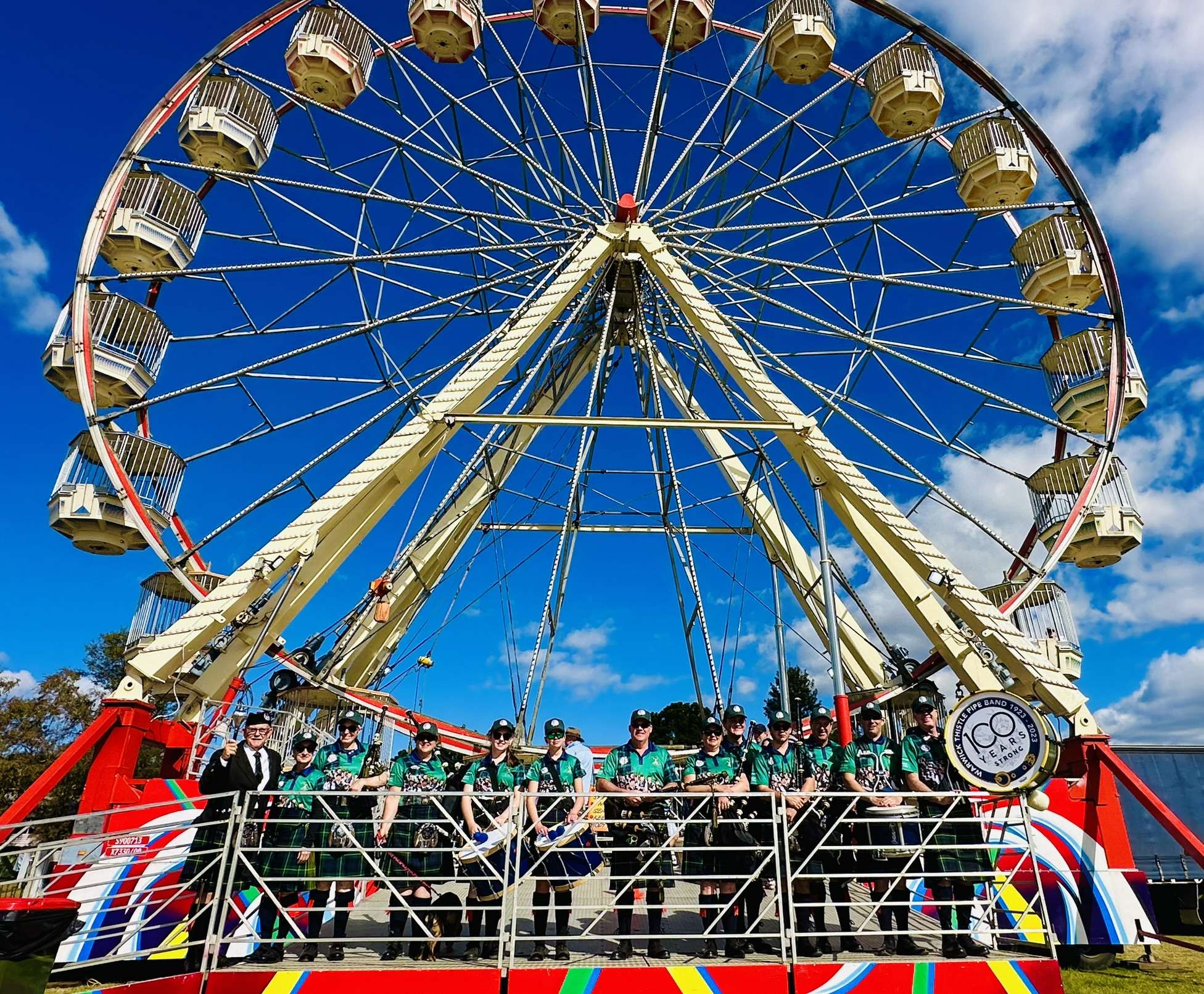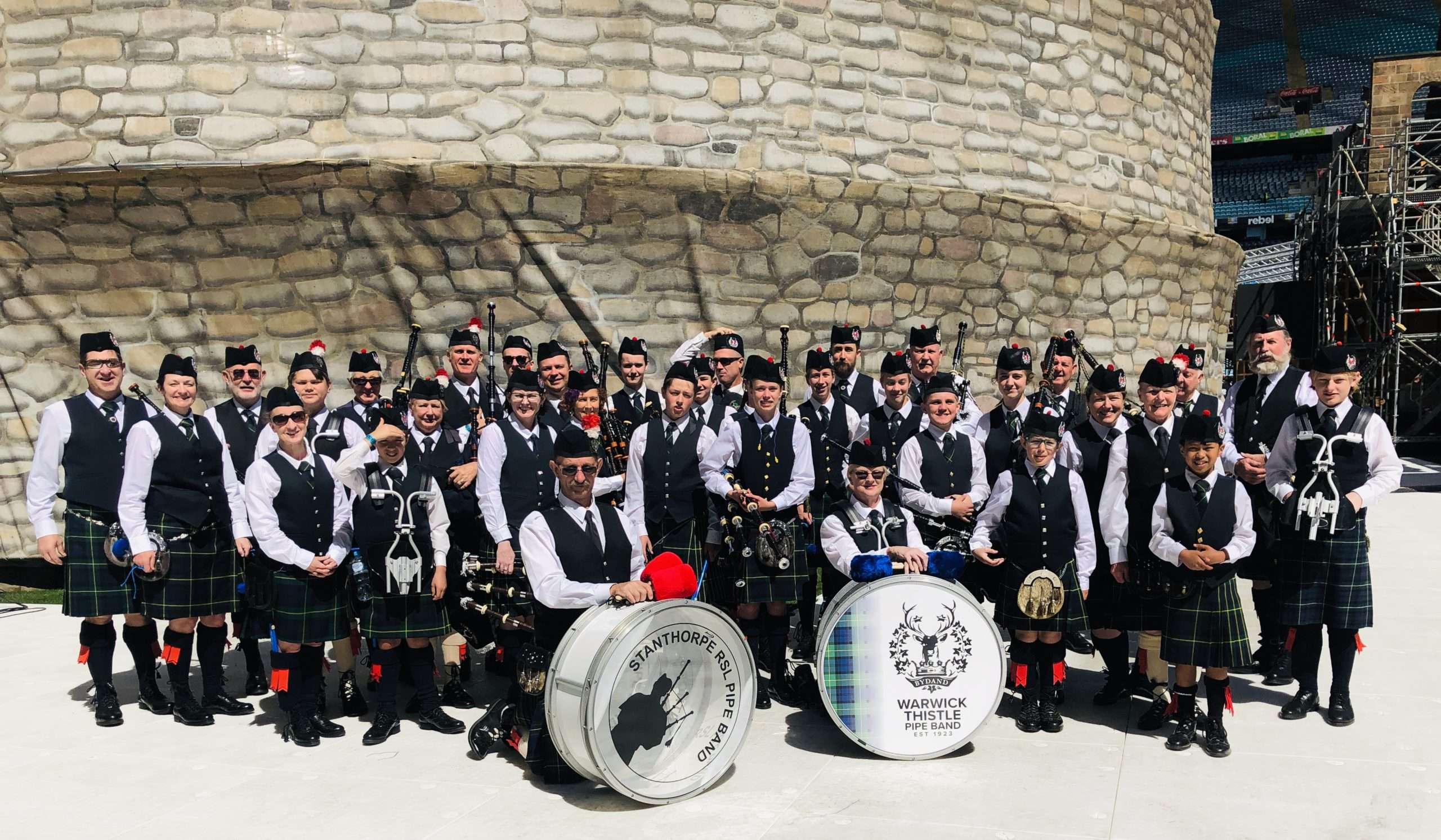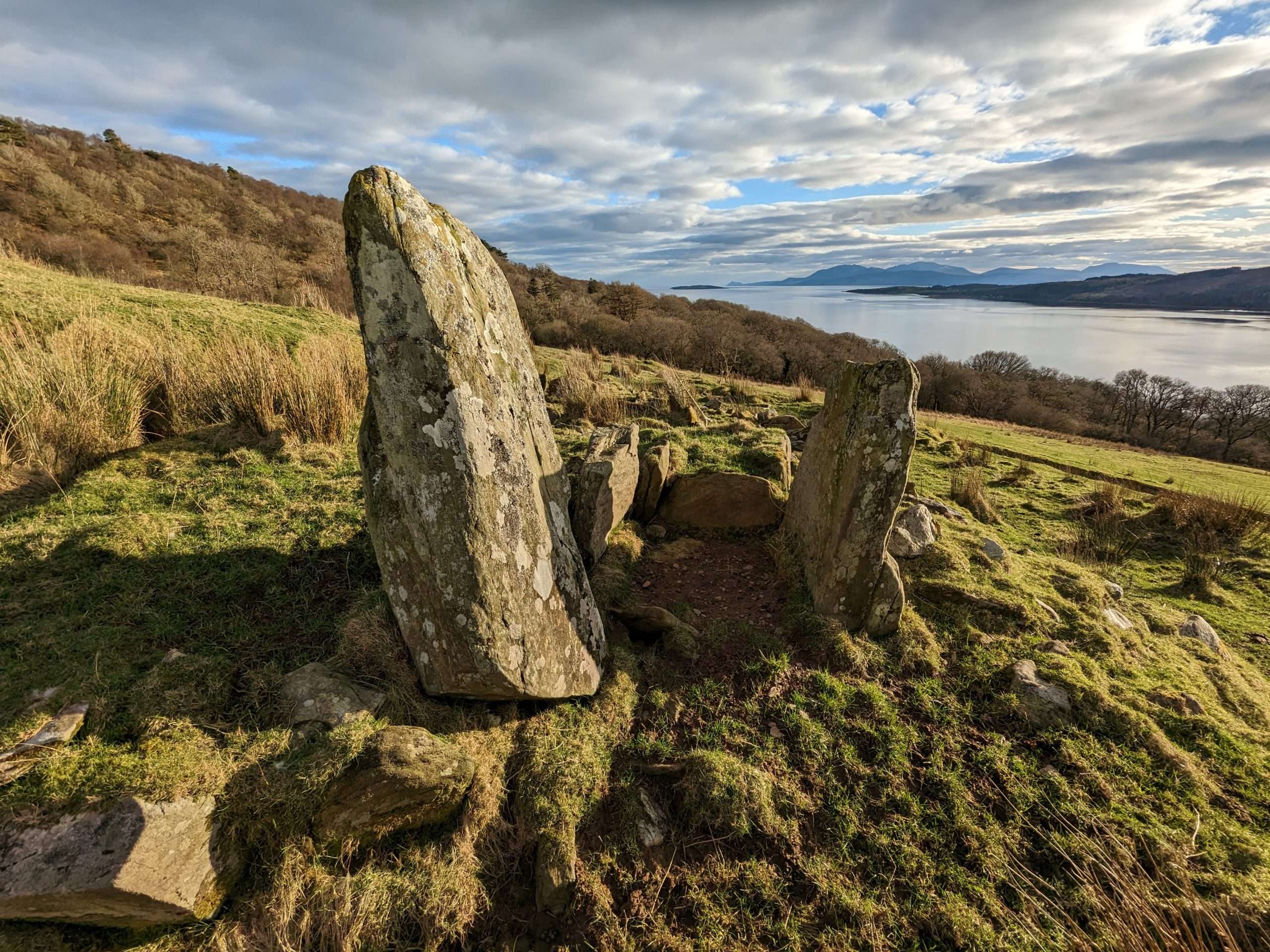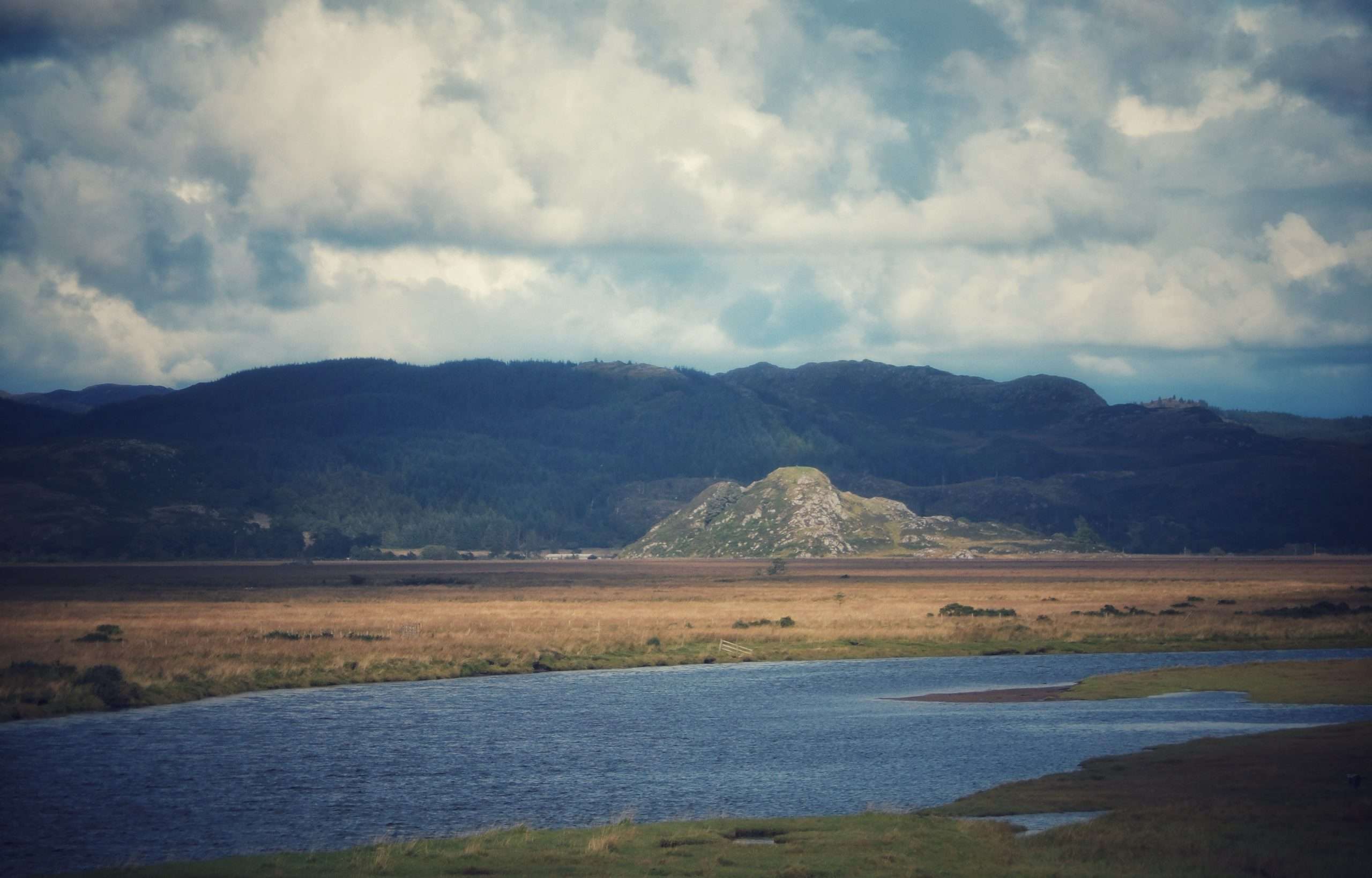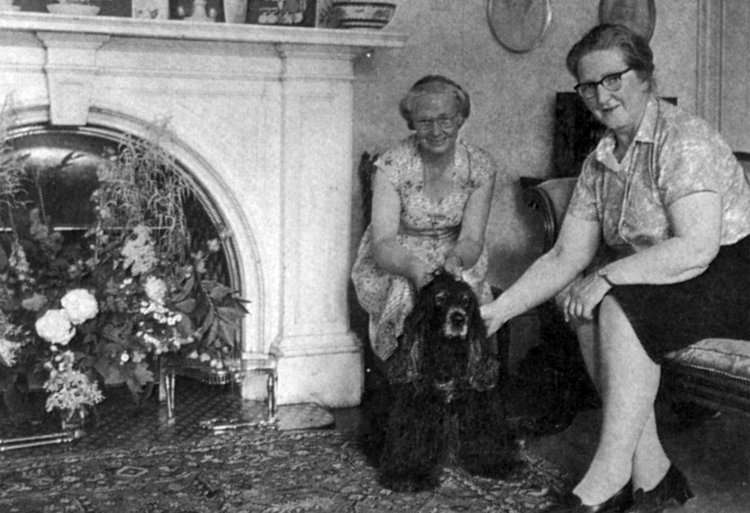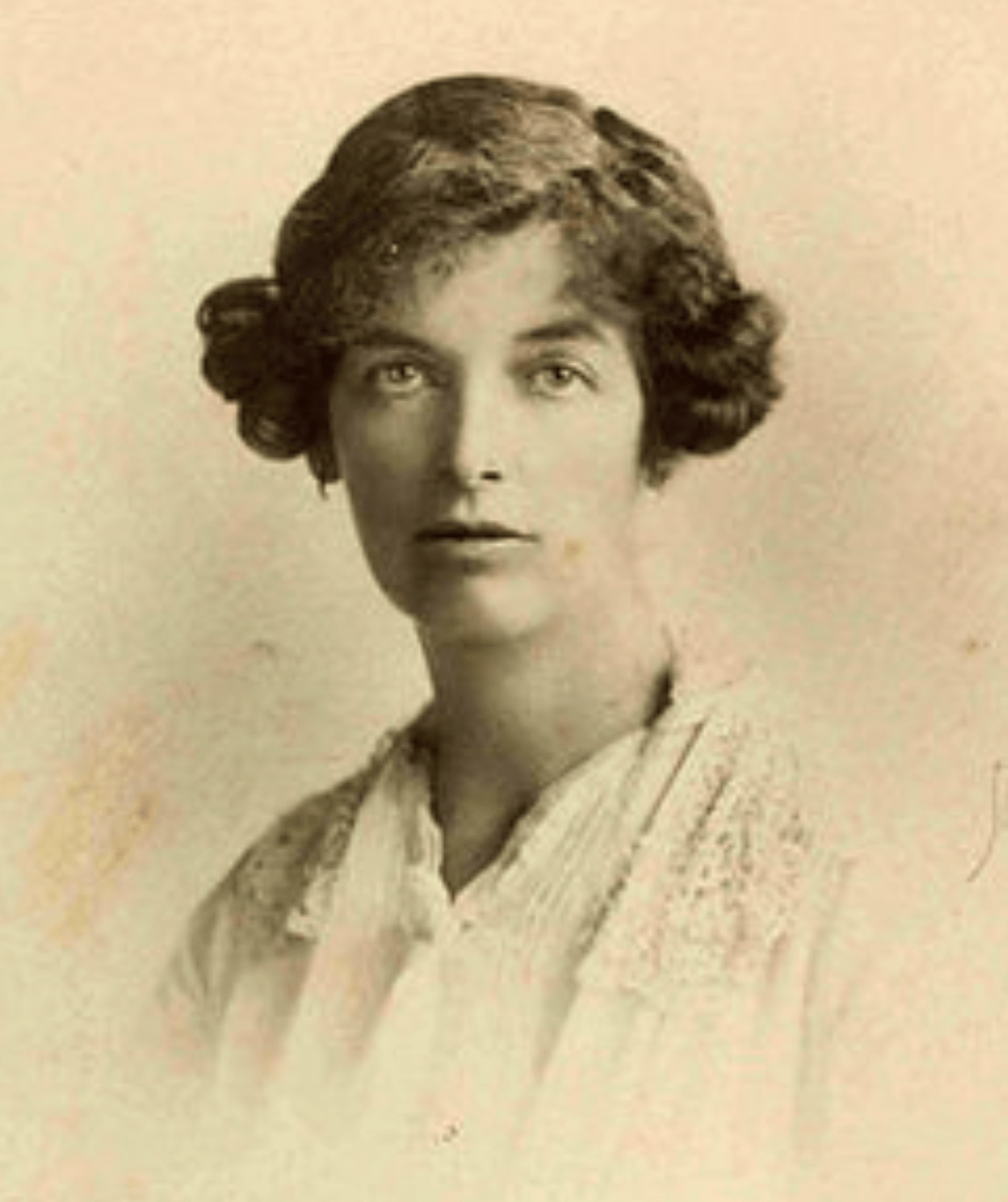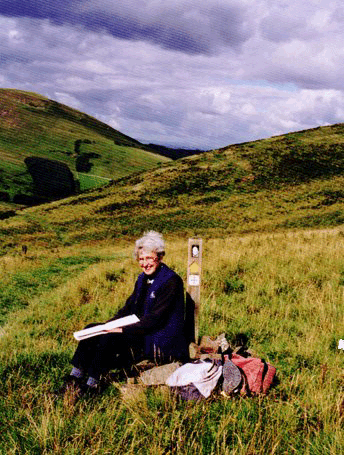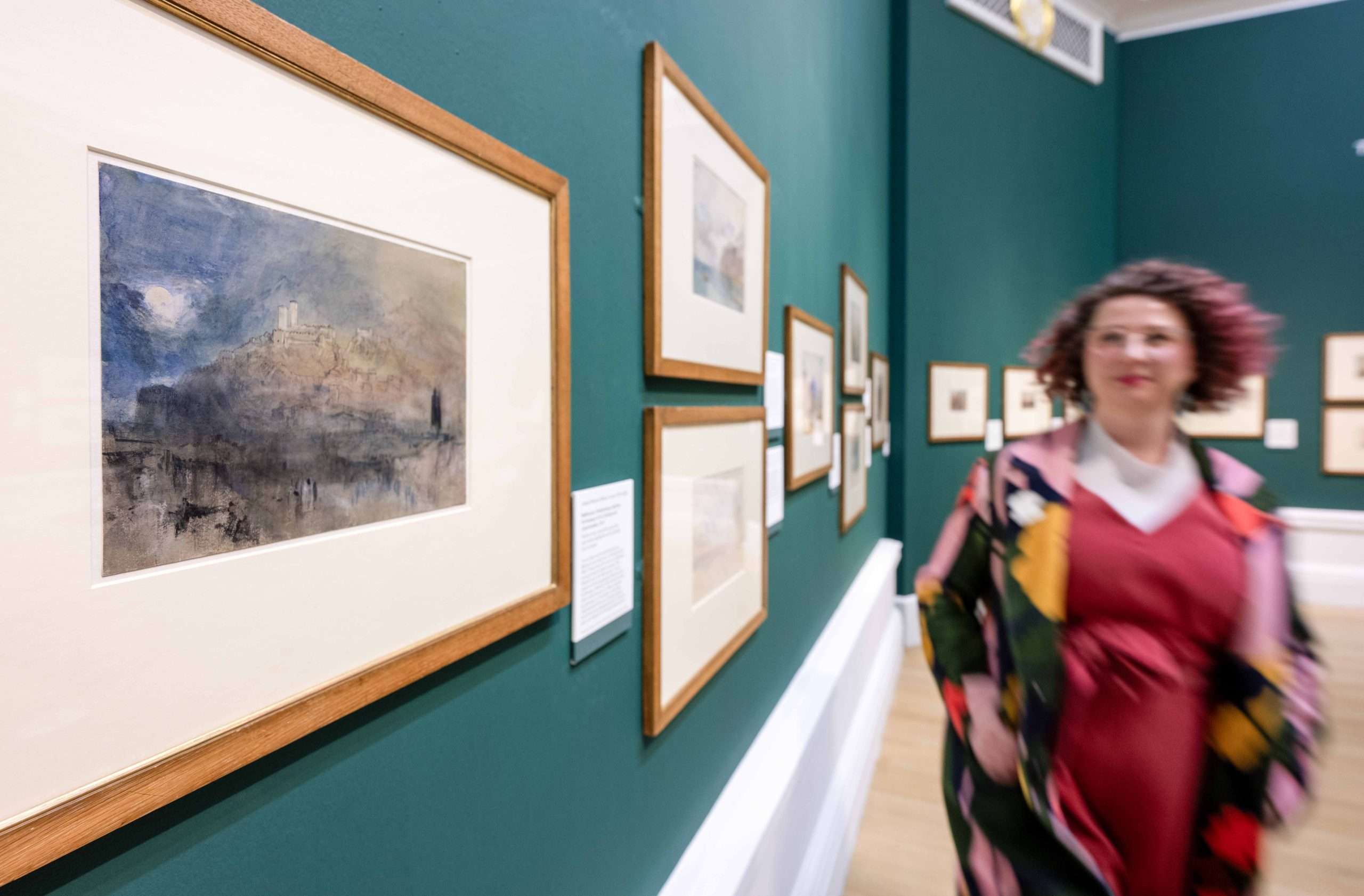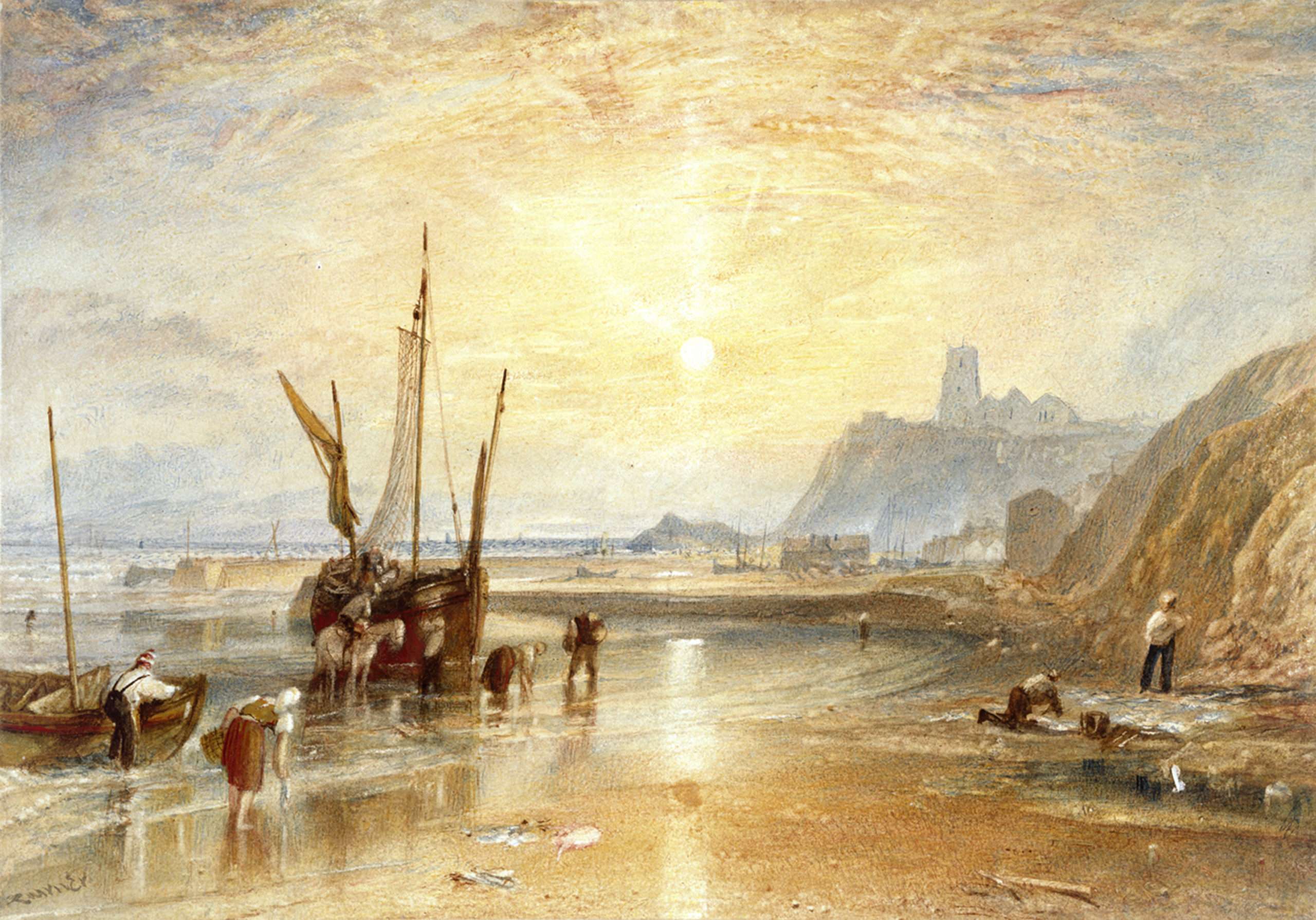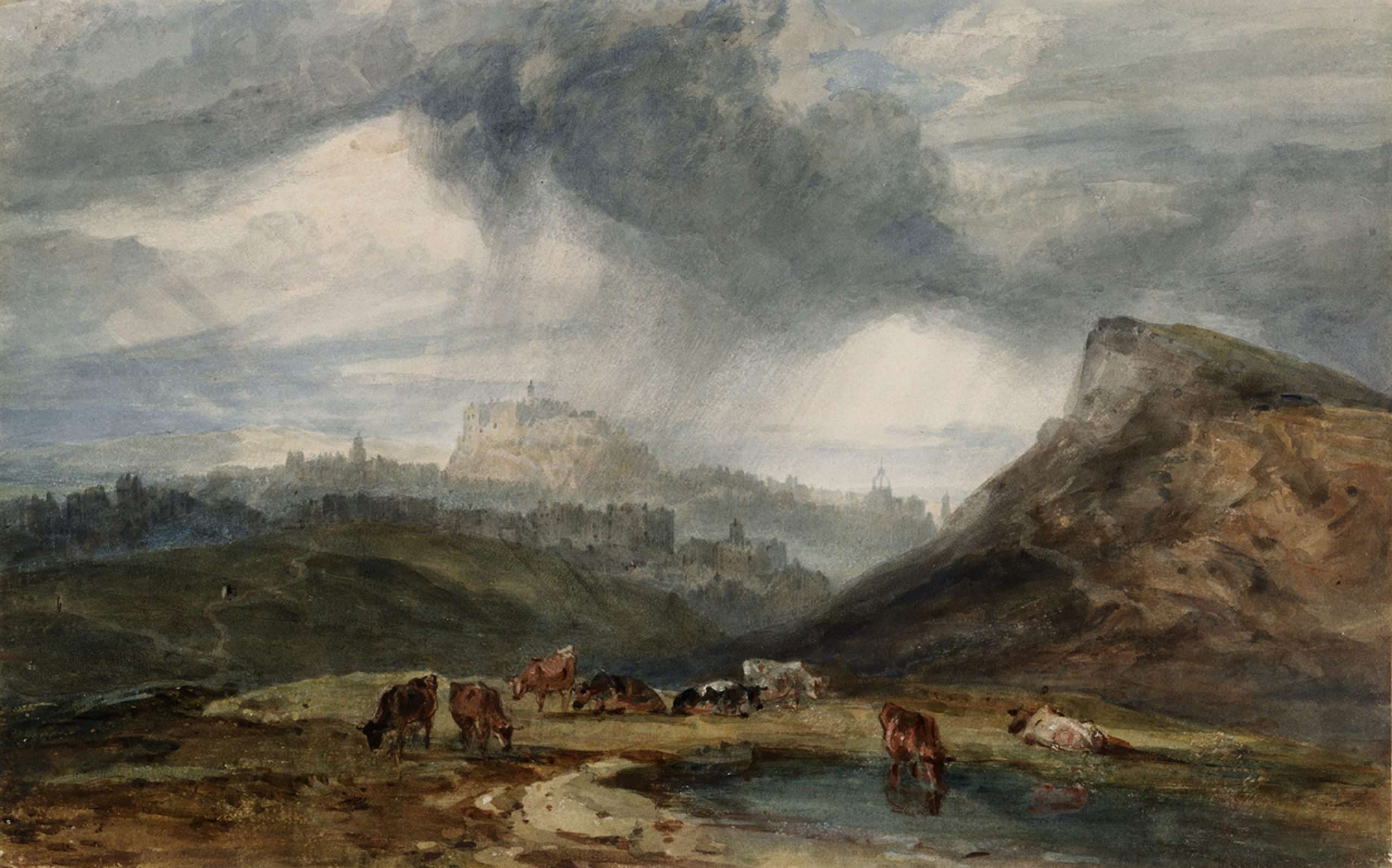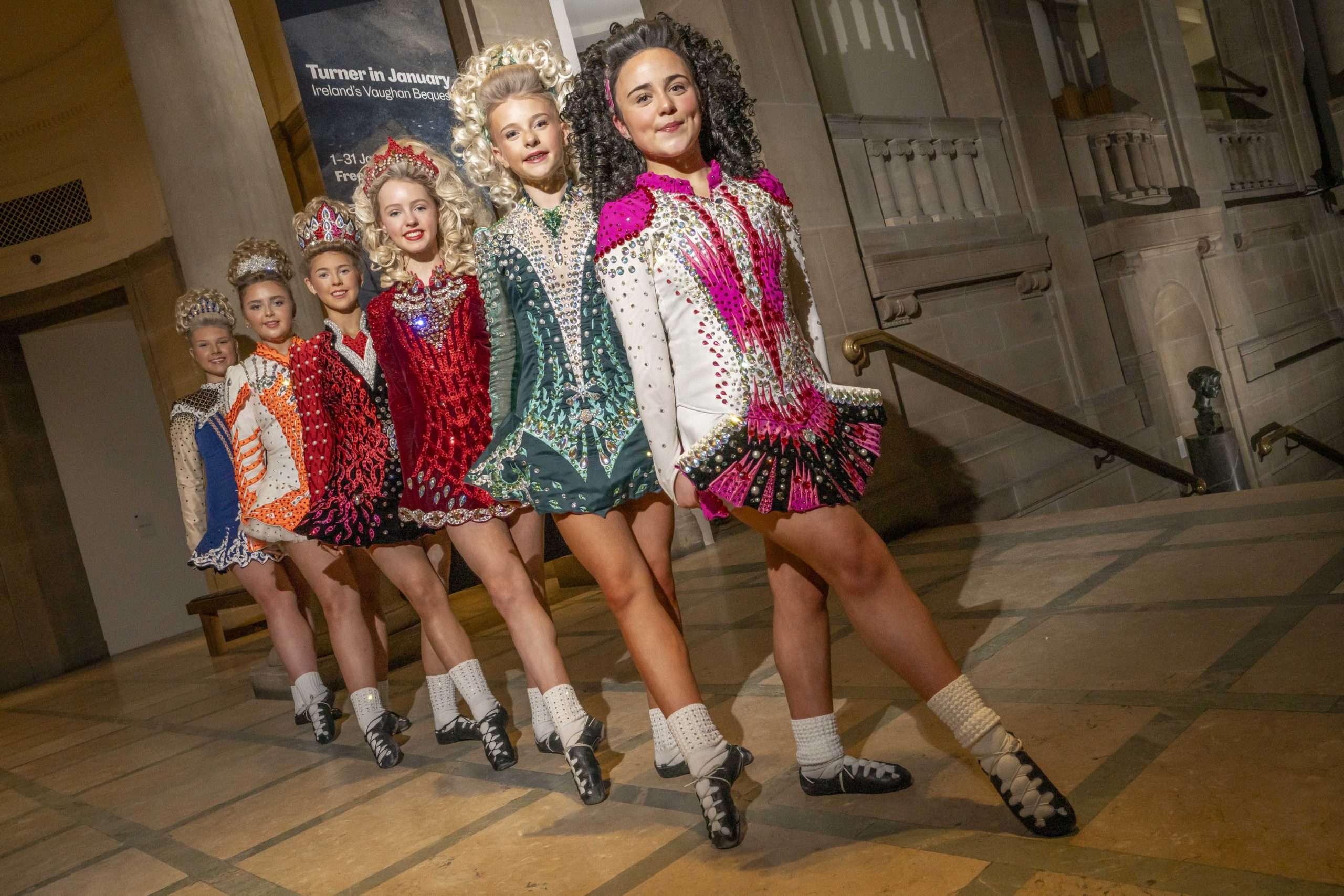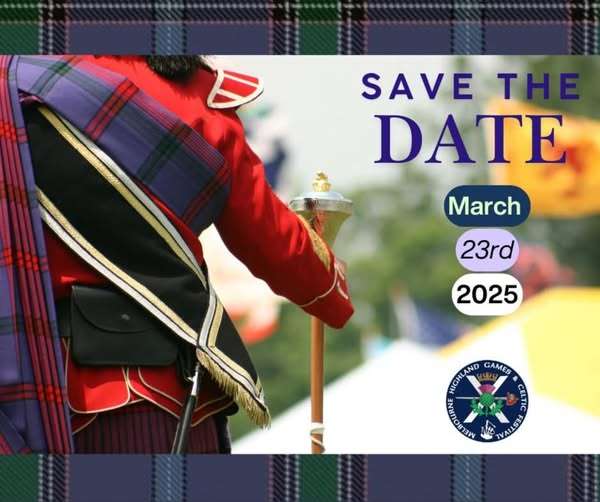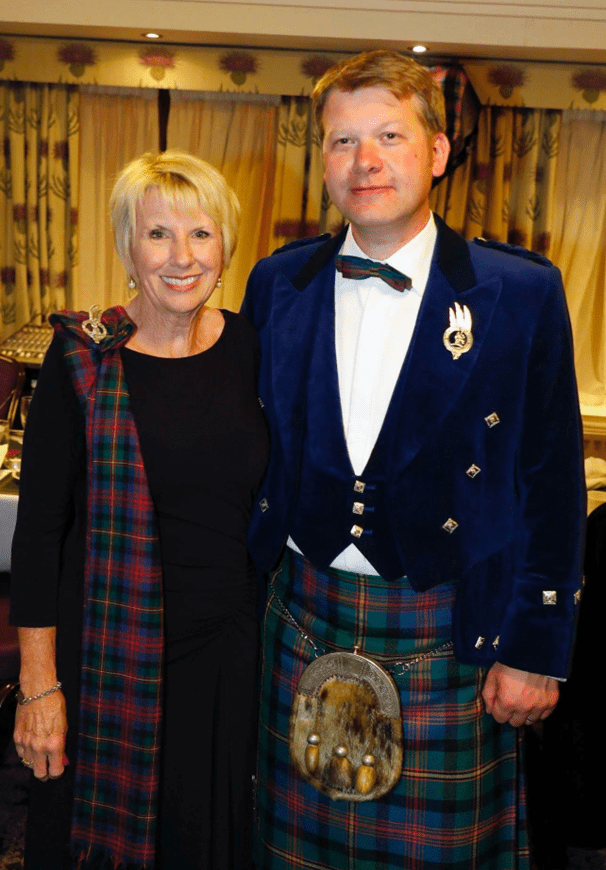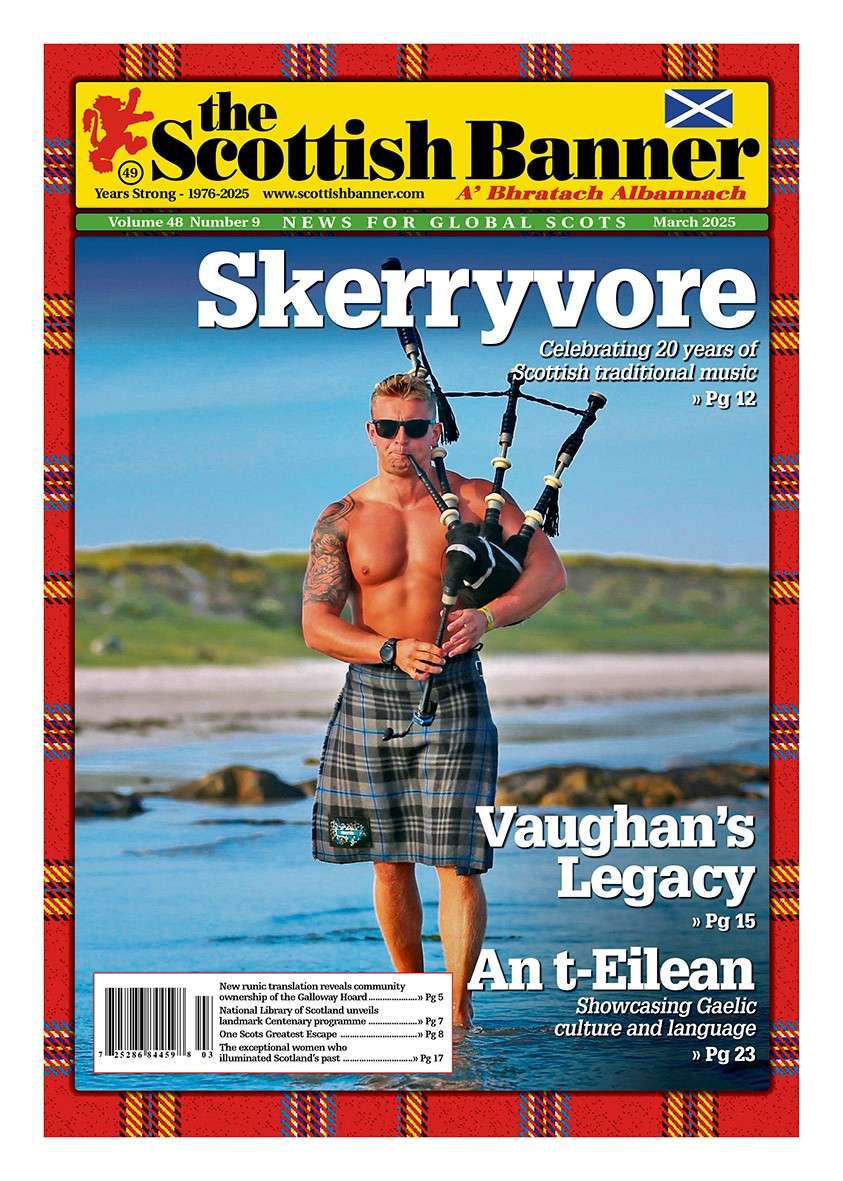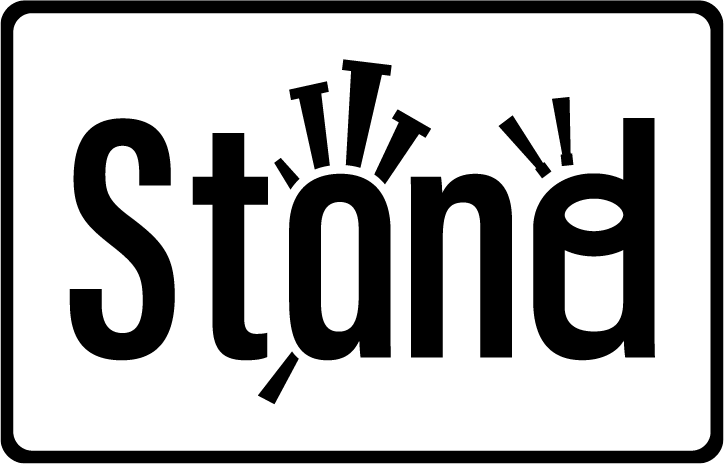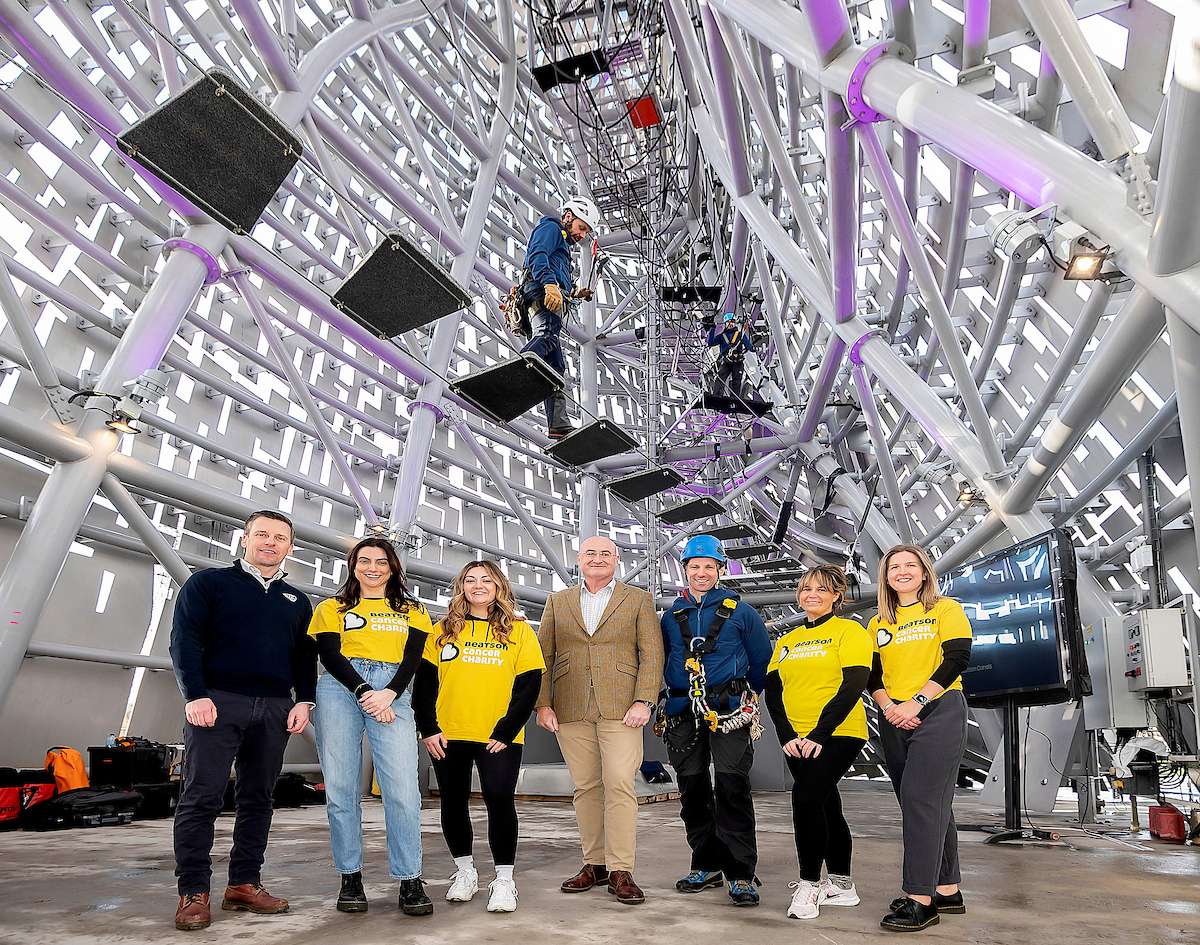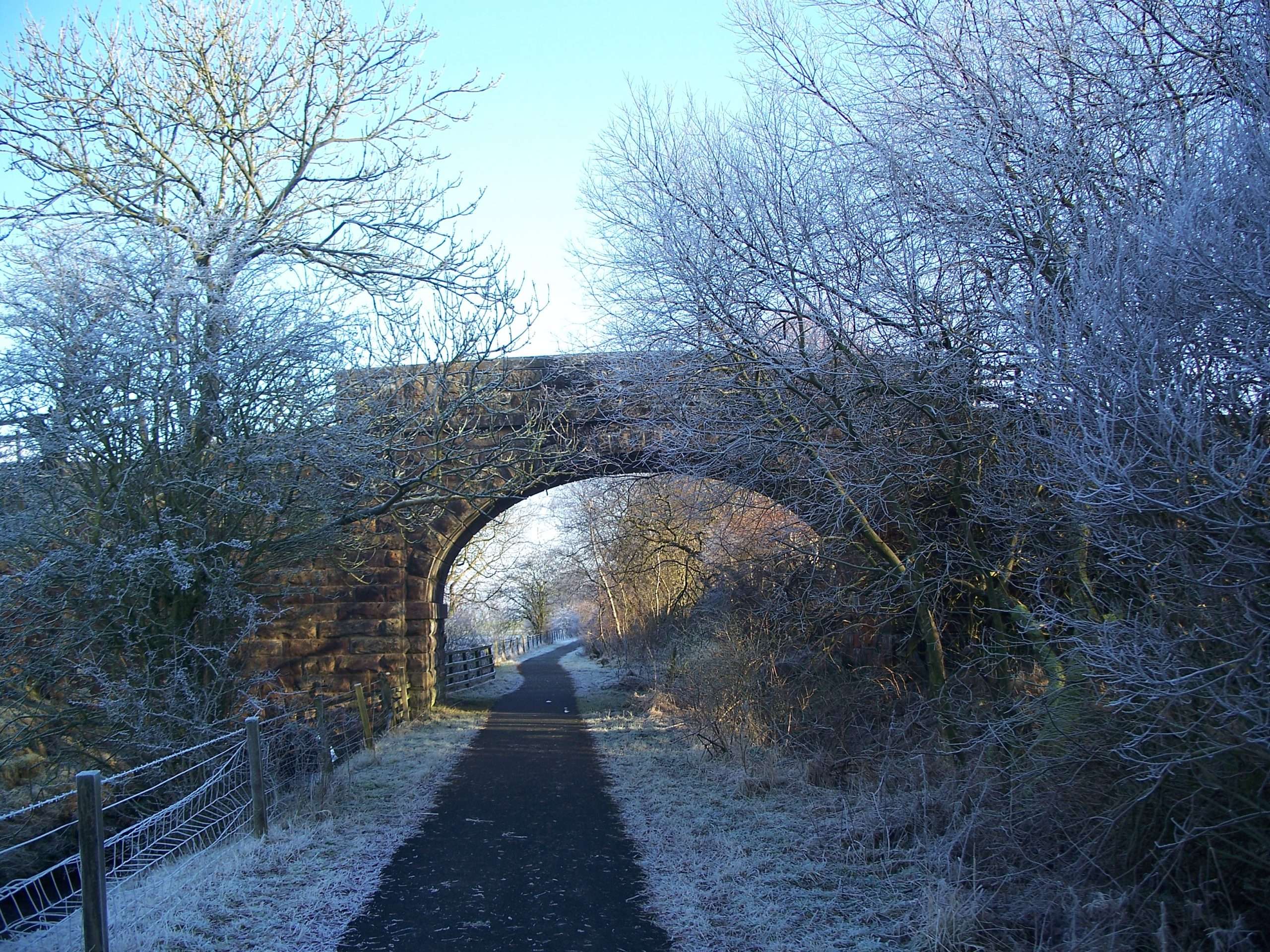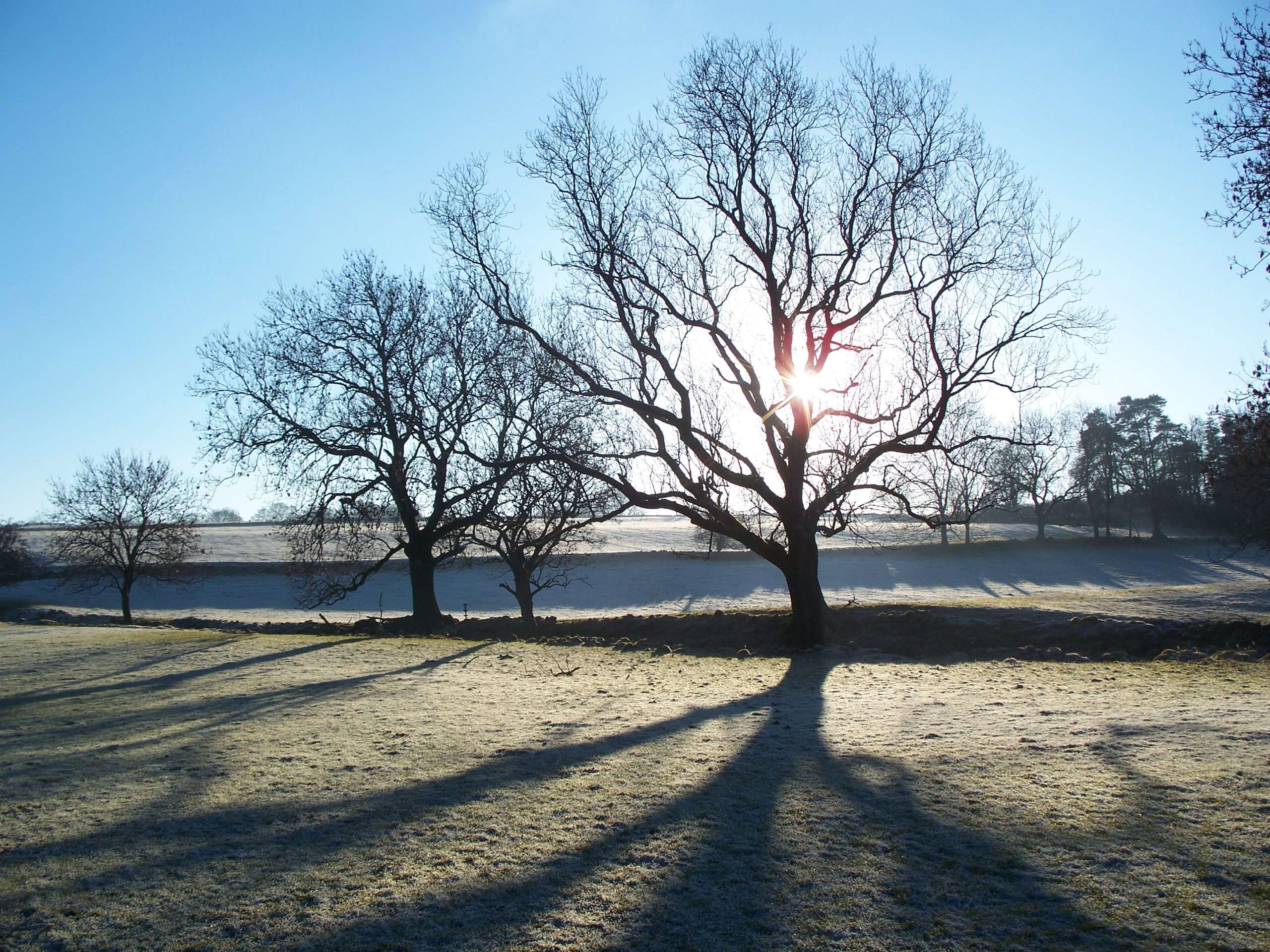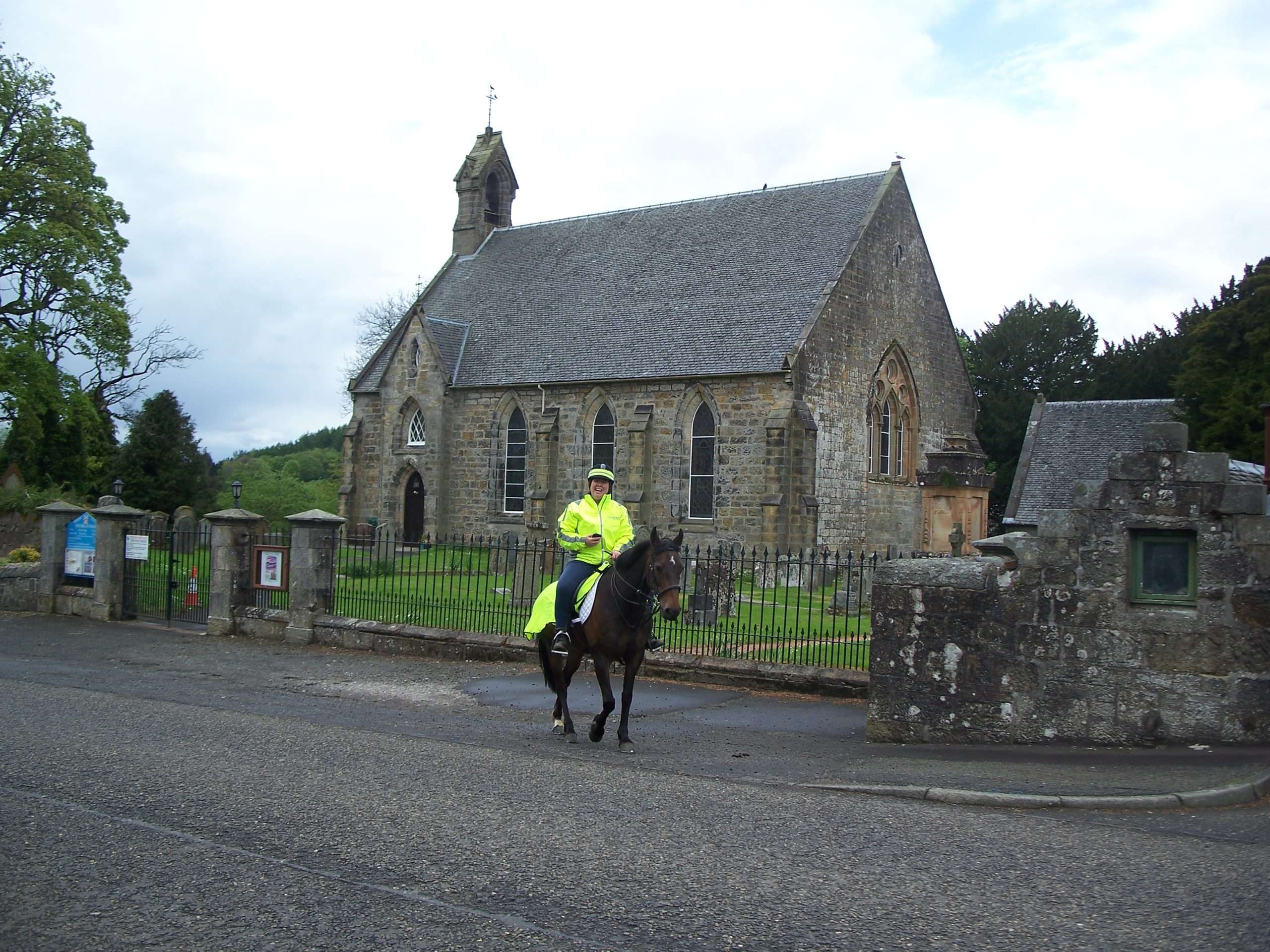A trio of Scottish brothers have departed Lima, Peru, on a 14,000km, non-stop and unsupported row across the Pacific Ocean — cheered on by hundreds of supporters, a flotilla of boats, the Peruvian Navy brass band and the wail of bagpipes. The Maclean brothers — Ewan, Jamie and Lachlan — launched their custom-built carbon fibre vessel Rose Emily from Yacht Club Peruano on Saturday 12 April at 16:30 local time (22:30 UK), beginning their bid to become the fastest recorded human-powered team to row the full Pacific Ocean, from Peru to Sydney, Australia.
The brothers will likely spend more than 120 days at sea, rowing in two-hour shifts around the clock with no resupplies or safety boat — just three brothers, one 280kg boat, and an estimated four million oar strokes through extreme weather, sleep deprivation and isolation, all to raise £1m for clean water projects in Madagascar.
The Maclean Foundation

The brothers, who broke three world records rowing across the Atlantic in 2020, departed after being delayed more than a month by customs issues holding their boat and 500kg of food in port. Lachlan Maclean, who will turn 27 at sea, said: “I’m still shaking. I can’t believe the buzz of leaving that atmosphere. I’ve never heard bagpipes alongside a brass band before, but I think it could catch on. We’ve been like coiled springs this past month. Being stuck with our boat and food held in customs could have been incredibly stressful — but the team at Yacht Club Peruano gave us a place to sleep, store our gear and stay sane. Now we’re just excited to be on the water. It’s definitely daunting, but we’ve prepared so long that we’re desperate to get going. In many ways we’re a bit weird – I’m probably happier on the water. I’ve never been good at replying to emails, and now I have the best excuse in the world.”
The Rare Whisky 101 Pacific Row aims to raise over £1 million (approx. $1.25m USD) for The Maclean Foundation — the clean water charity the brothers founded with their father, whisky writer Charles Maclean MBE. The Foundation has already helped fund boreholes for more than 5,000 people in Madagascar. They pulled an all-nighter the evening before departure: eldest brother Ewan was fixing a broken watermaker, while Lachlan was vacuum-packing loo roll to save valuable cabin space.
Ewan Maclean, 33, a former Dyson engineer, said: “When the watermaker broke I thought the game was up – we couldn’t find another part, but thankfully I managed to fix it. All those years working as an engineer have come in handy. We usually forget things when we’re going away for the weekend, so preparing for 120+ days at sea has not been without its challenges. But here we are, and we’re so happy to be on the water. During our last row, we started thinking about how we could spend more time at sea and help more people, and this daft challenge was born. The more we looked into rowing the Pacific, the more we realised why so few attempt it – you have to bring an awful lot of food to sustain yourselves for that period of time, which gets pretty heavy. And it’s an awful long time. But if we want to raise a million pounds for a cause that means so much to us, we had to go for something big. During our visits to Madagascar, we’ve seen what access to clean water can do — it helps kids get an education, helps entire communities thrive. That’s what drives us.”
Rose Emily

Their record attempt is dedicated to the sister they never knew, Rose Emily, who was lost during pregnancy. The boat is named in her honour, with the name hand-painted by their mother, Sheila, a watercolour artist.
Jamie Maclean, 31, added: “We never got to meet our sister, but she’s always been part of our family. We wanted to honour that. Our mum hand-painted her name, Rose Emily, on the back of the boat — so she’s with us every mile. In the quiet moments — and there will be plenty, assuming Ewan and I can find somewhere to hide Lachlan’s accordion — we’ll know she’s right there. We know this will be hard for Mum and Dad, having all three of us isolated at sea. But they’ve been incredibly supportive. They’ve worked just as hard as we have to prepare — and we can’t wait to see them when we row into Sydney Harbour.”

Their 280kg boat — believed to be the lightest and strongest ocean rowing boat ever made — was designed and built with support from official boat partner M Yachts. On board are over 500kg of freeze-dried food, including 75kg of oats and a menu of high-calorie comfort meals prepared by Jamie in his old school kitchen and preserved with the help of Dundee farm Arbuckles. Meals include Scotch beef chilli, Thai red curry, and haggis, neeps & tatties for Lachlan’s birthday in June — with the hope of adding fresh fish caught en route.
The brothers also trained for the voyage with elite sport performance consultant Chloe Lanthier, a performance physiologist for NASA and professional athletes including Rafael Nadal and Paris Saint-Germain. Her capsize drill video — preparing the team for 30ft waves and potential flips — has received more than 11m views on instagram. The Macleans first made headlines in 2020 when they became the fastest and youngest trio to row the Atlantic Ocean, raising more than £200,000 for charity. This expedition is considered one of the most remote and physically demanding open-water rows ever attempted.
Their route from Lima to Sydney spans roughly 14,000km (9,000 miles), depending on conditions. The rugby fans aim to arrive before the British & Irish Lions’ third test in Sydney on 2 August.
Follow their journey and support the campaign at www.themacleanbrothers.com or on Instagram and TikTok at @themacleanbrothers.



